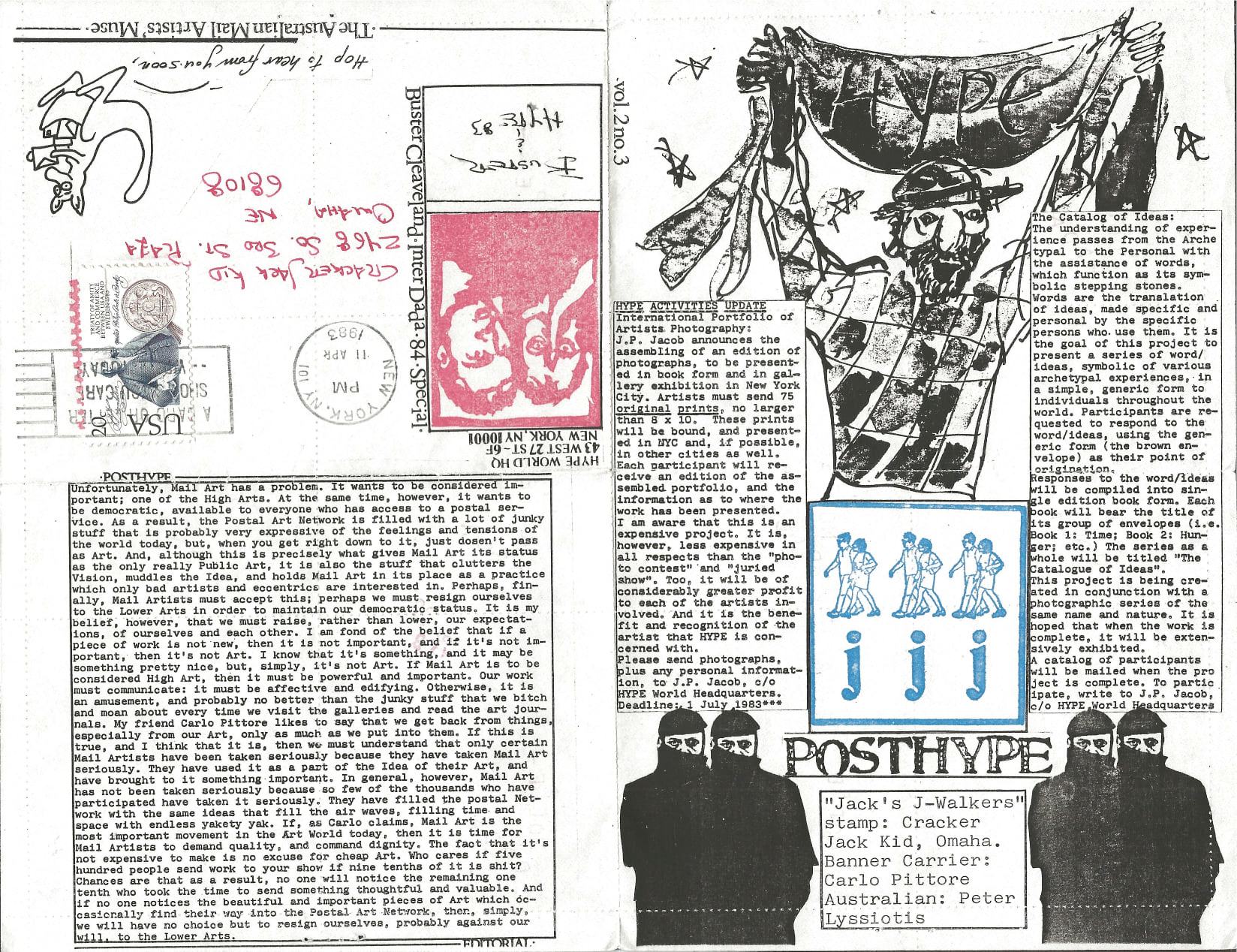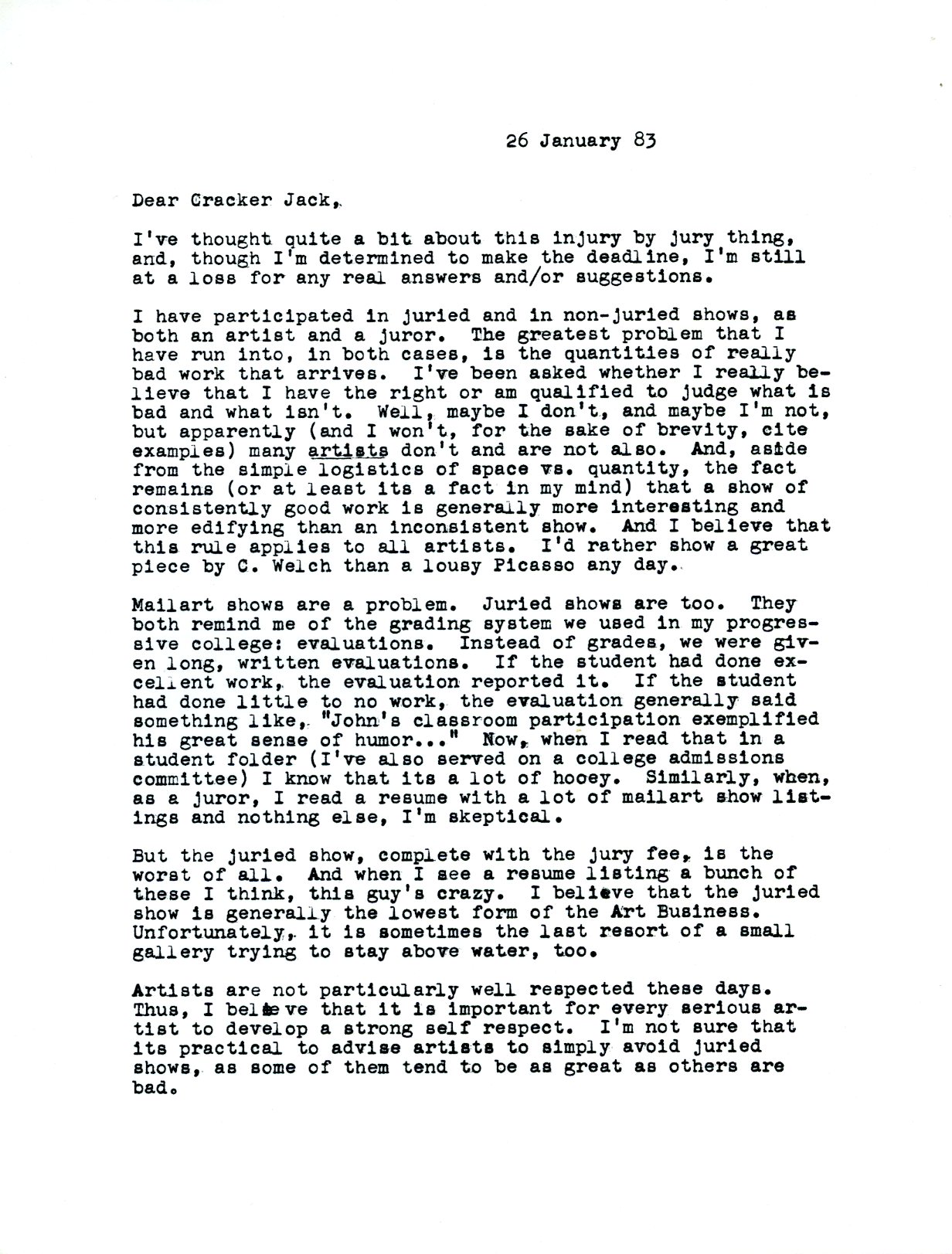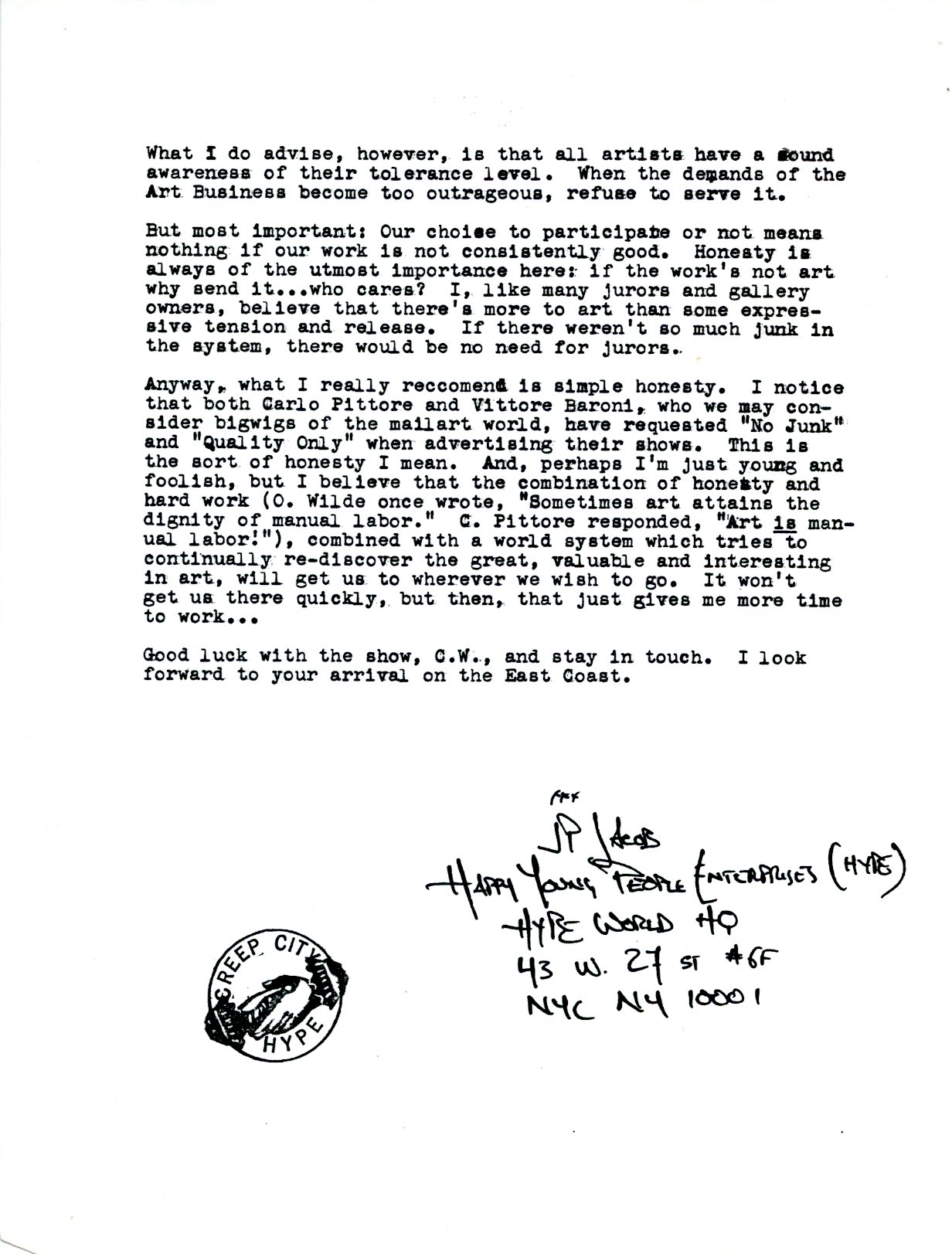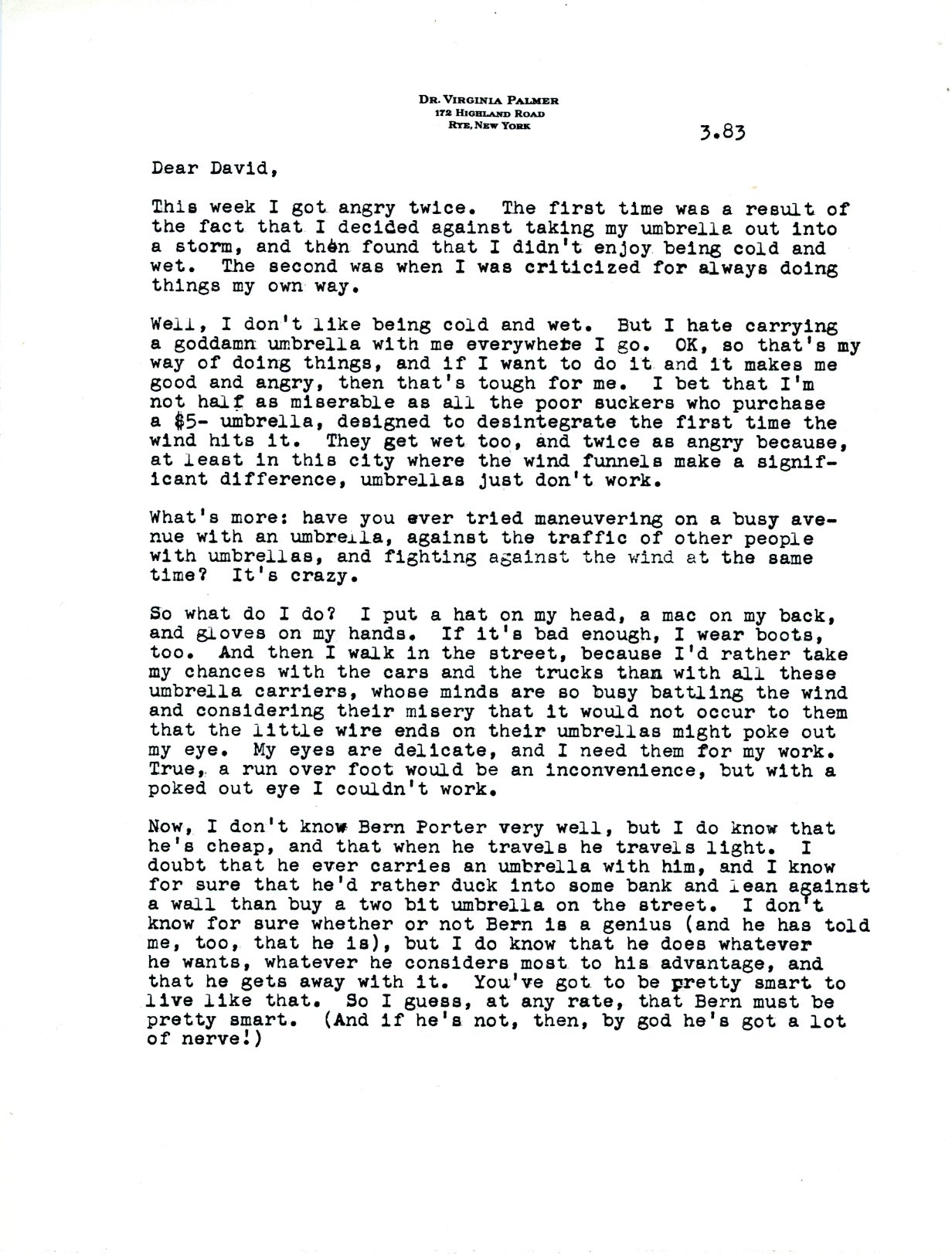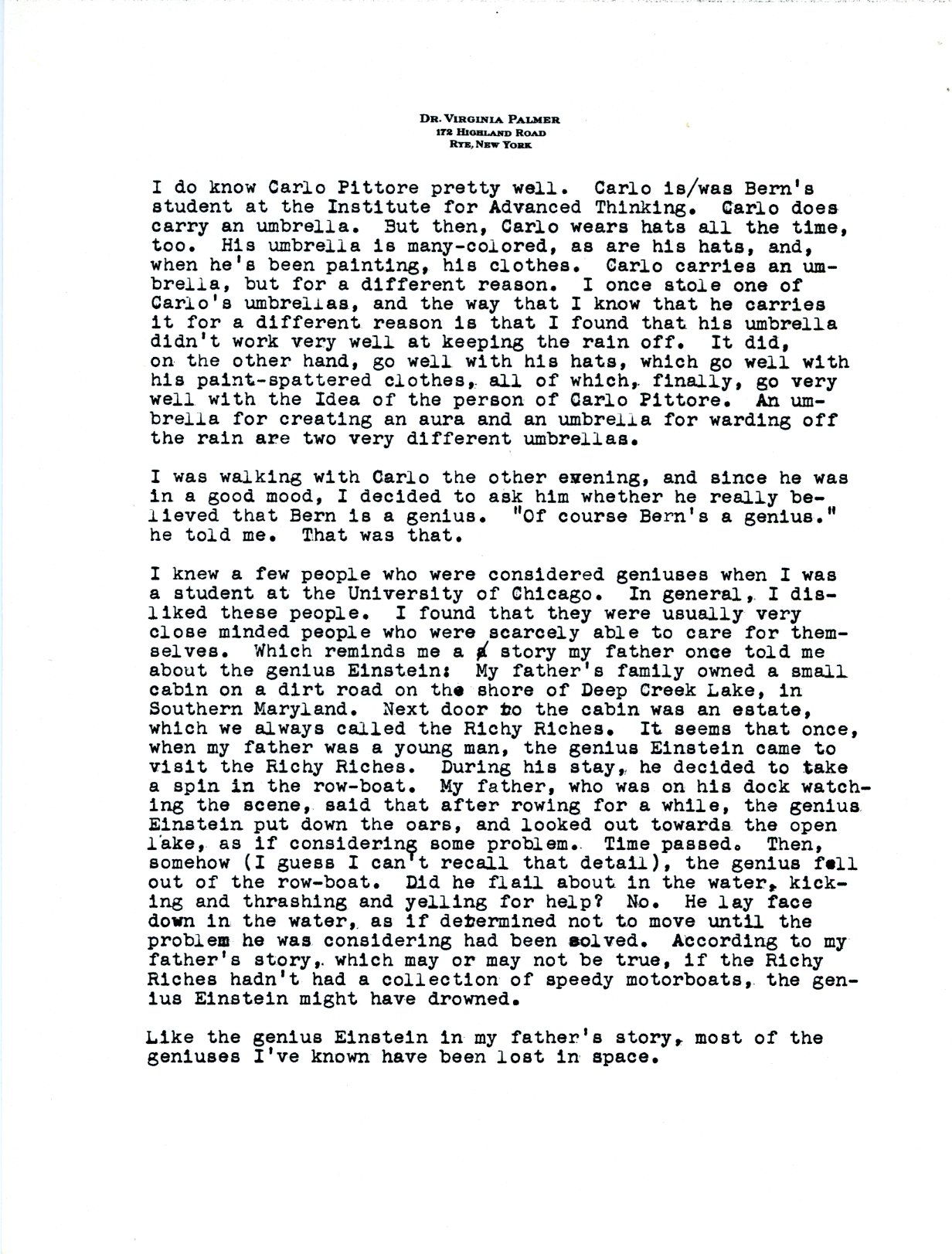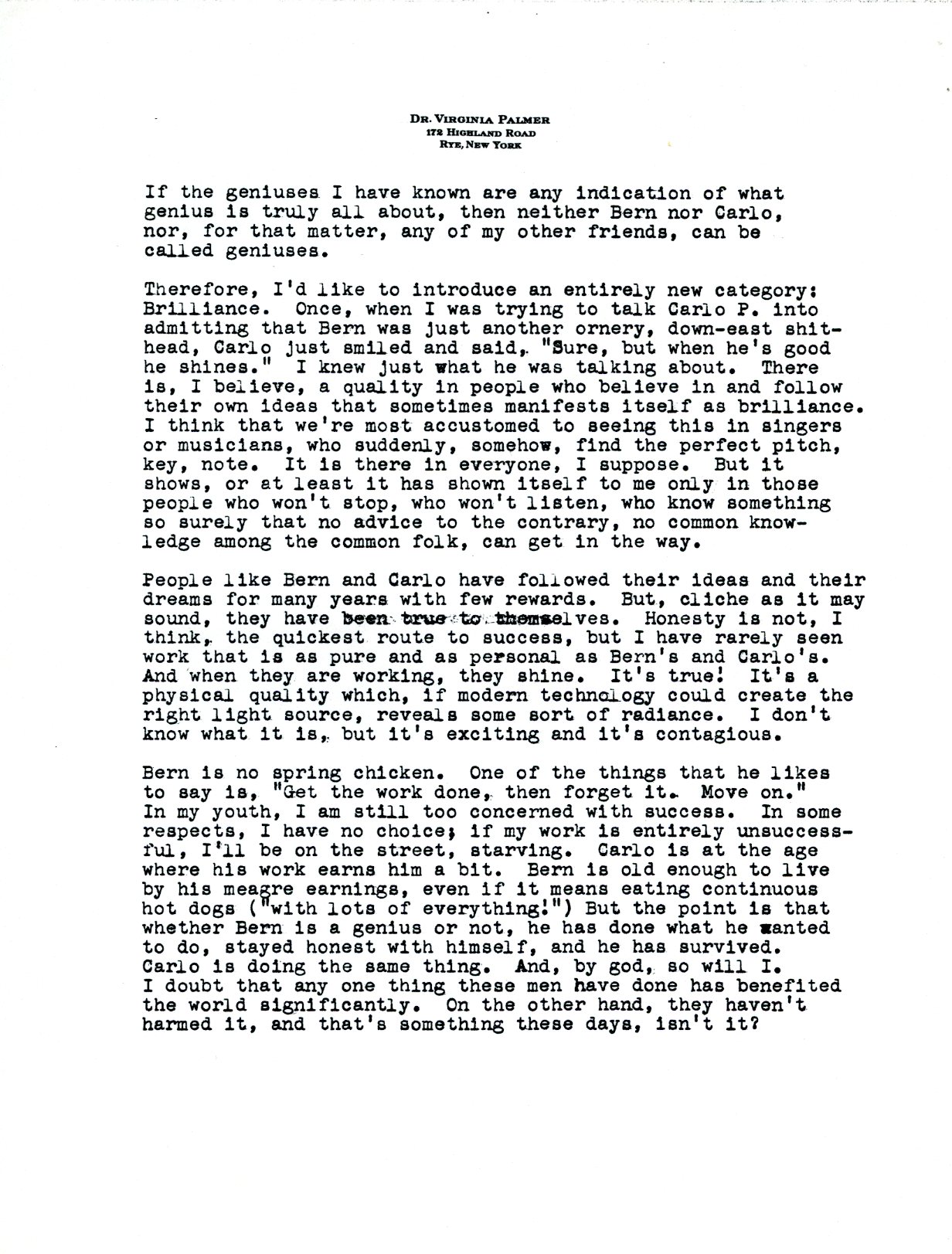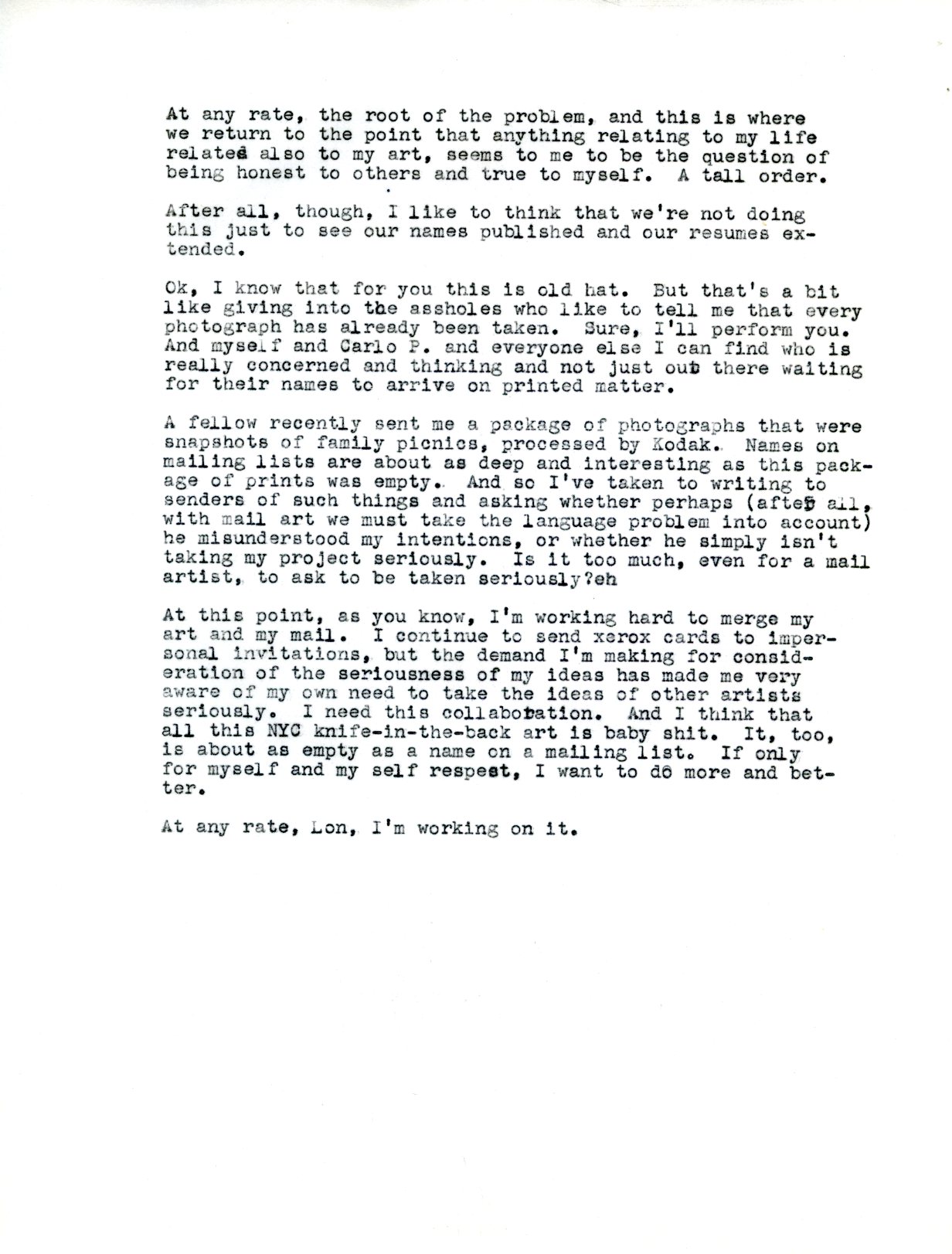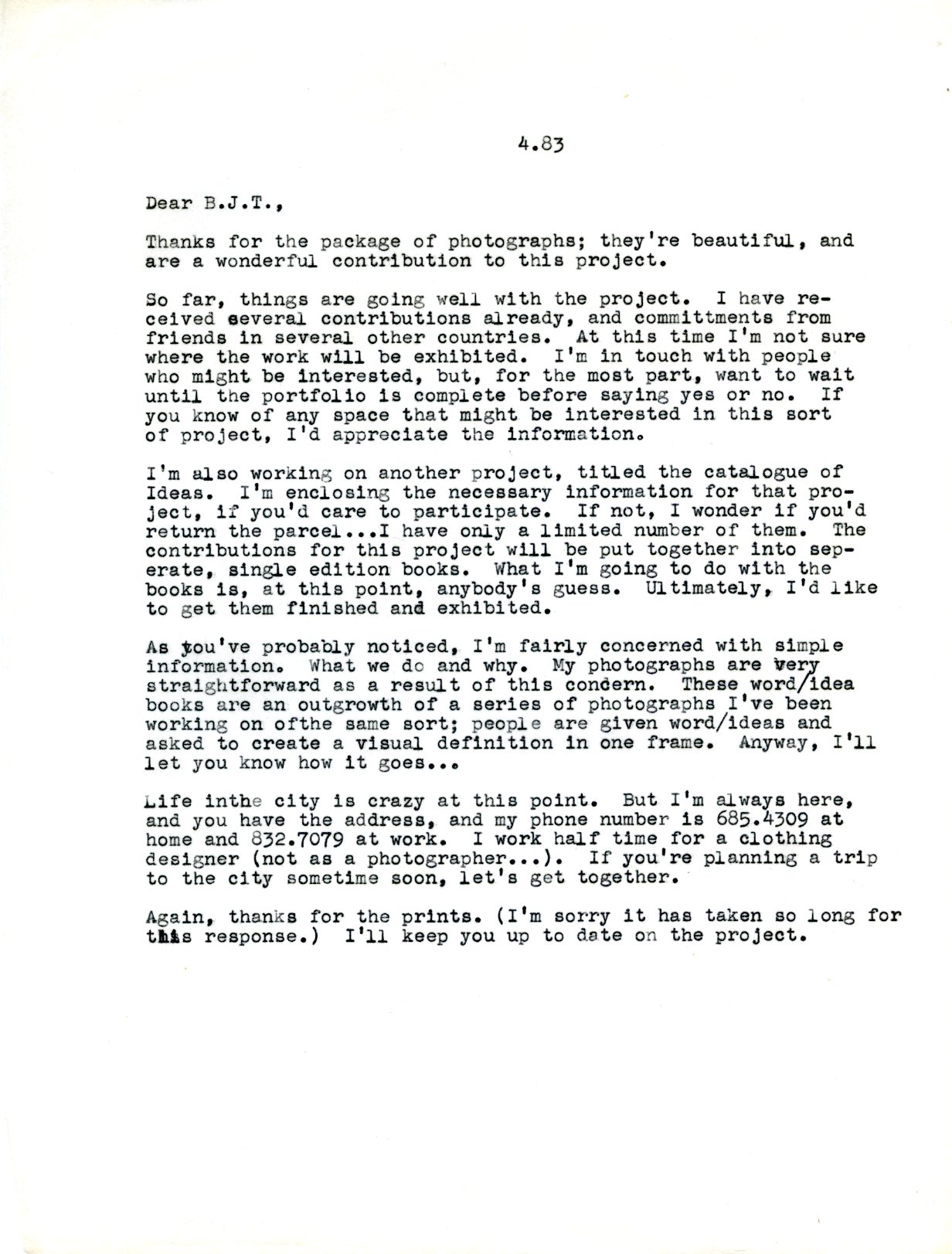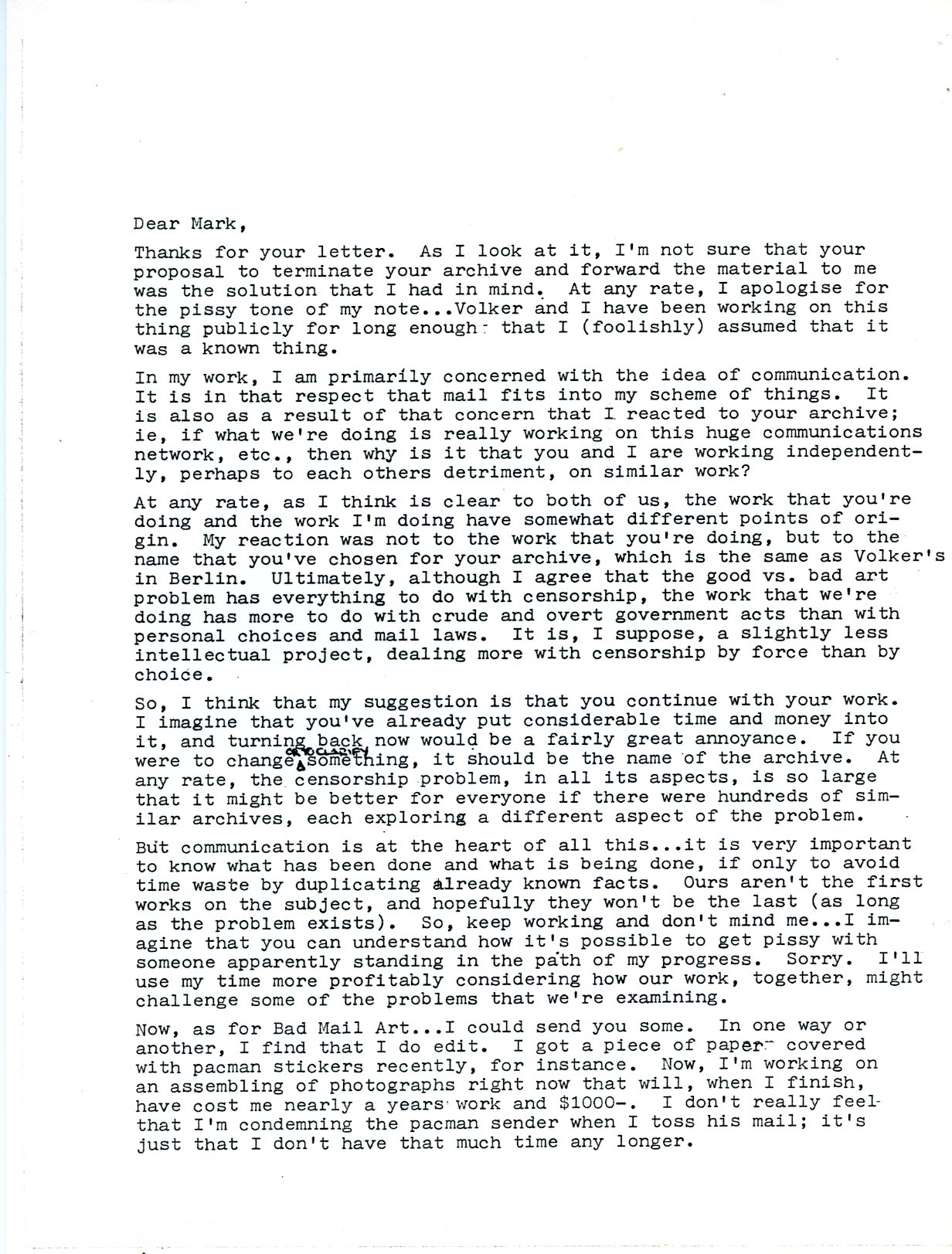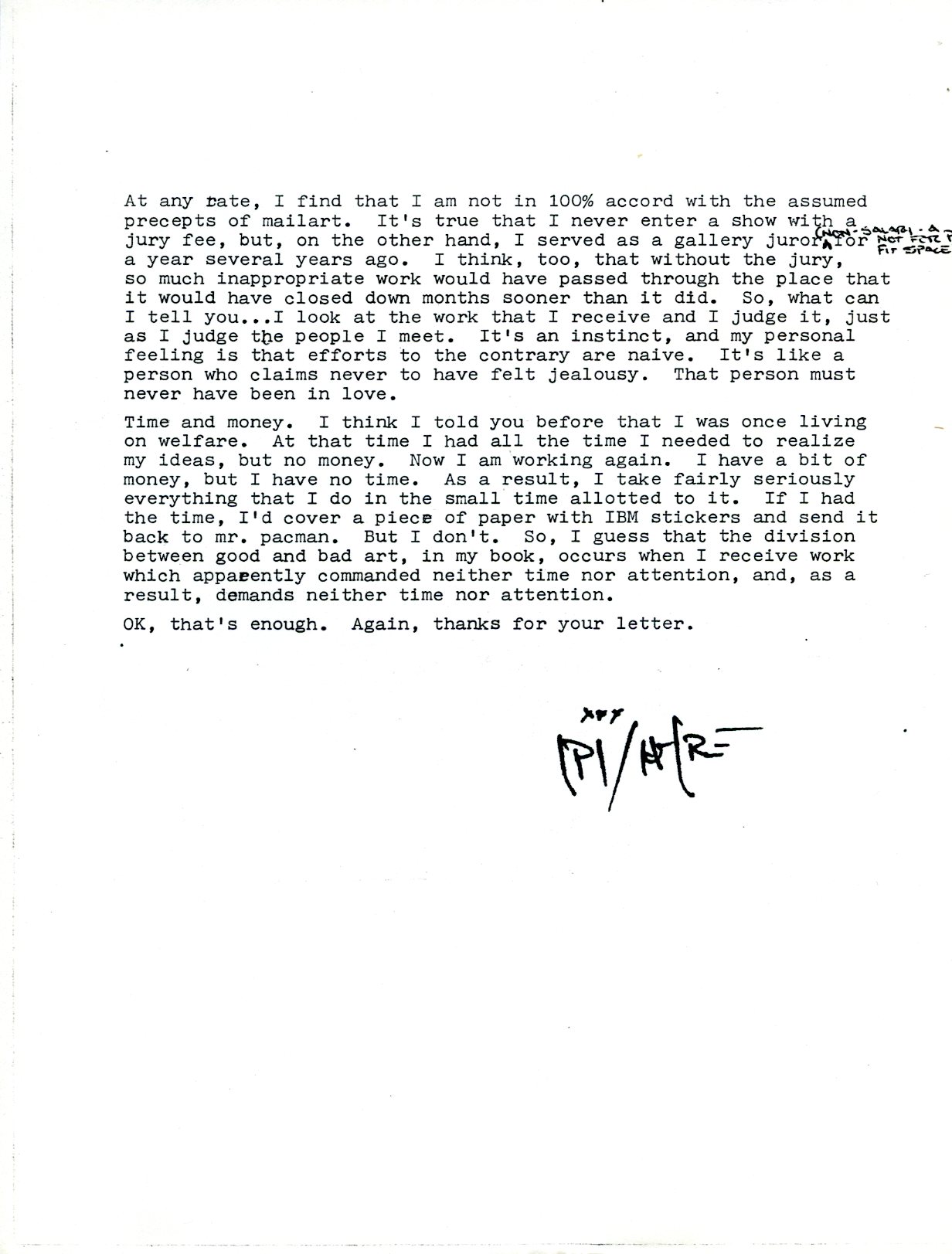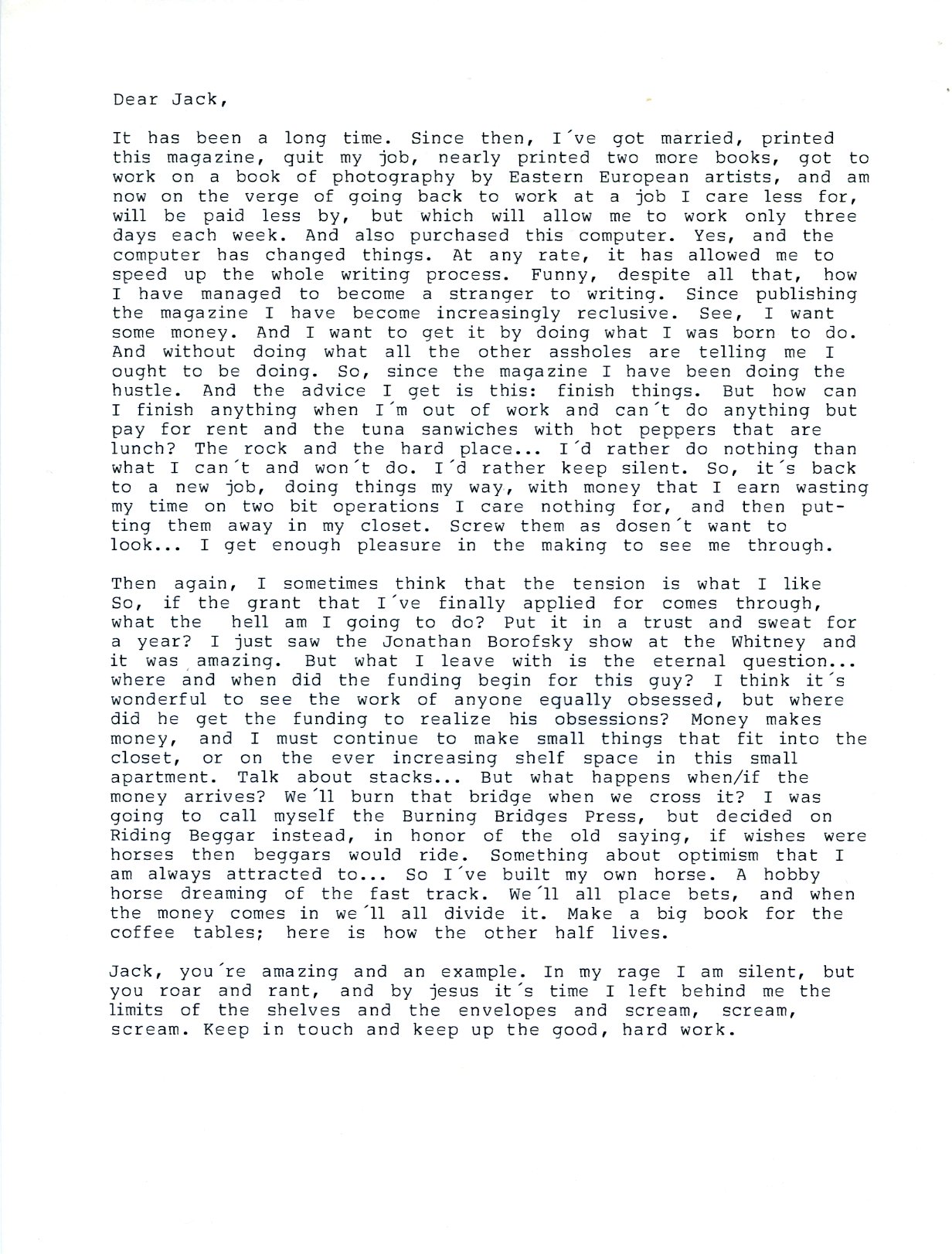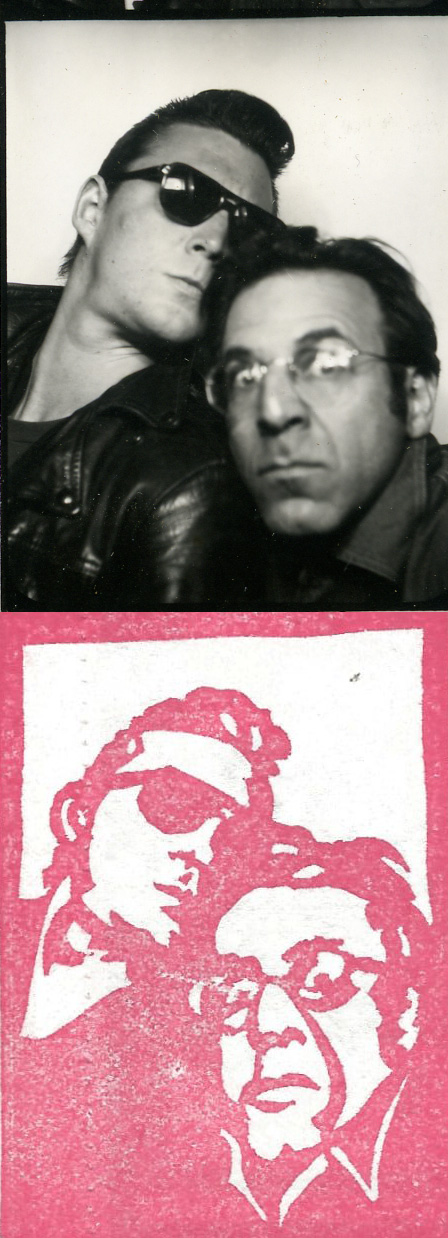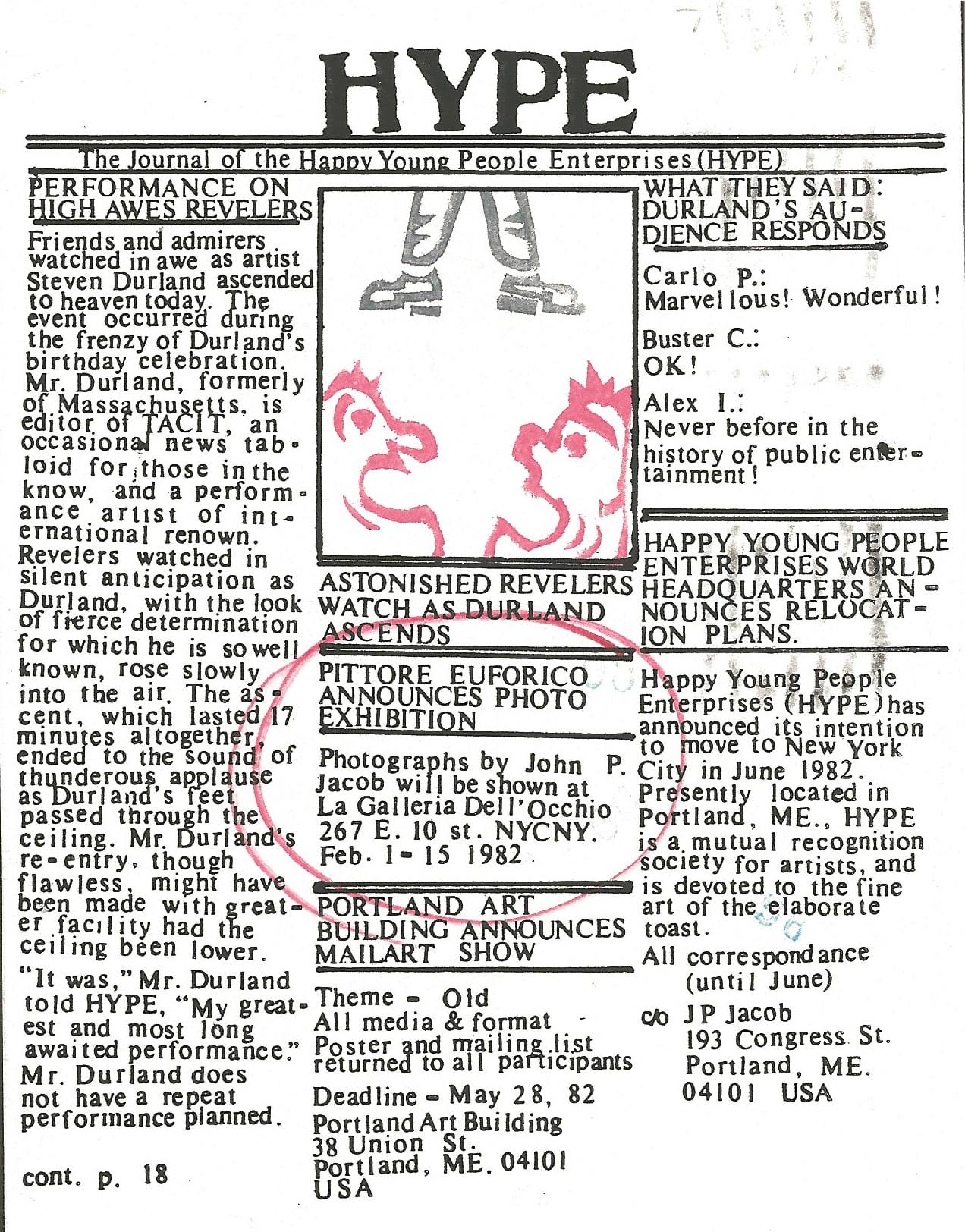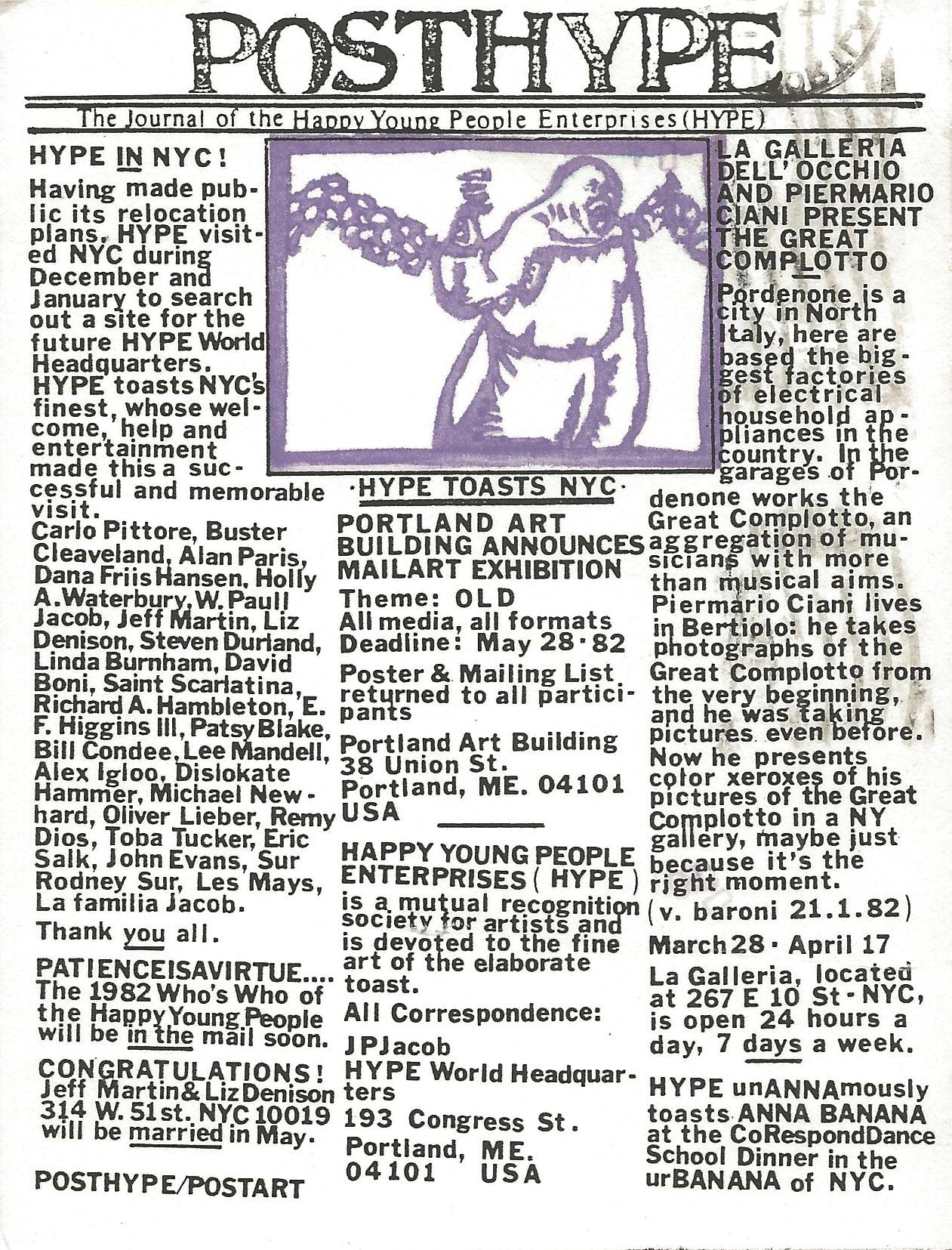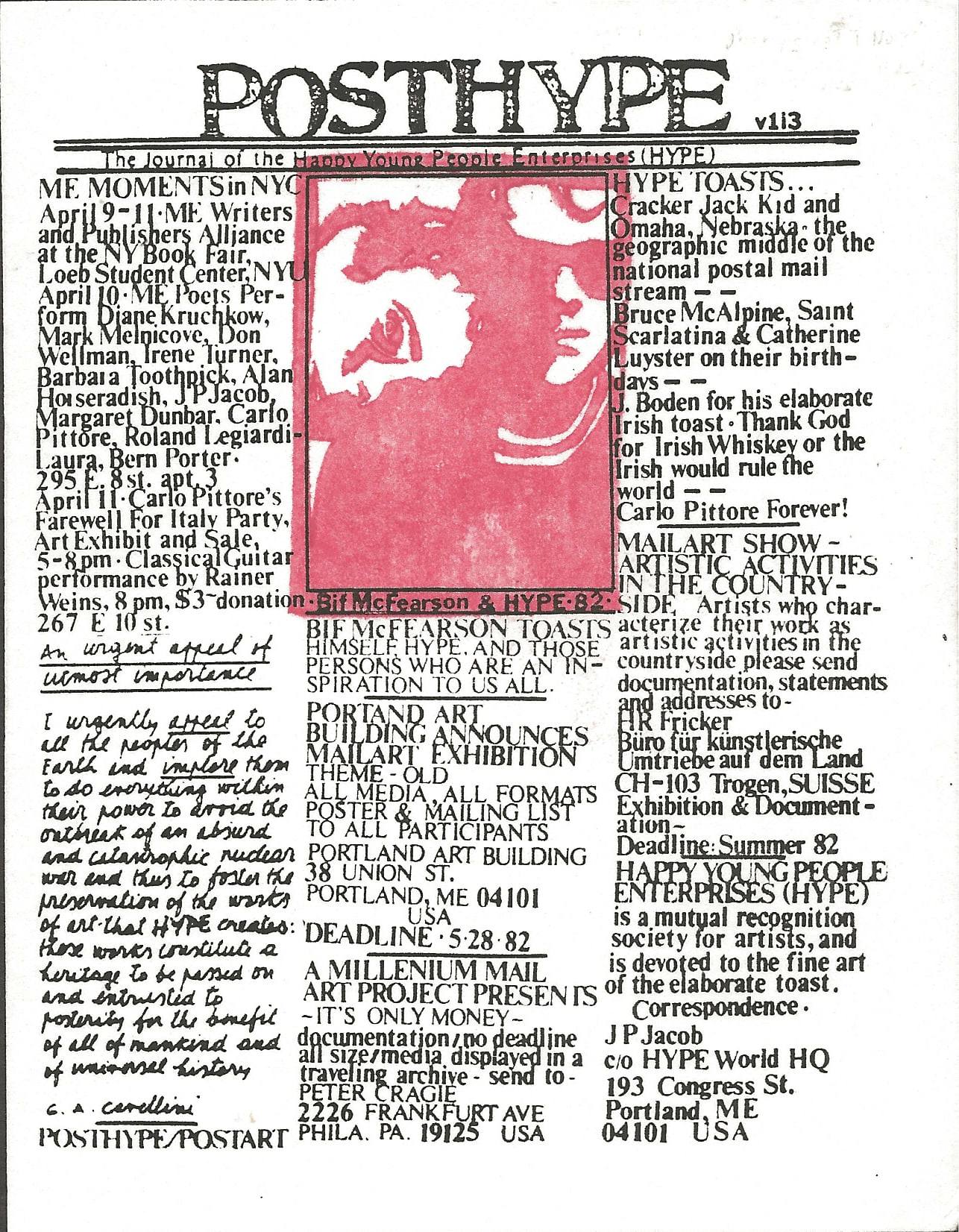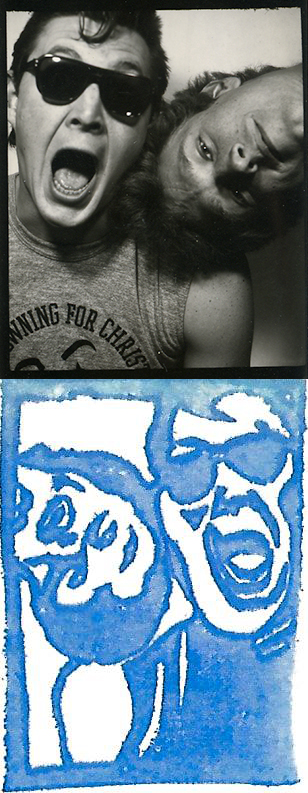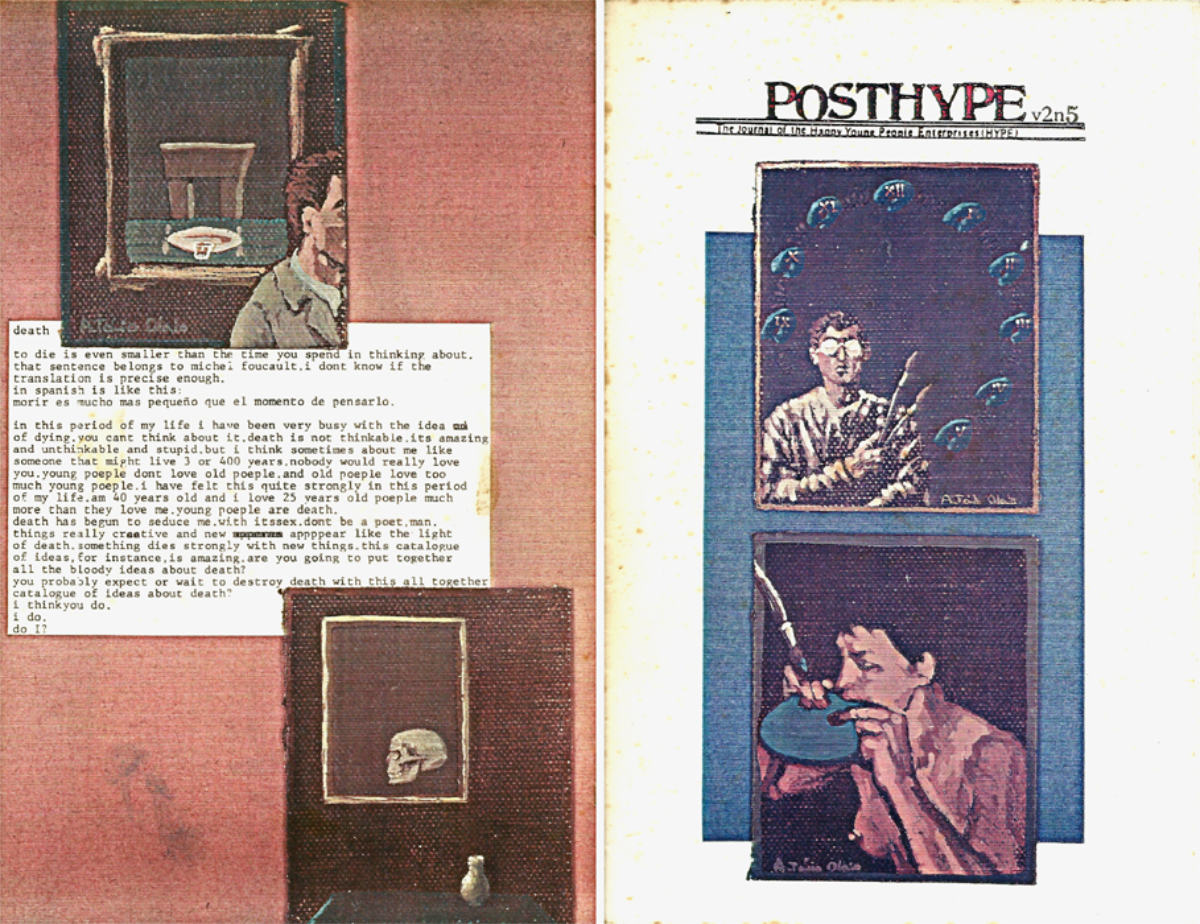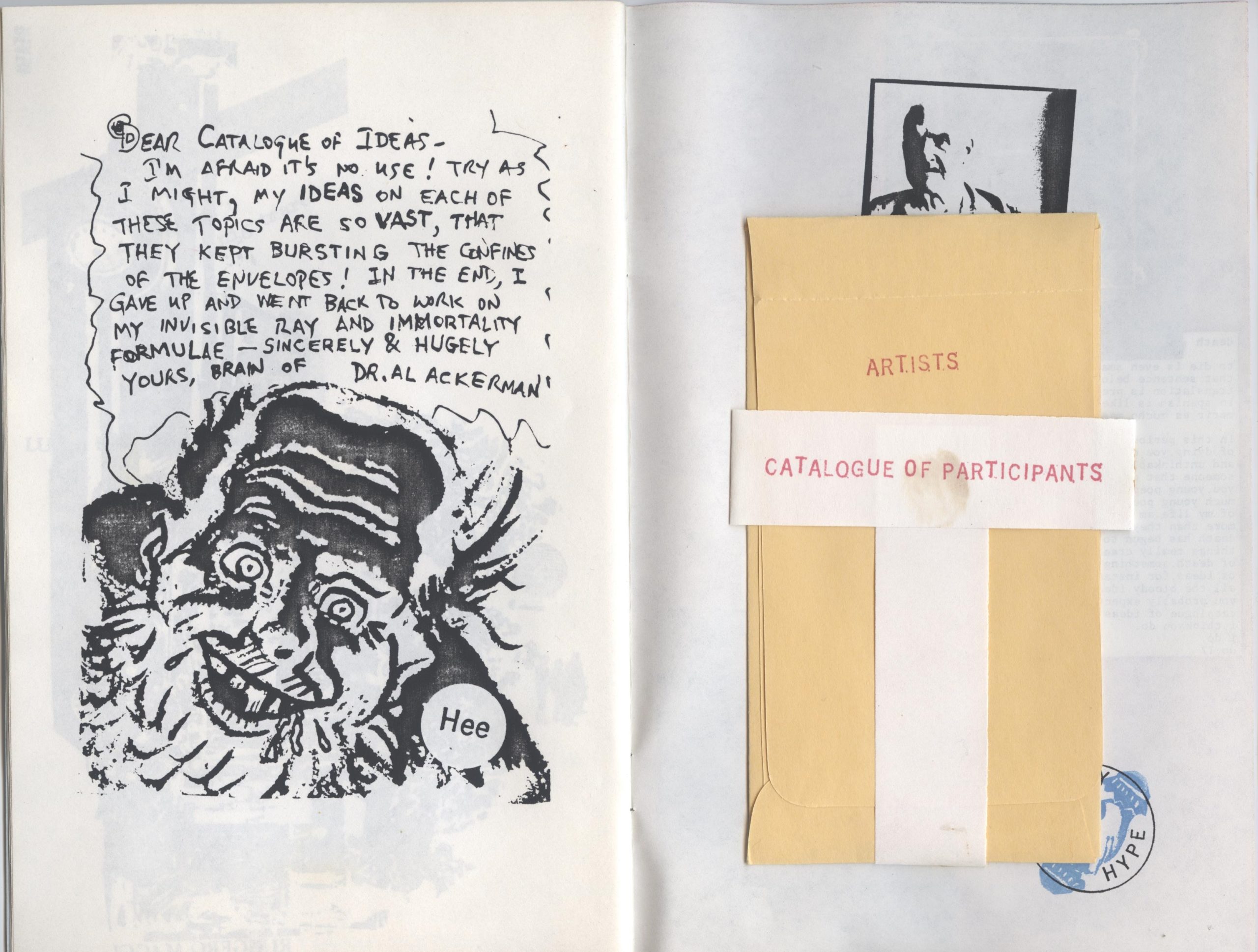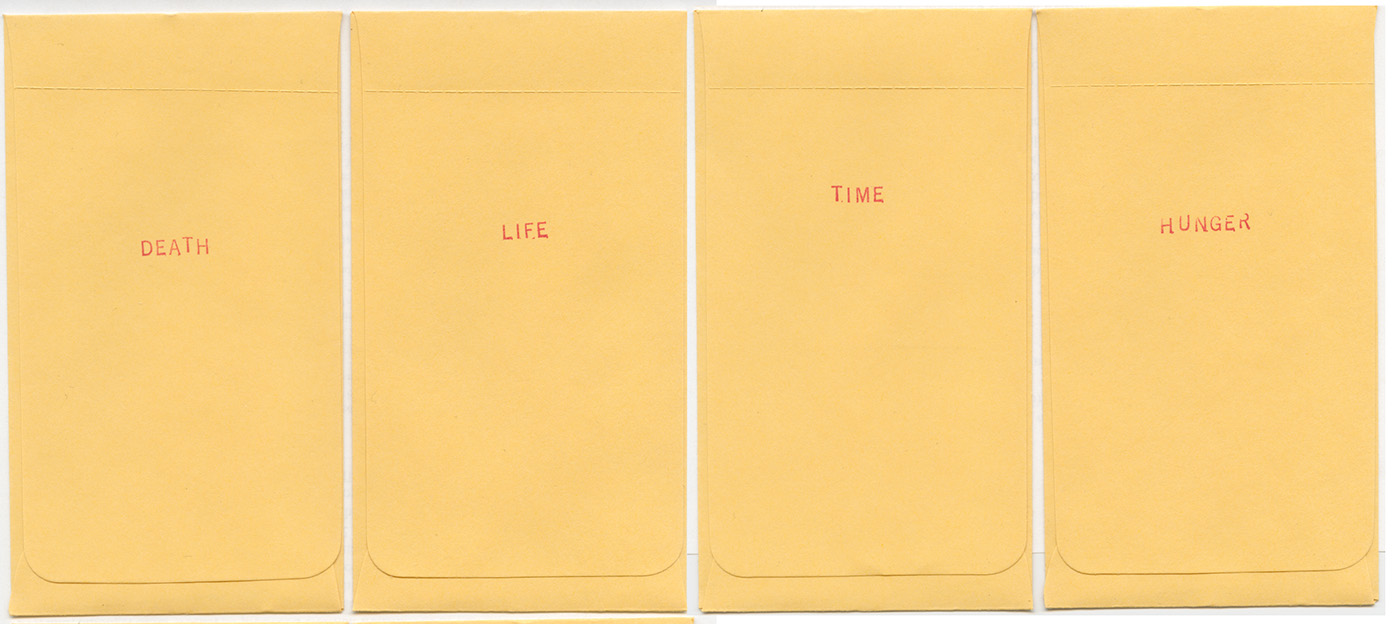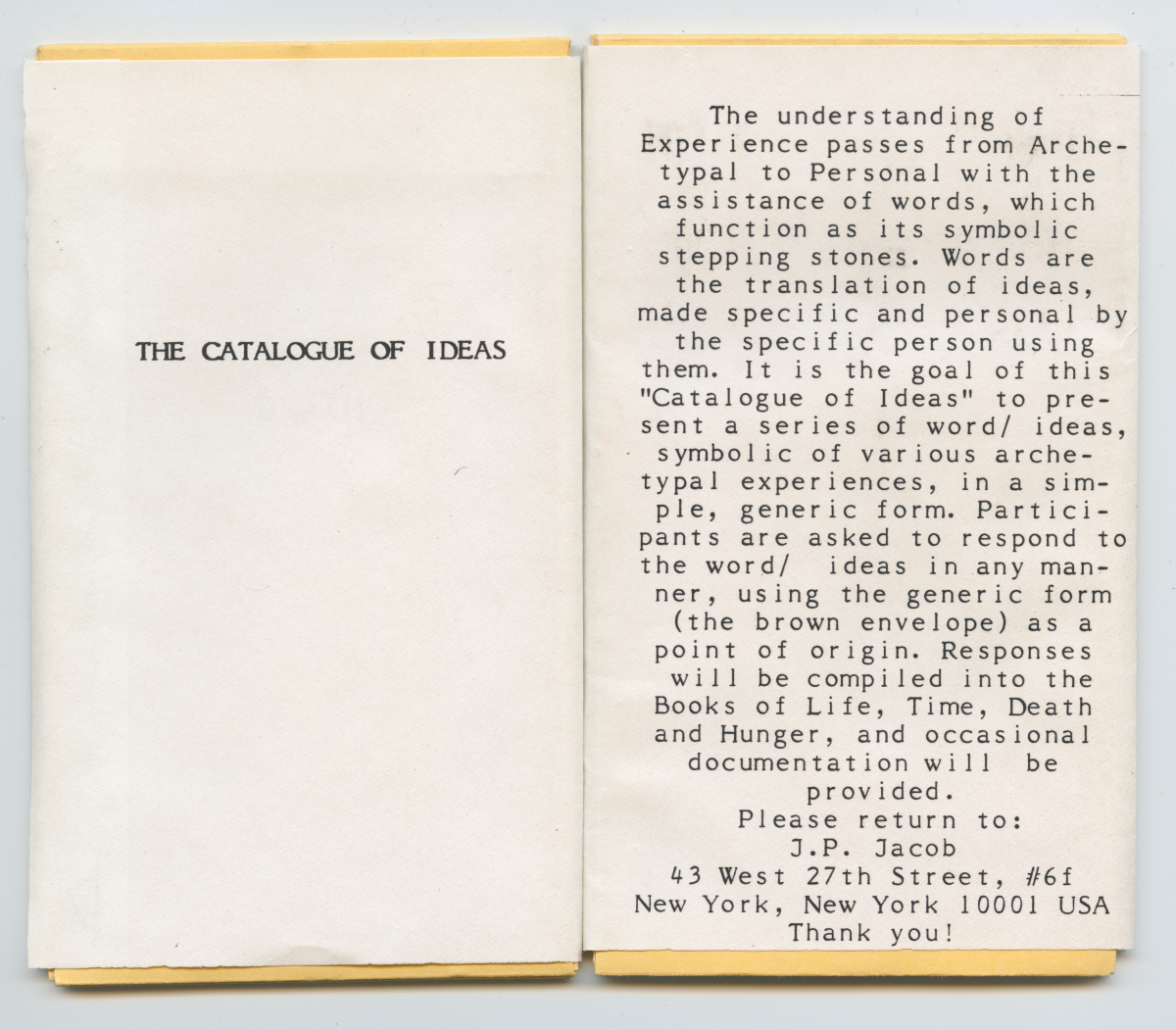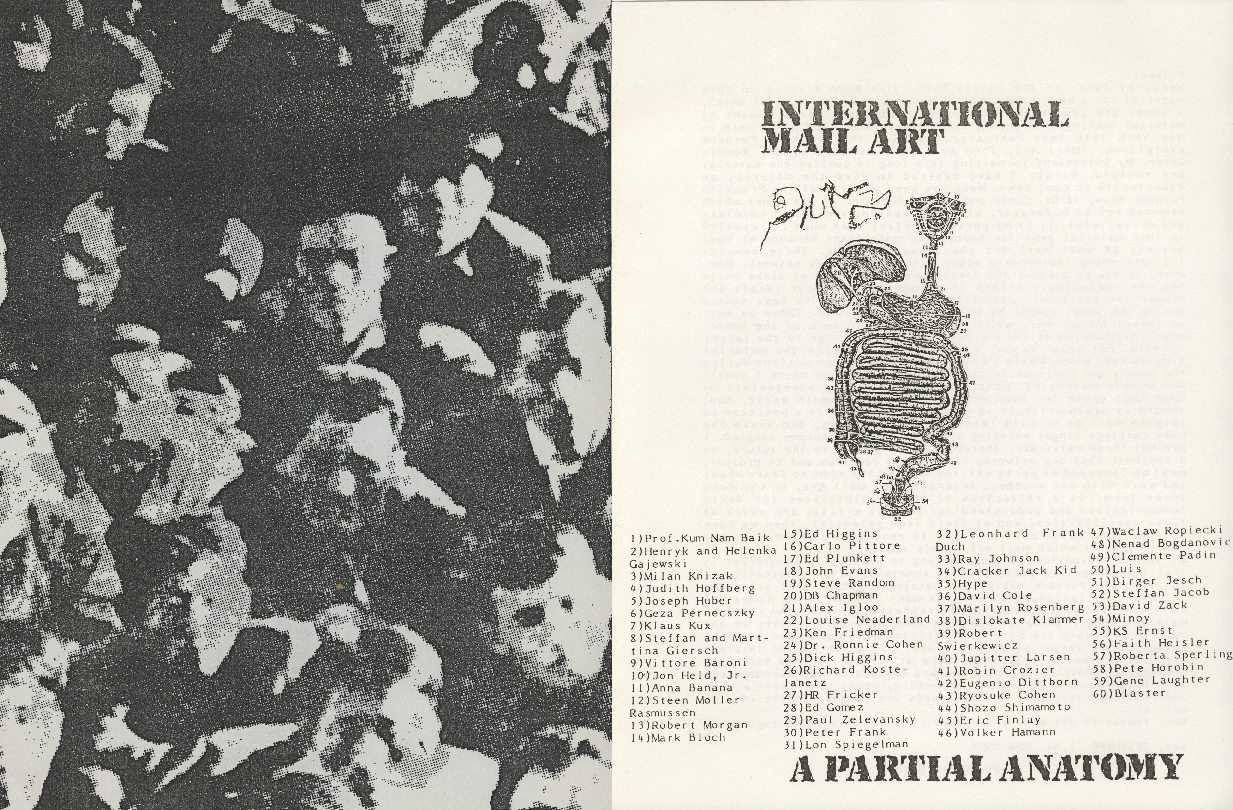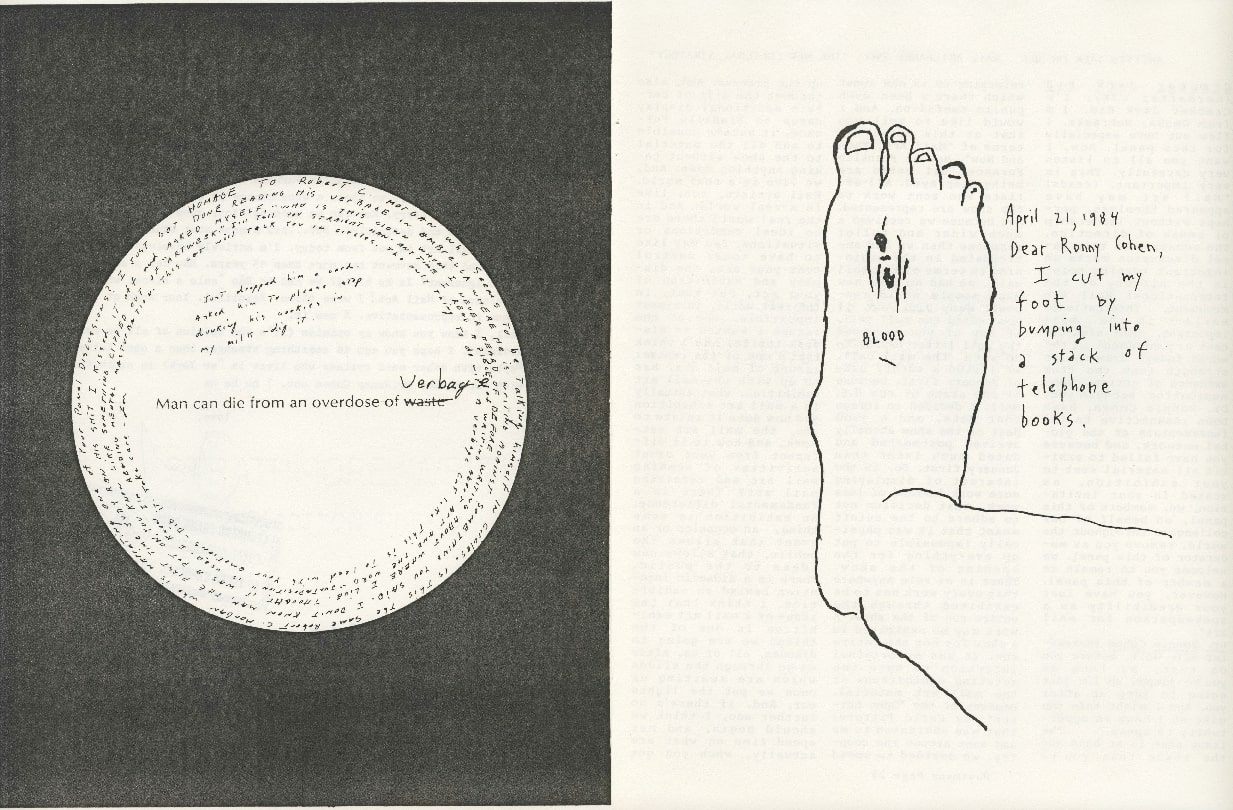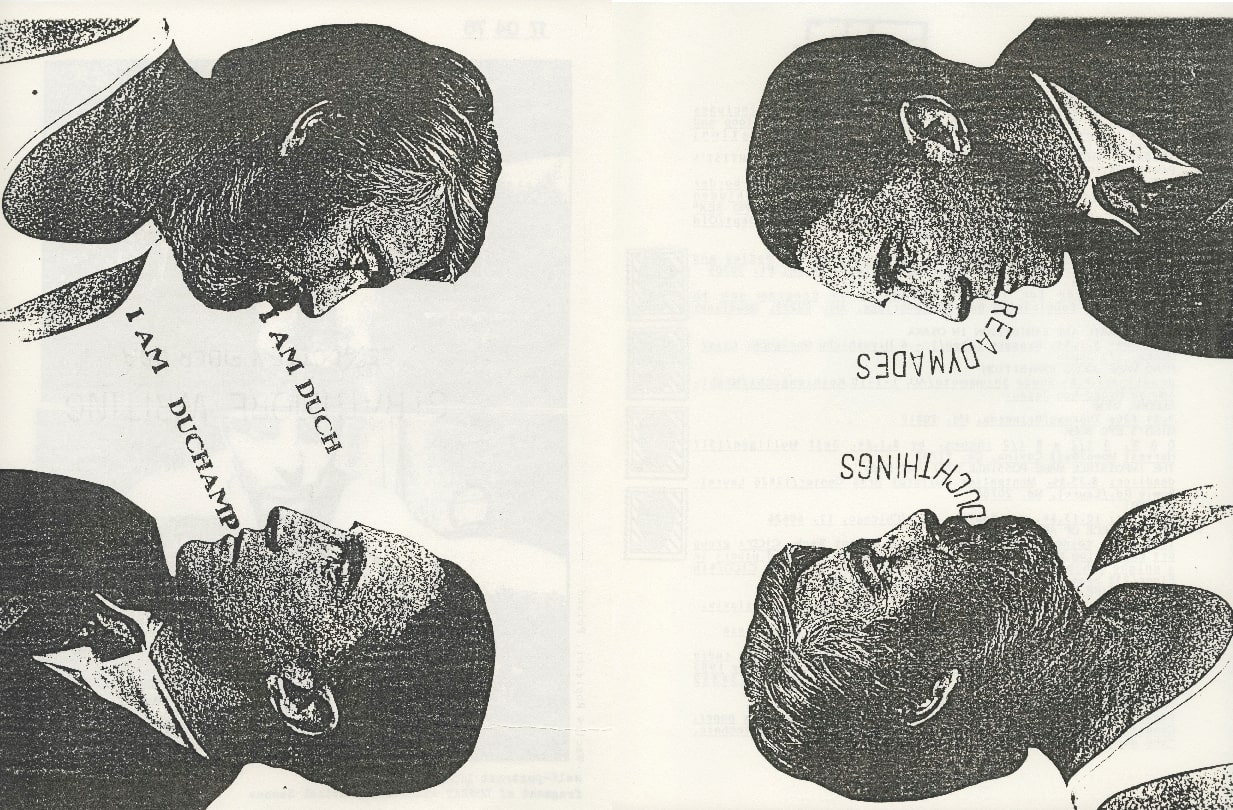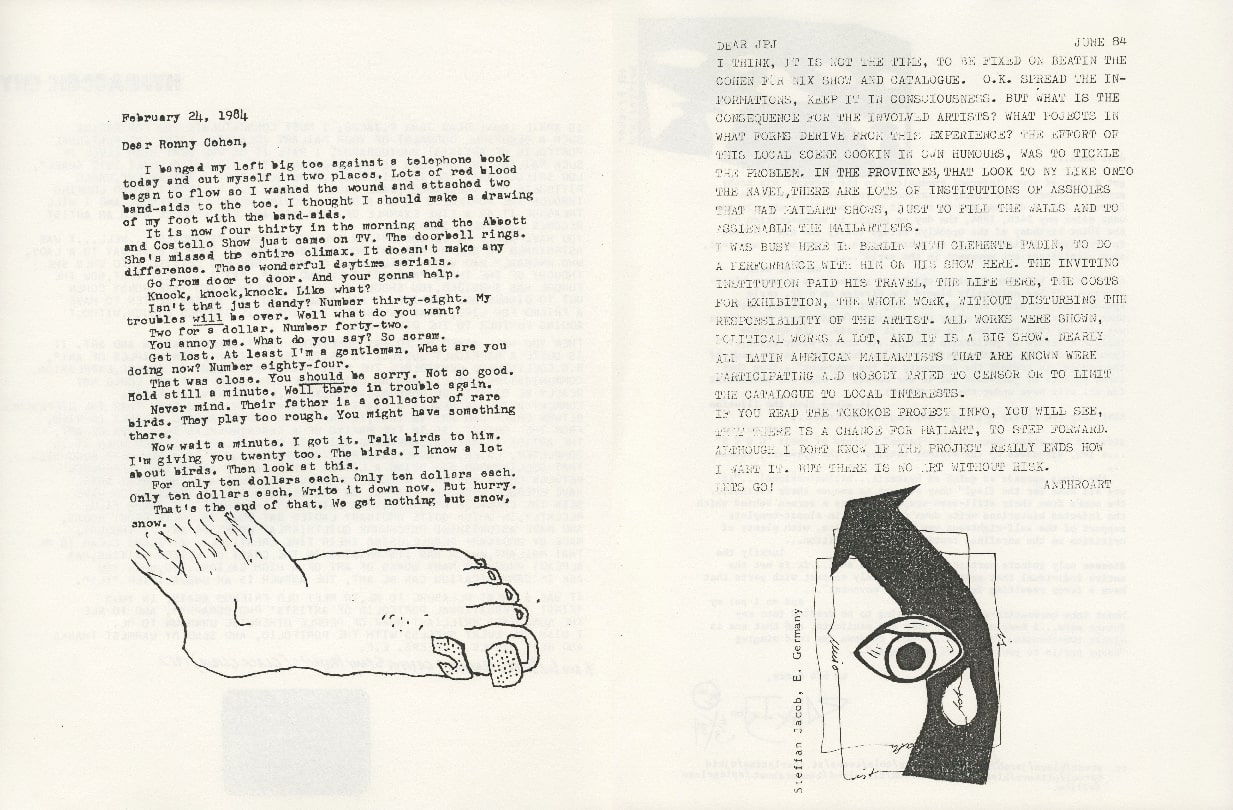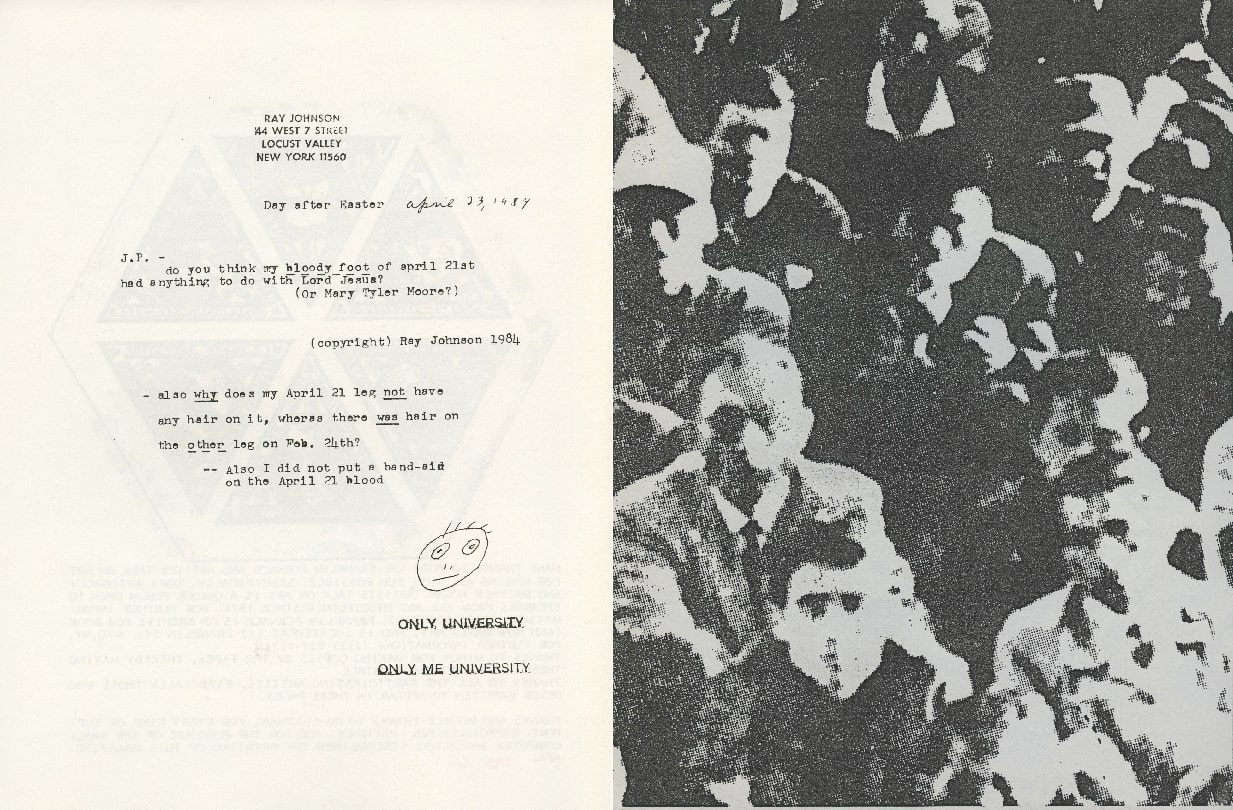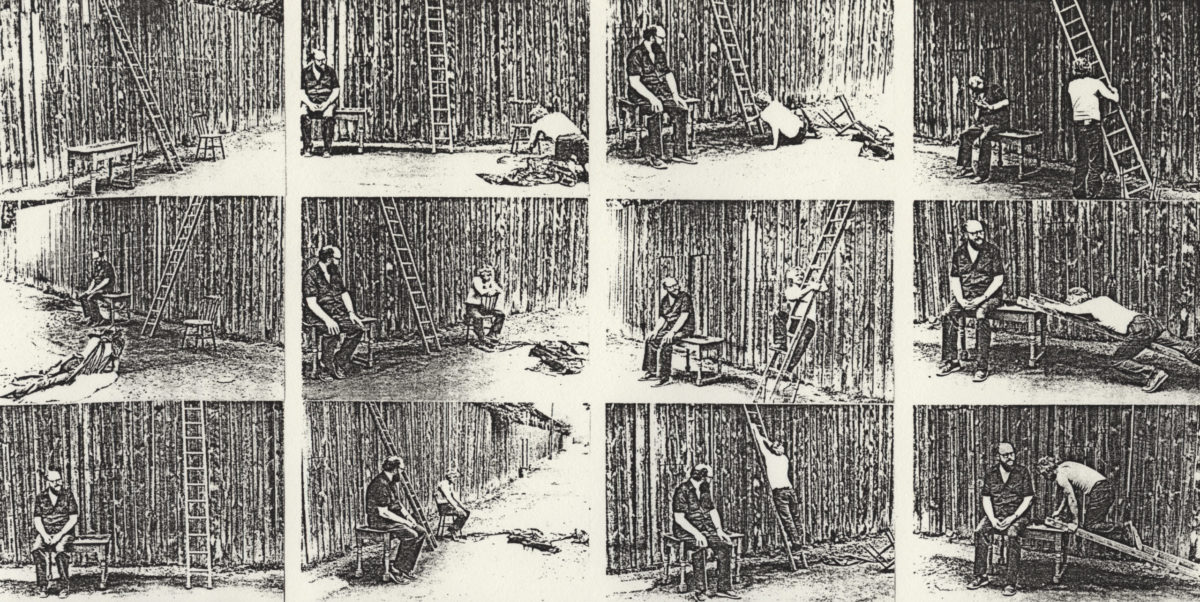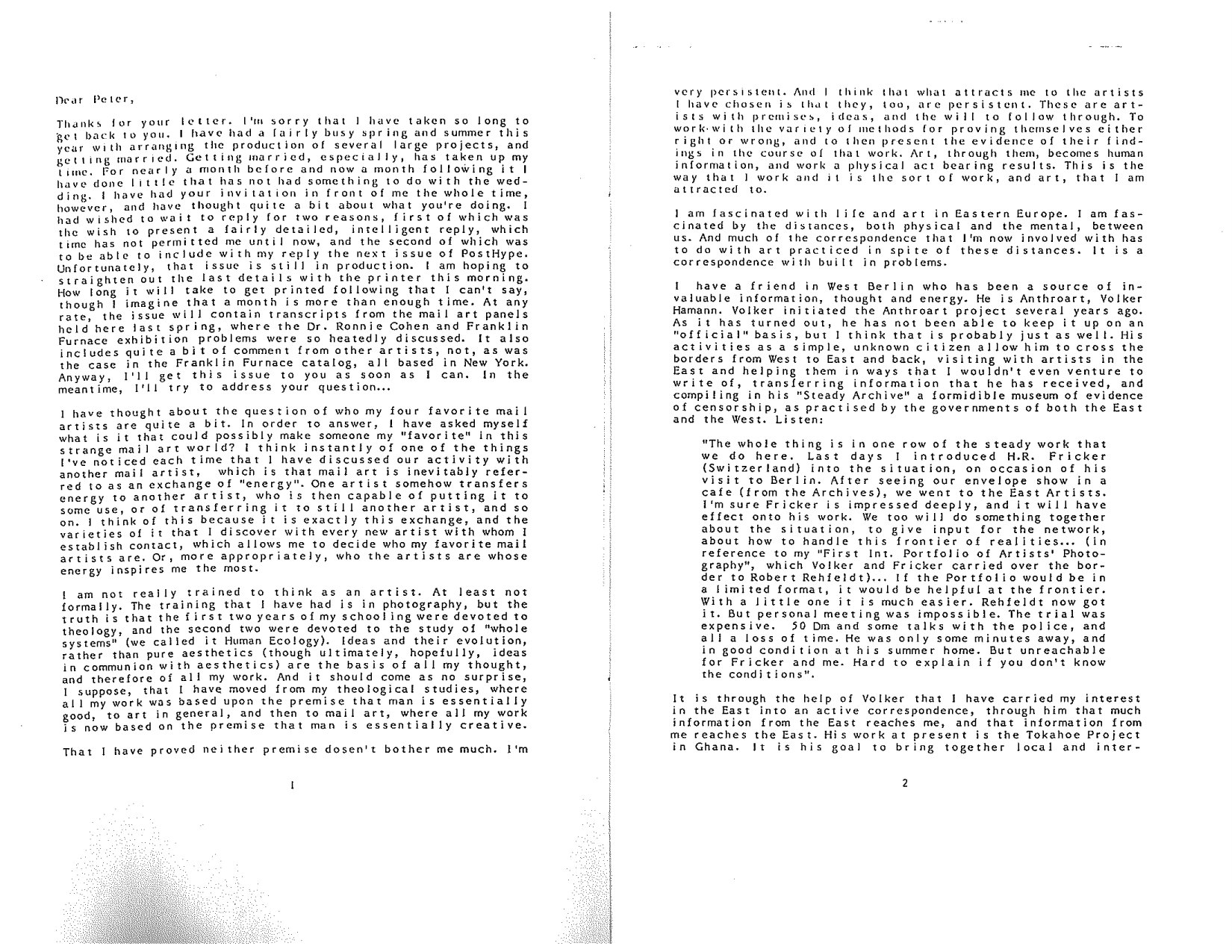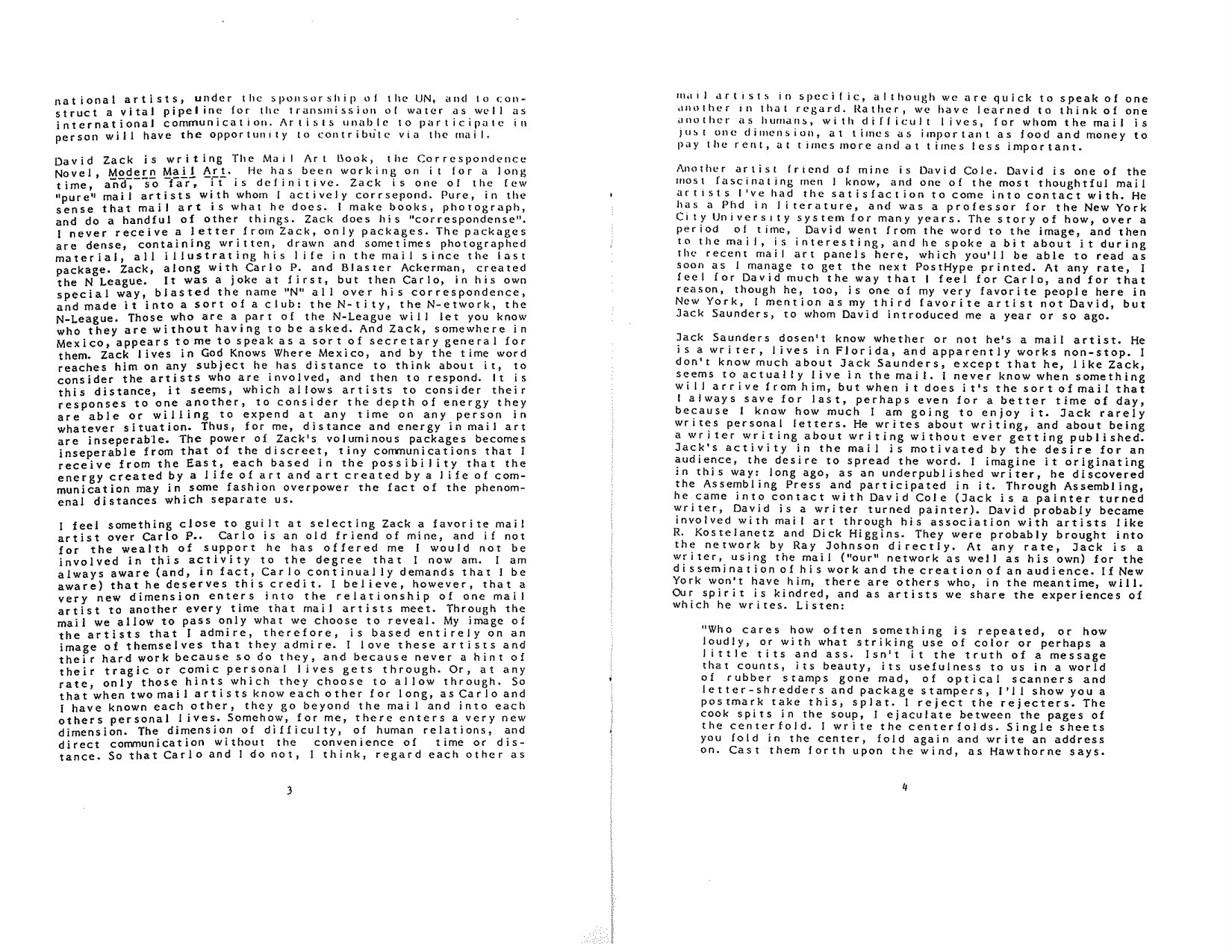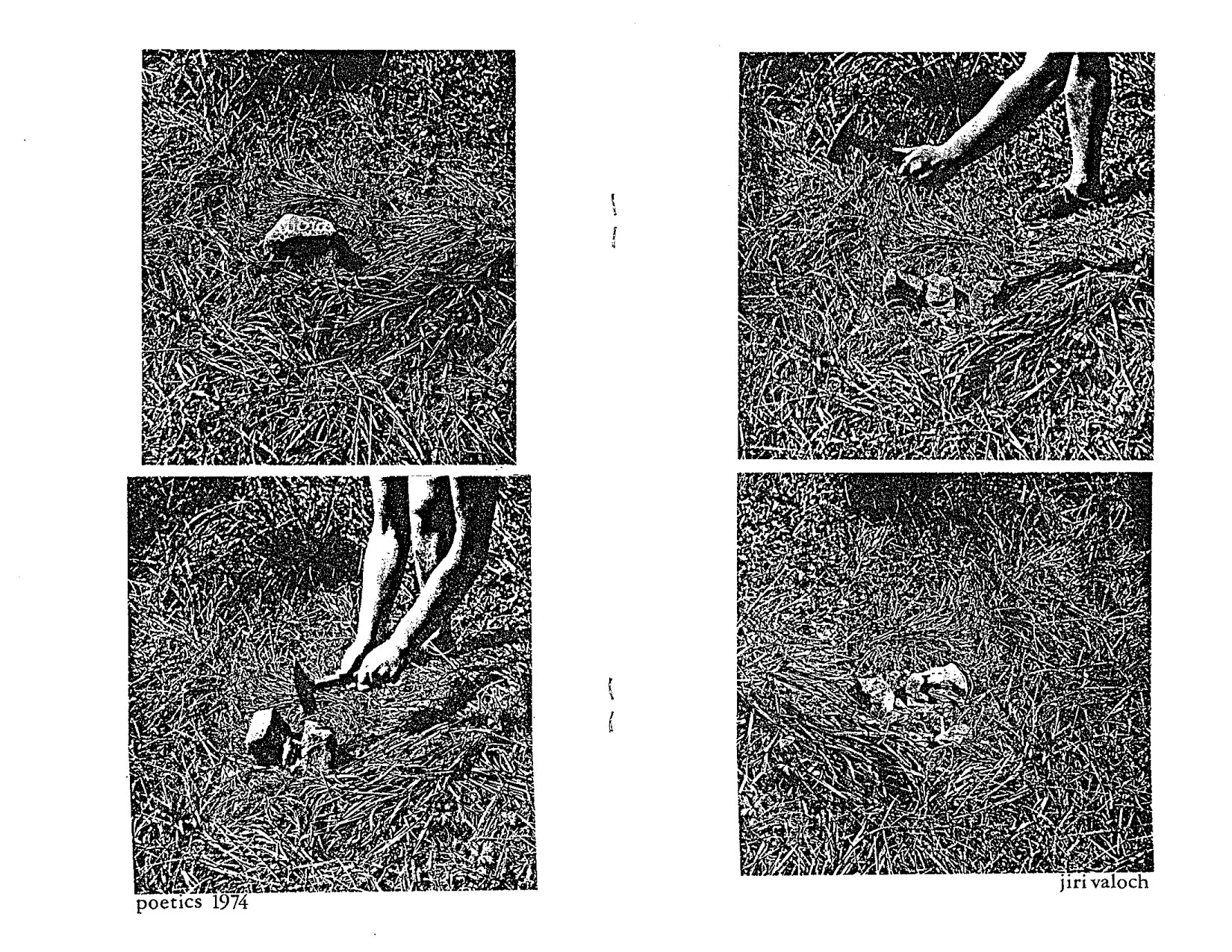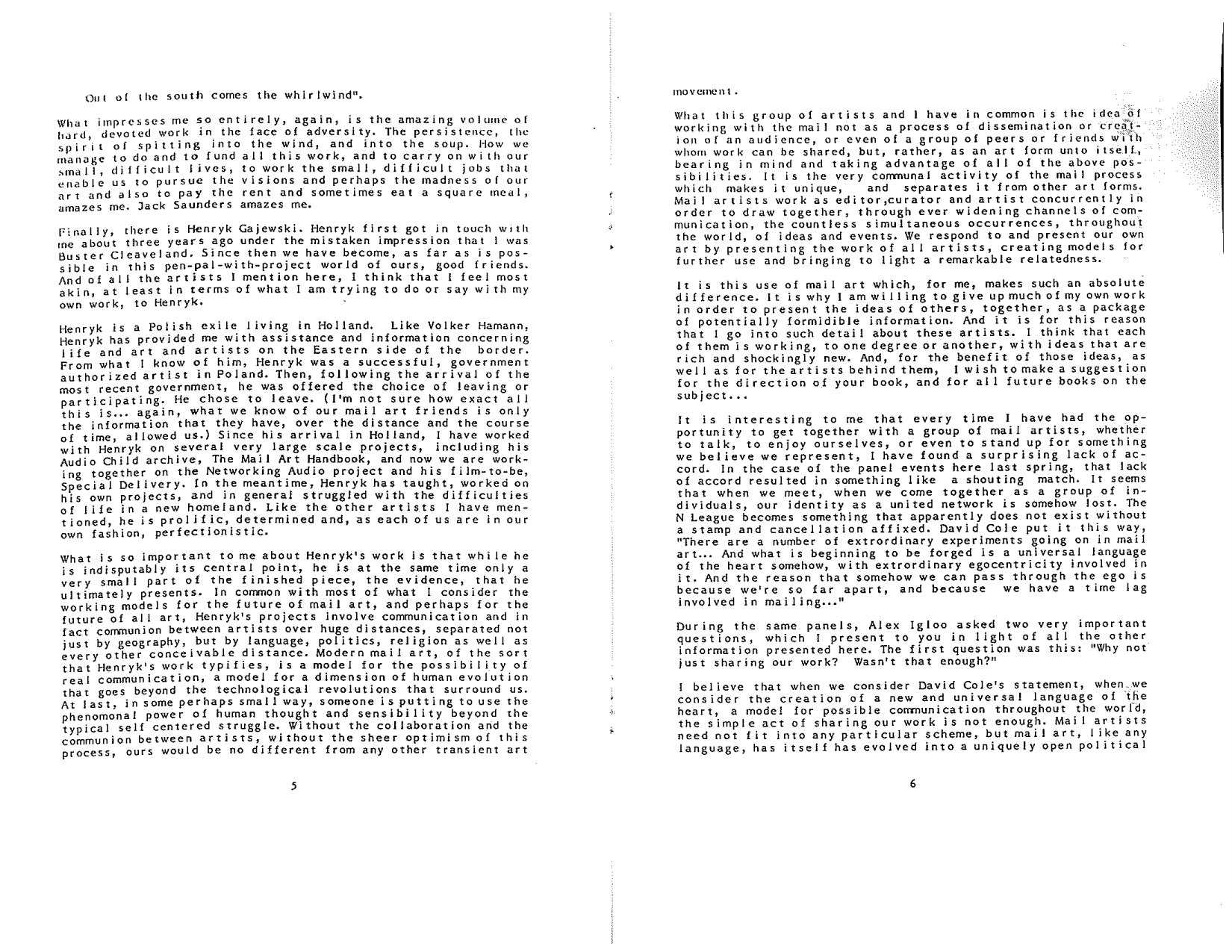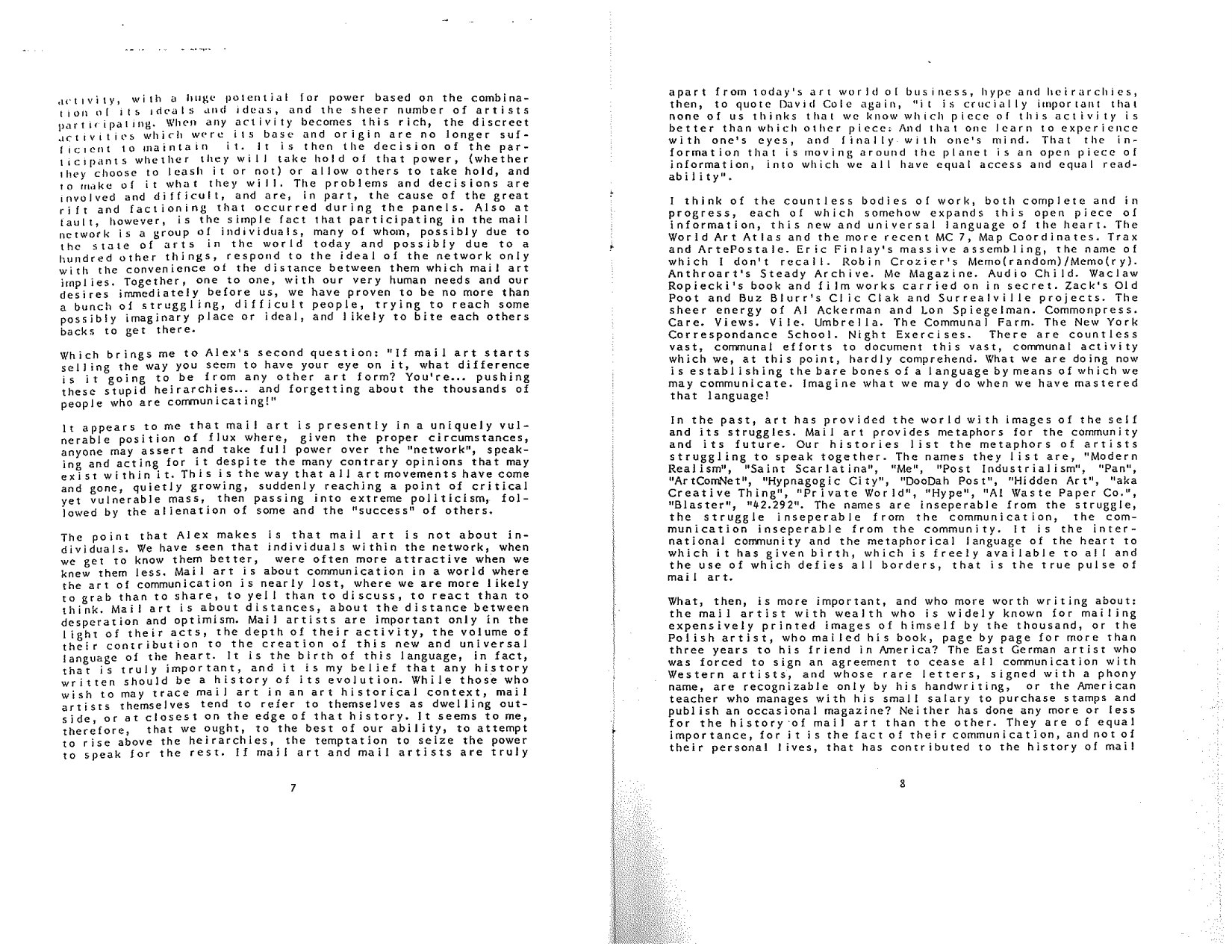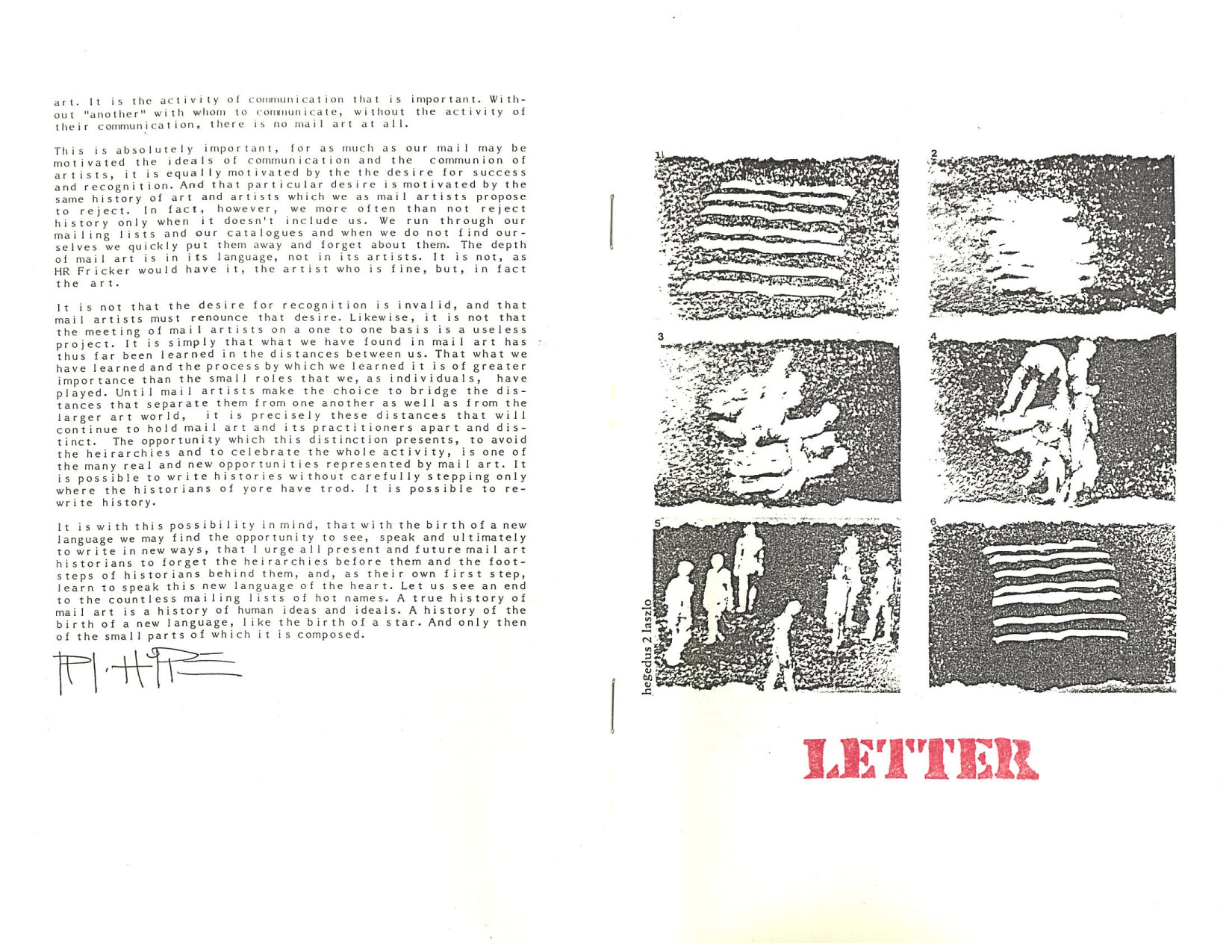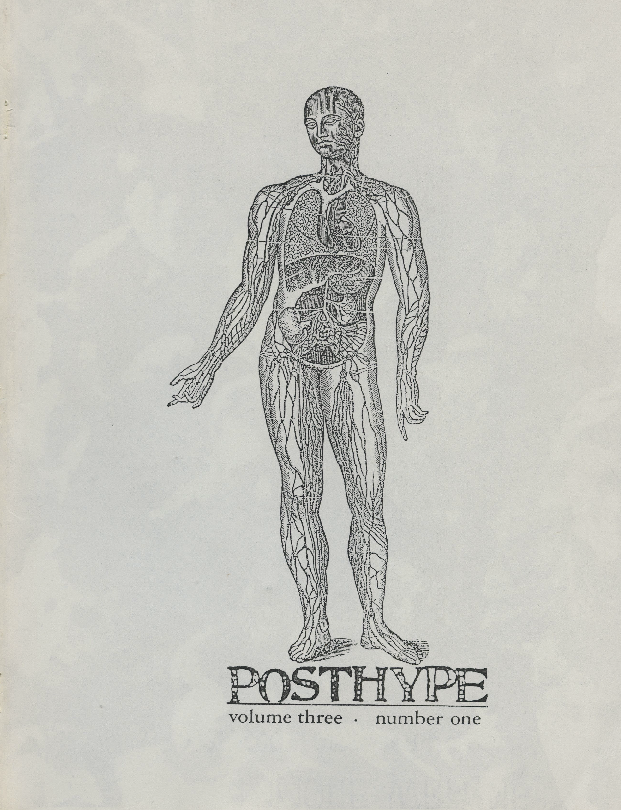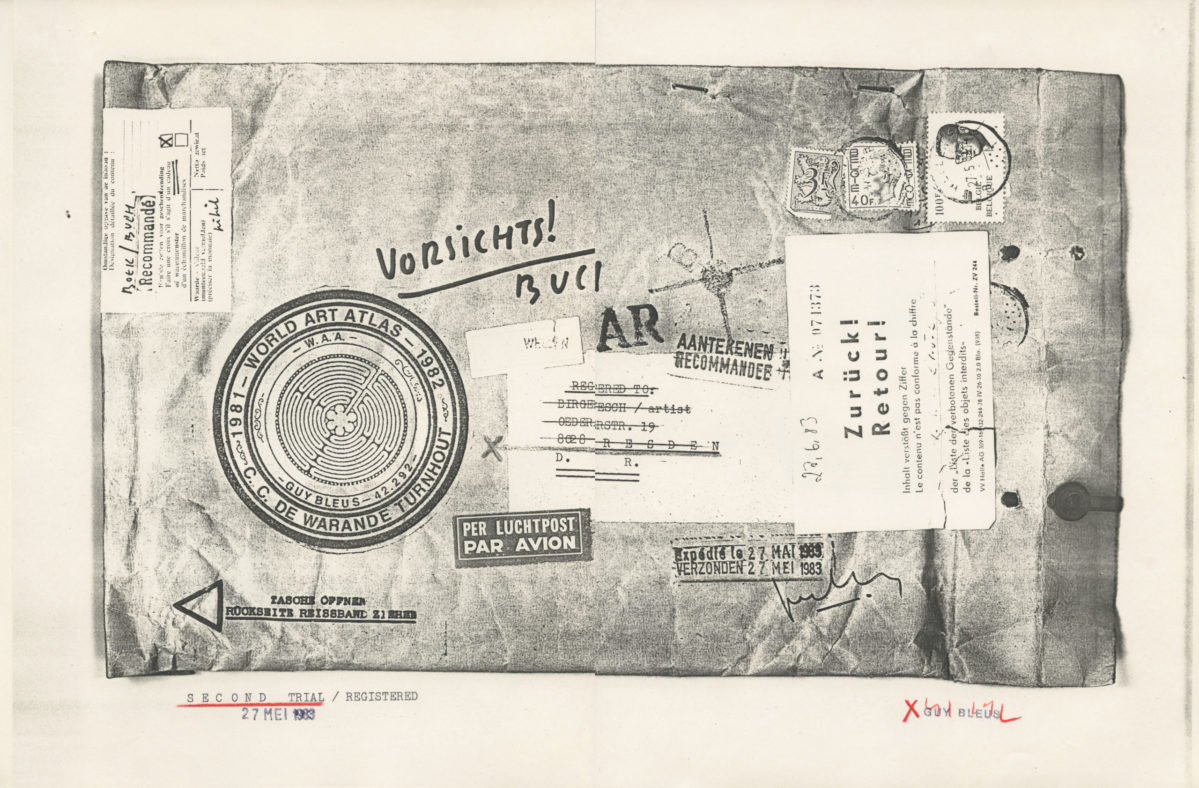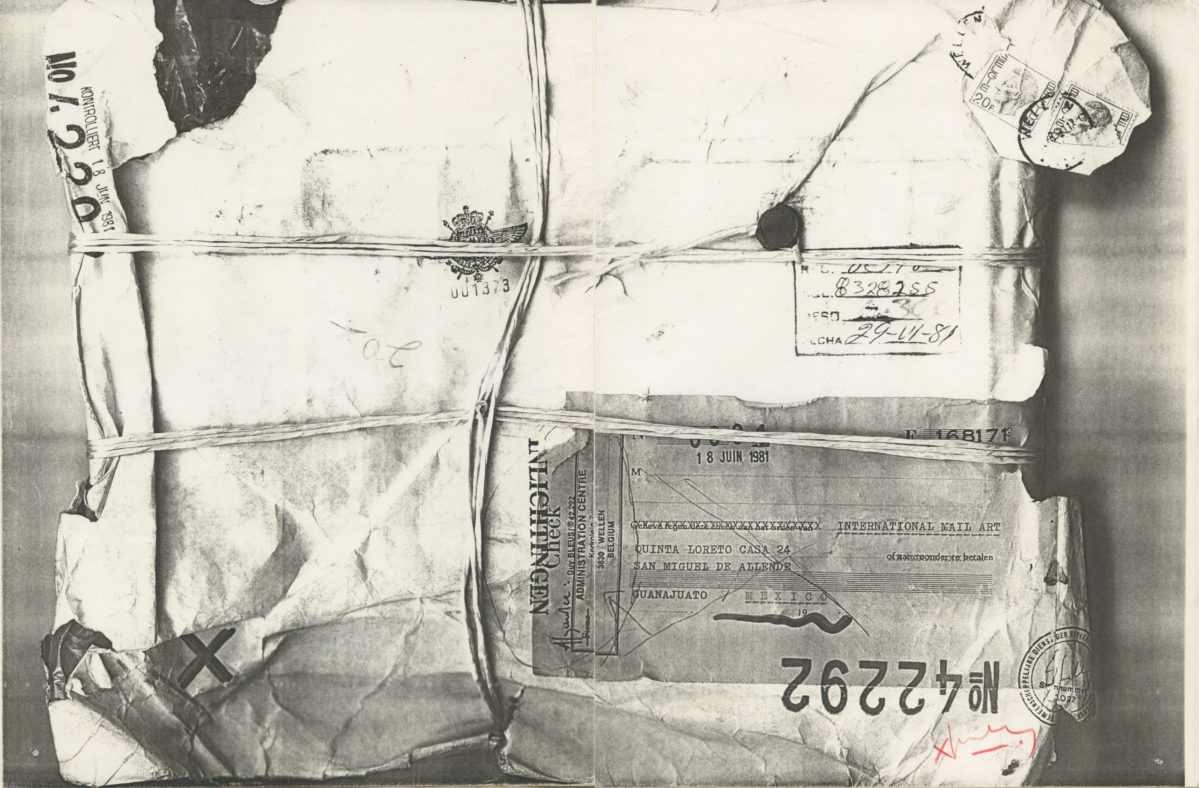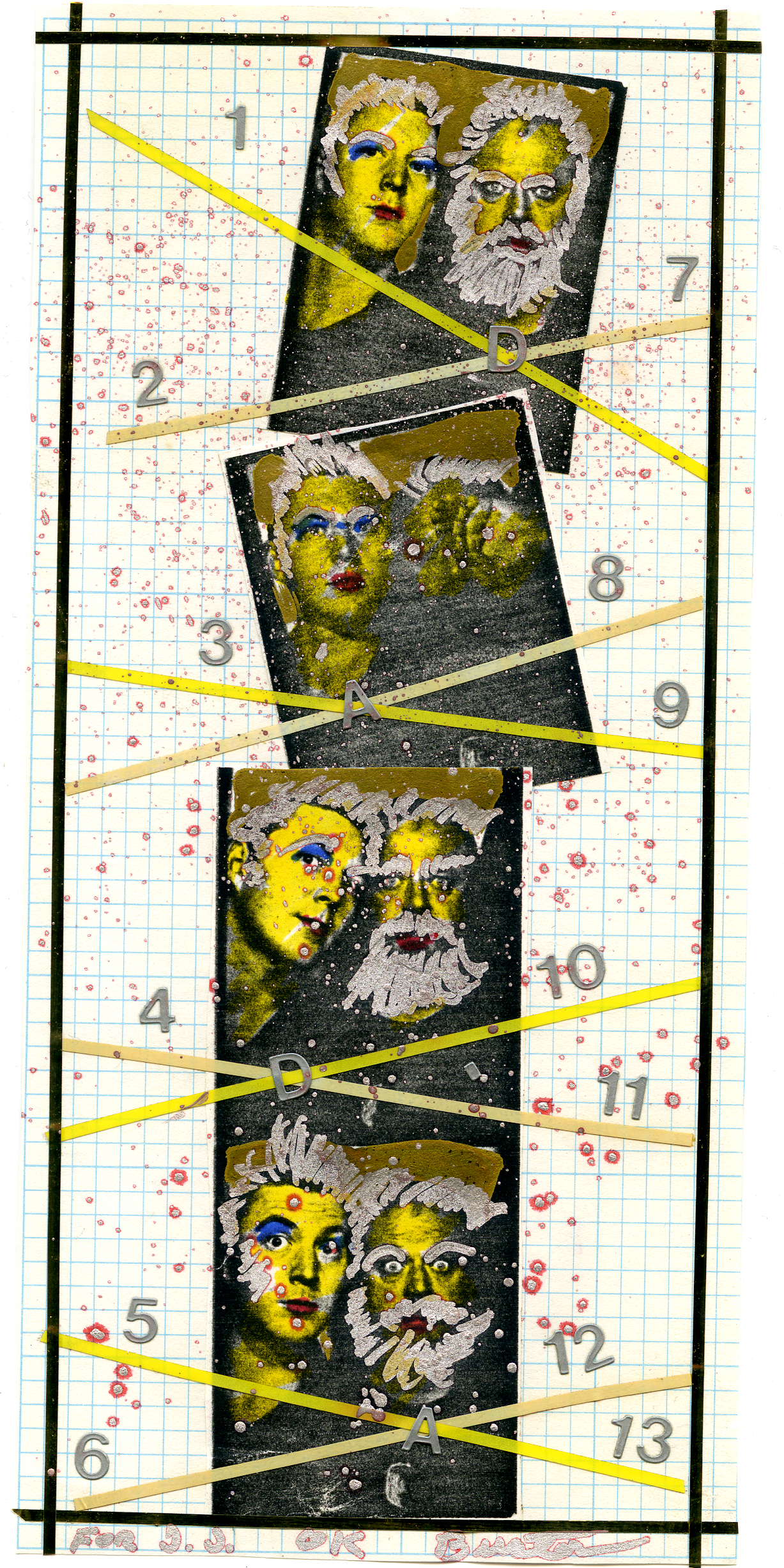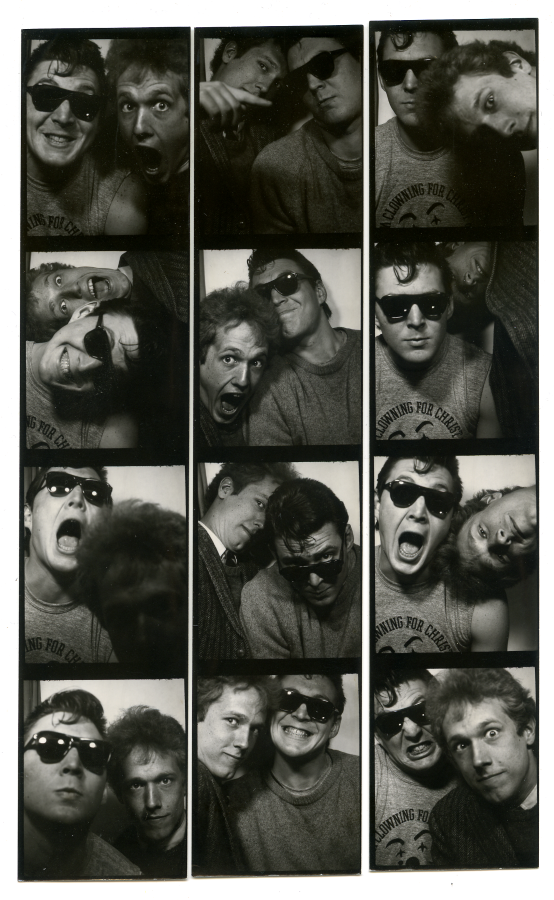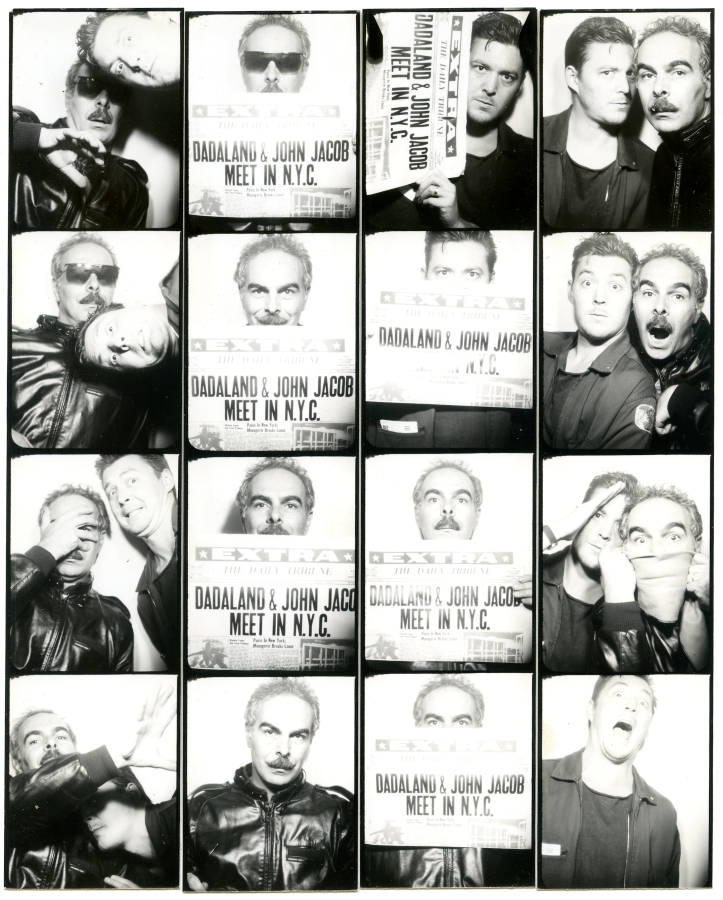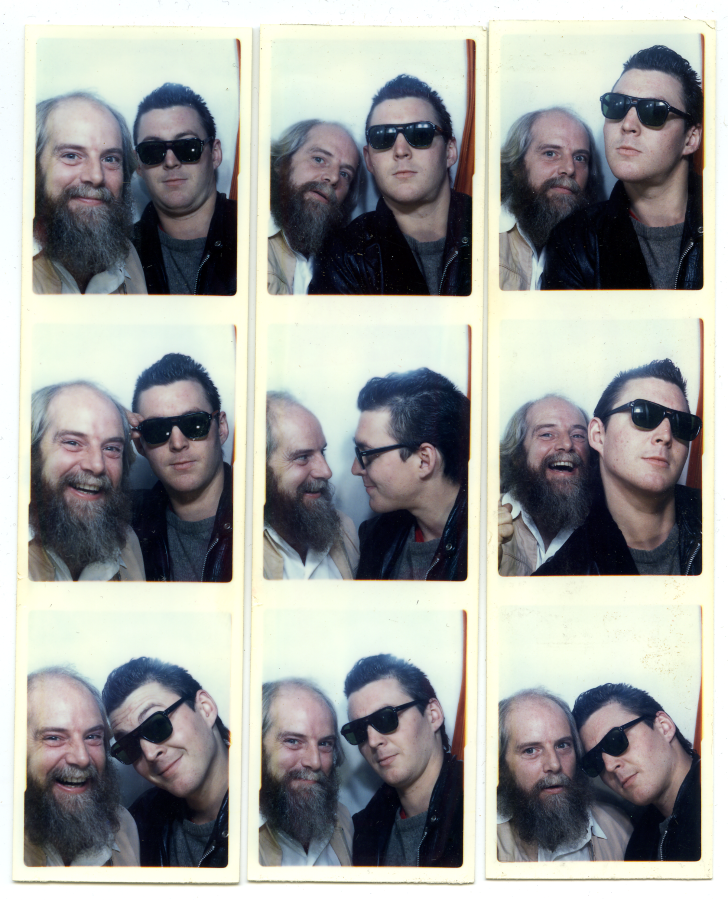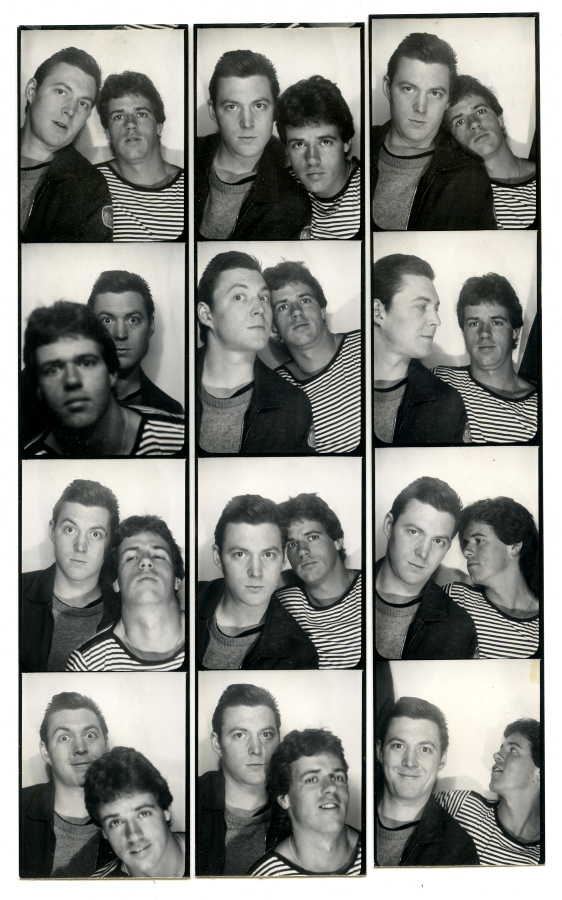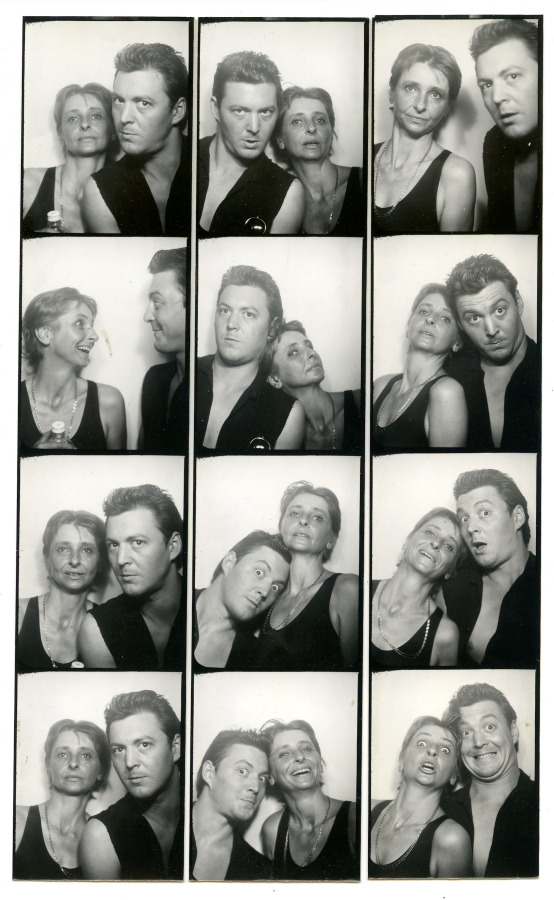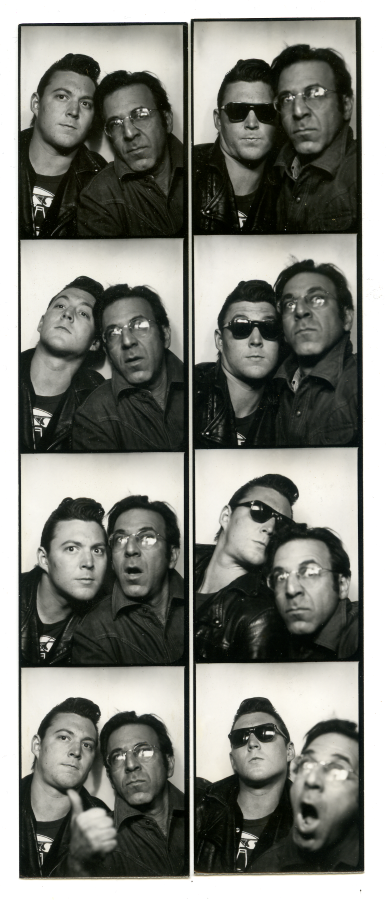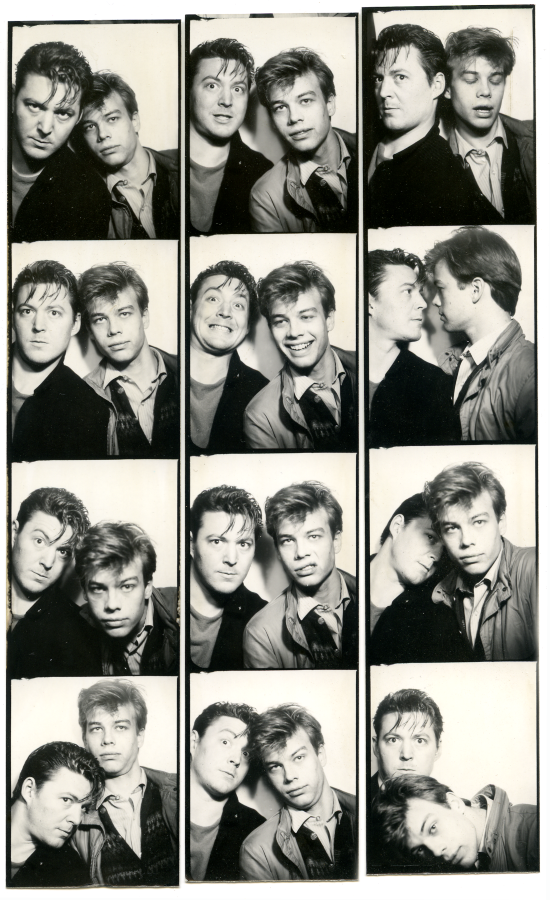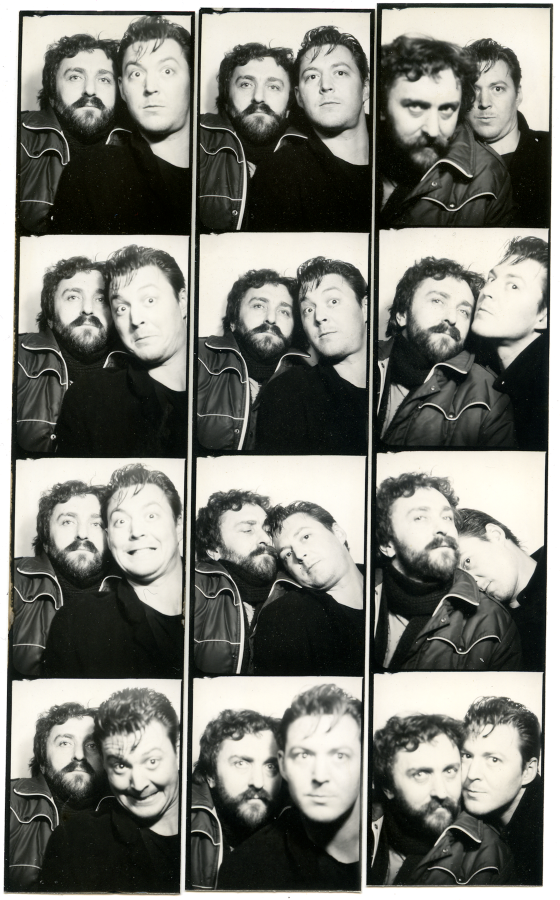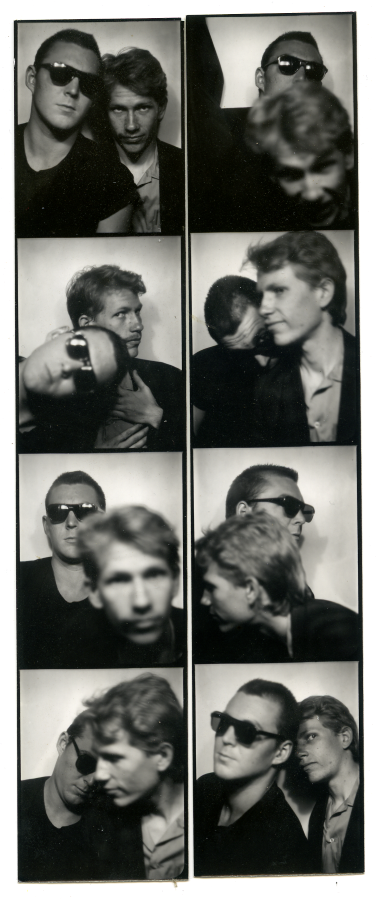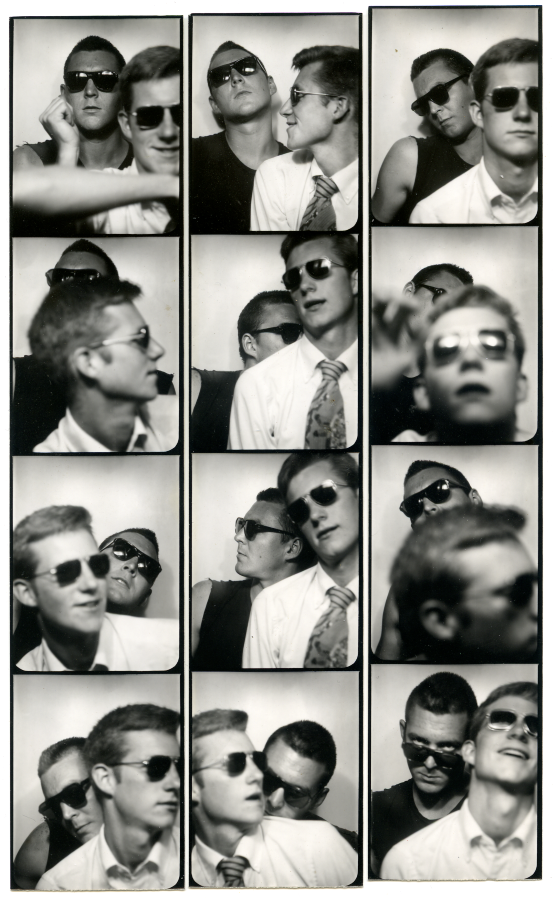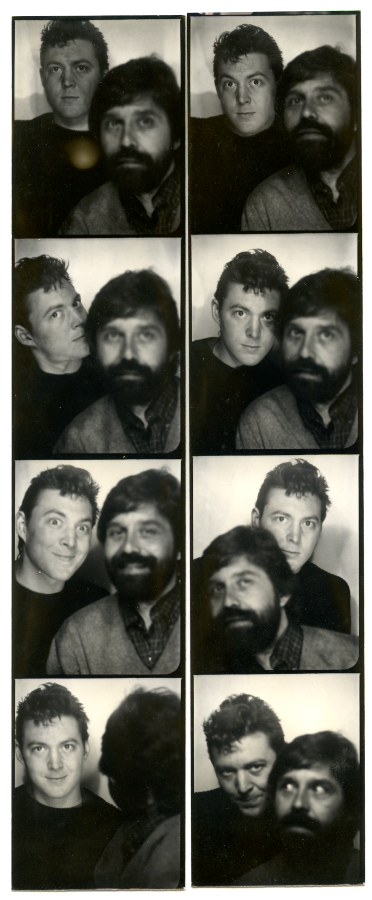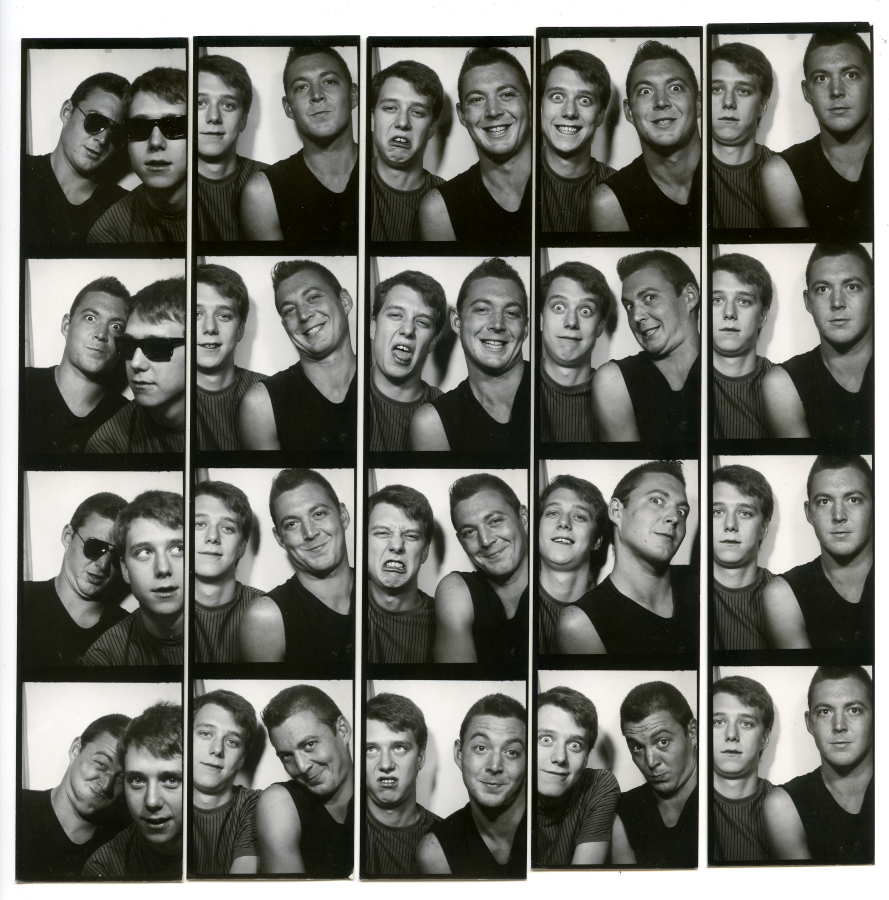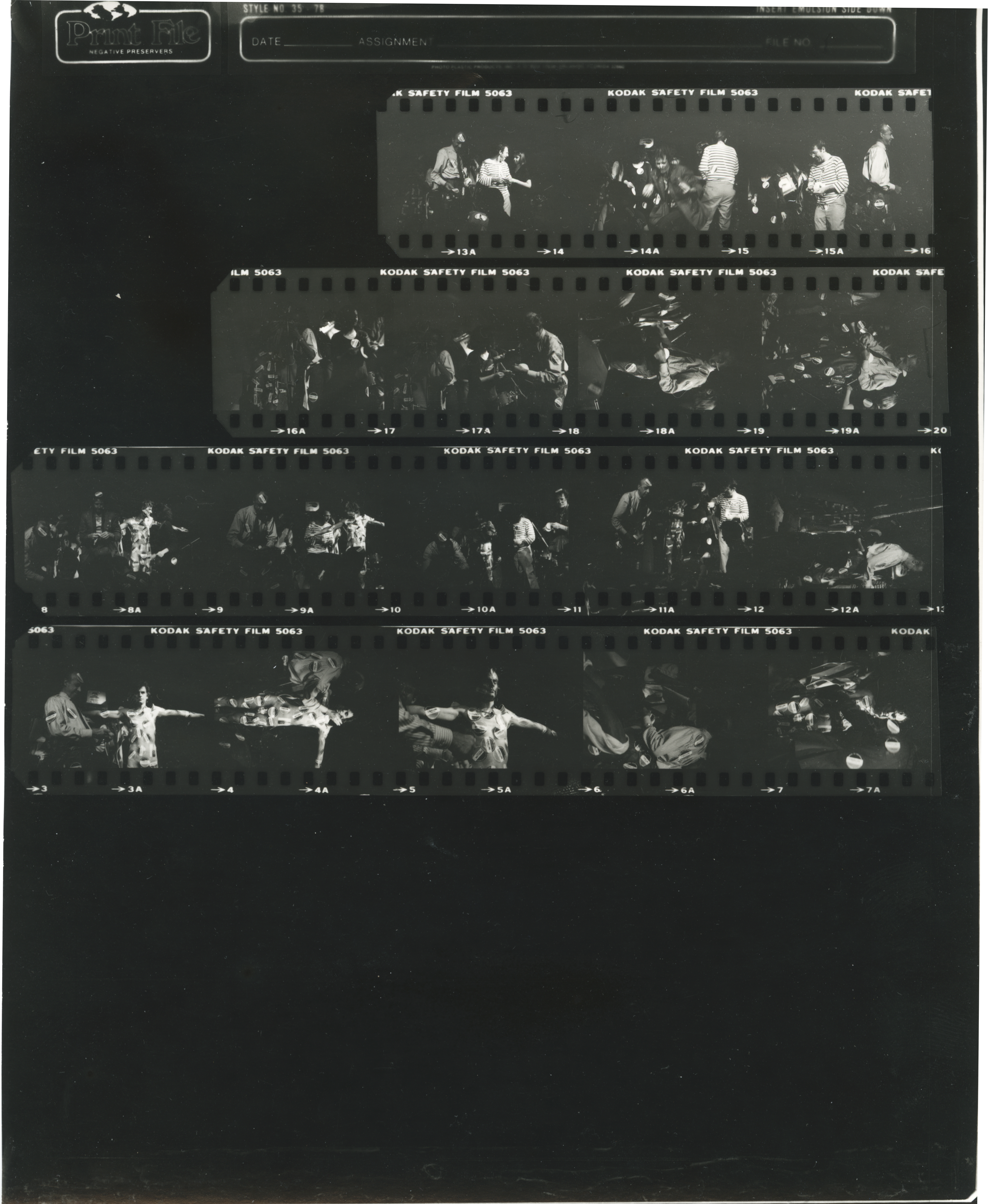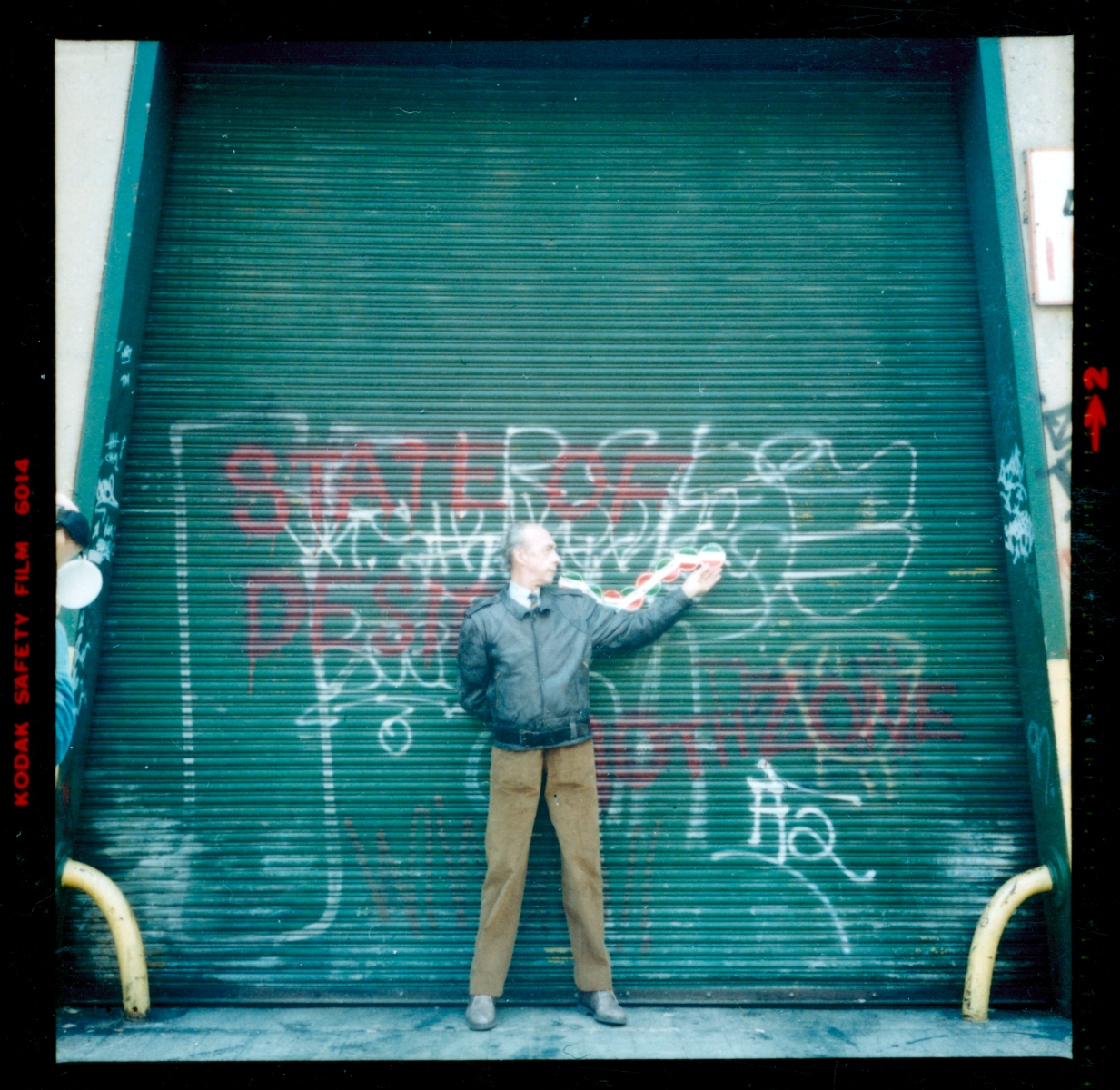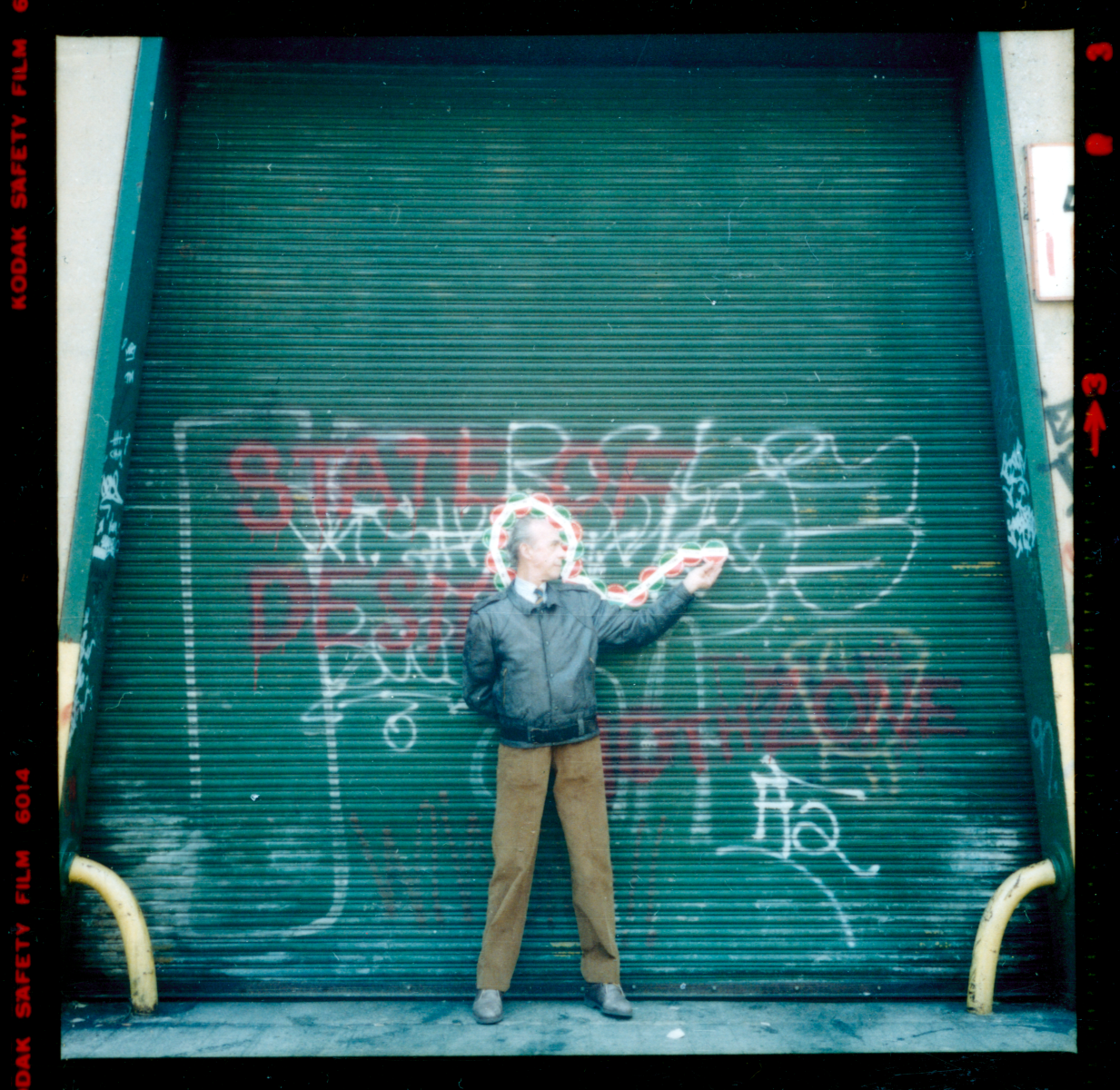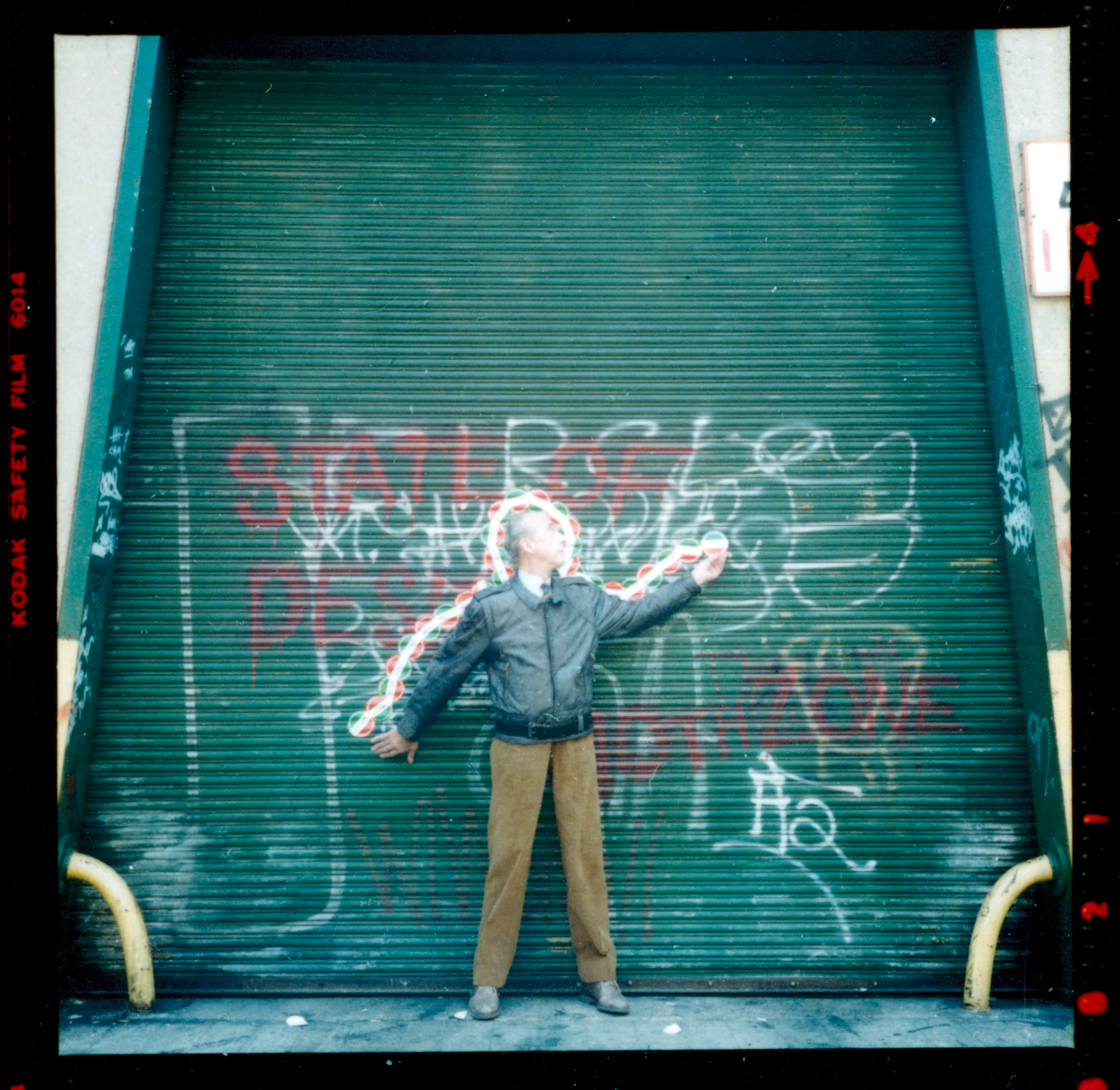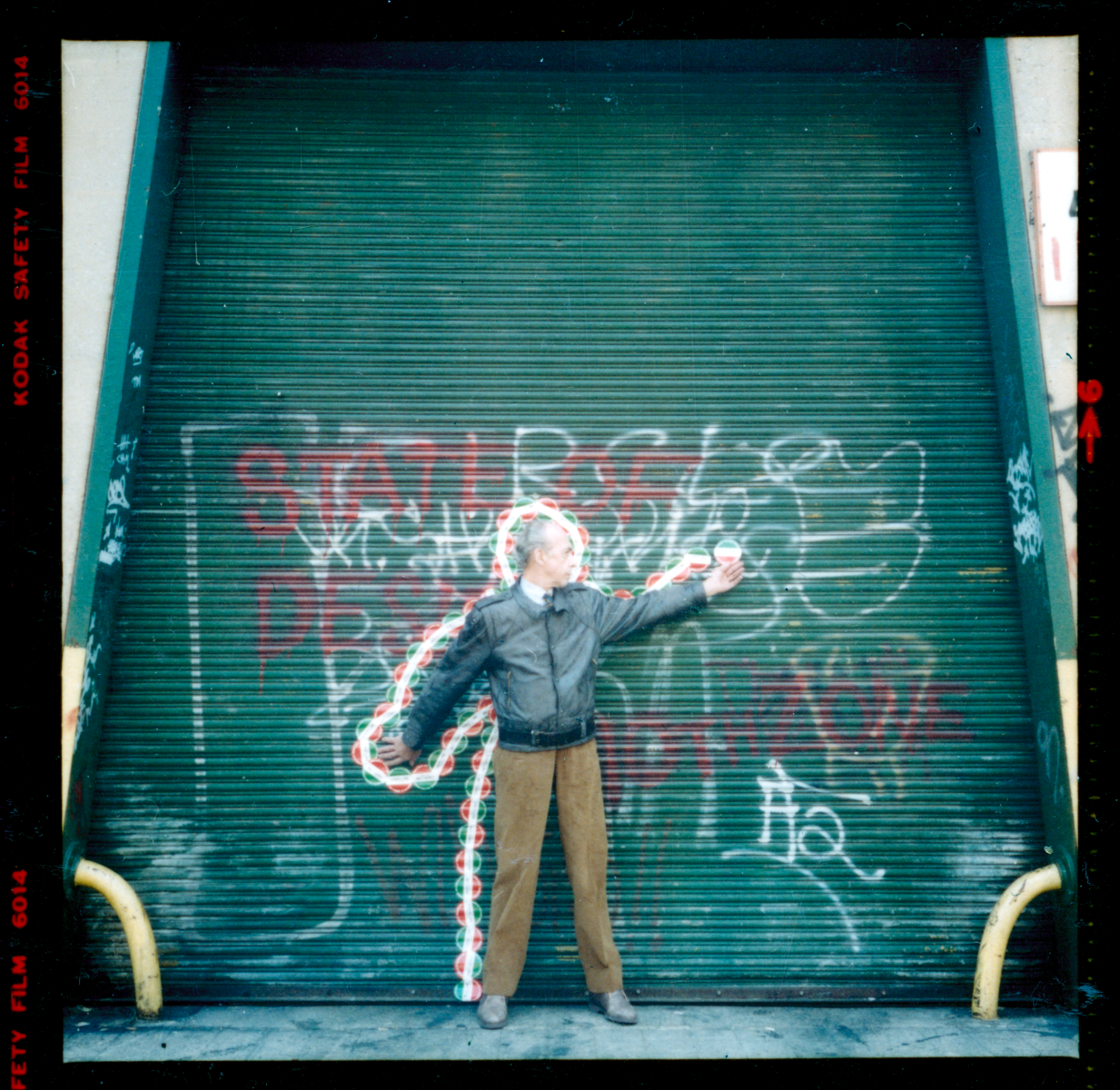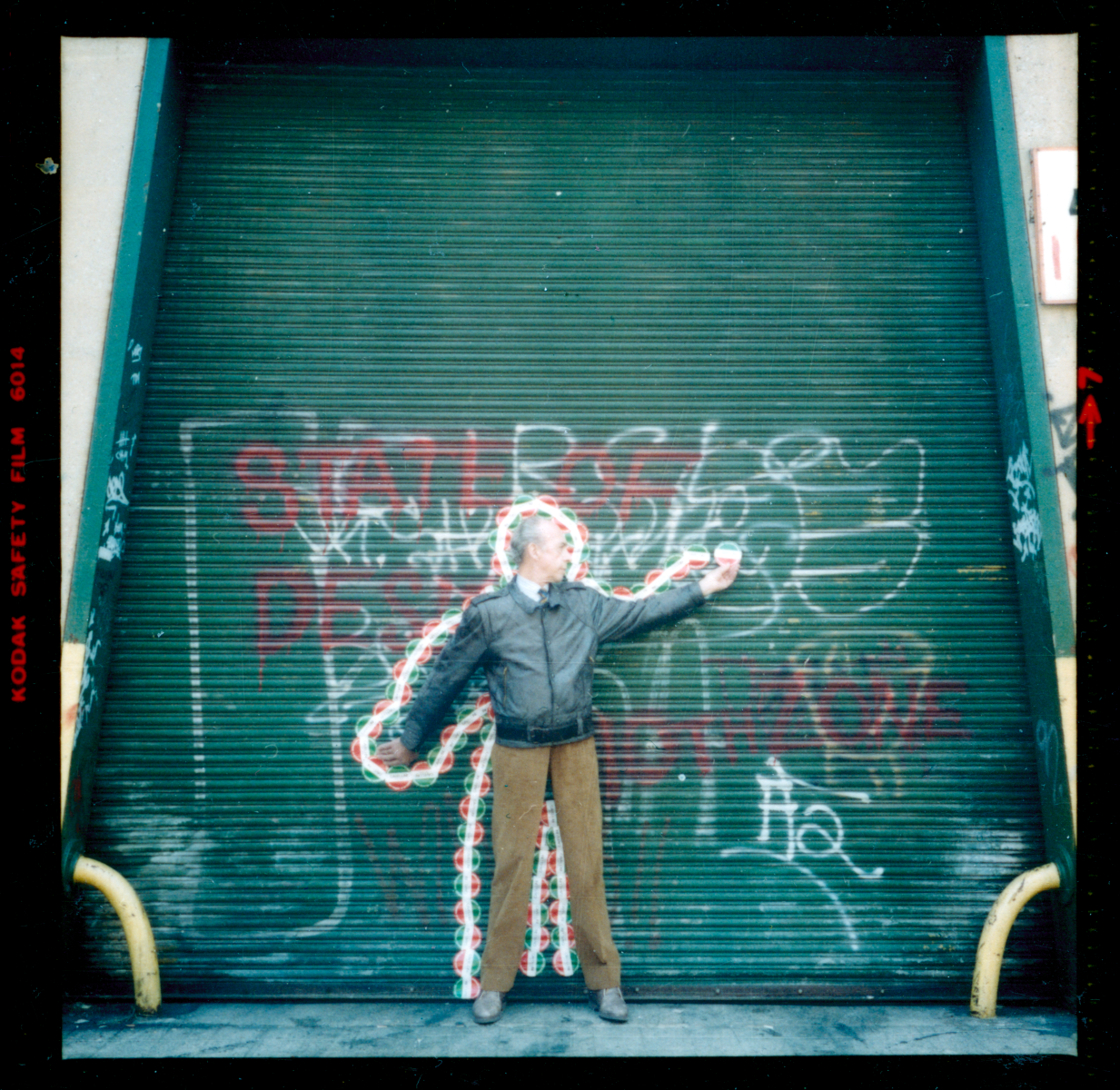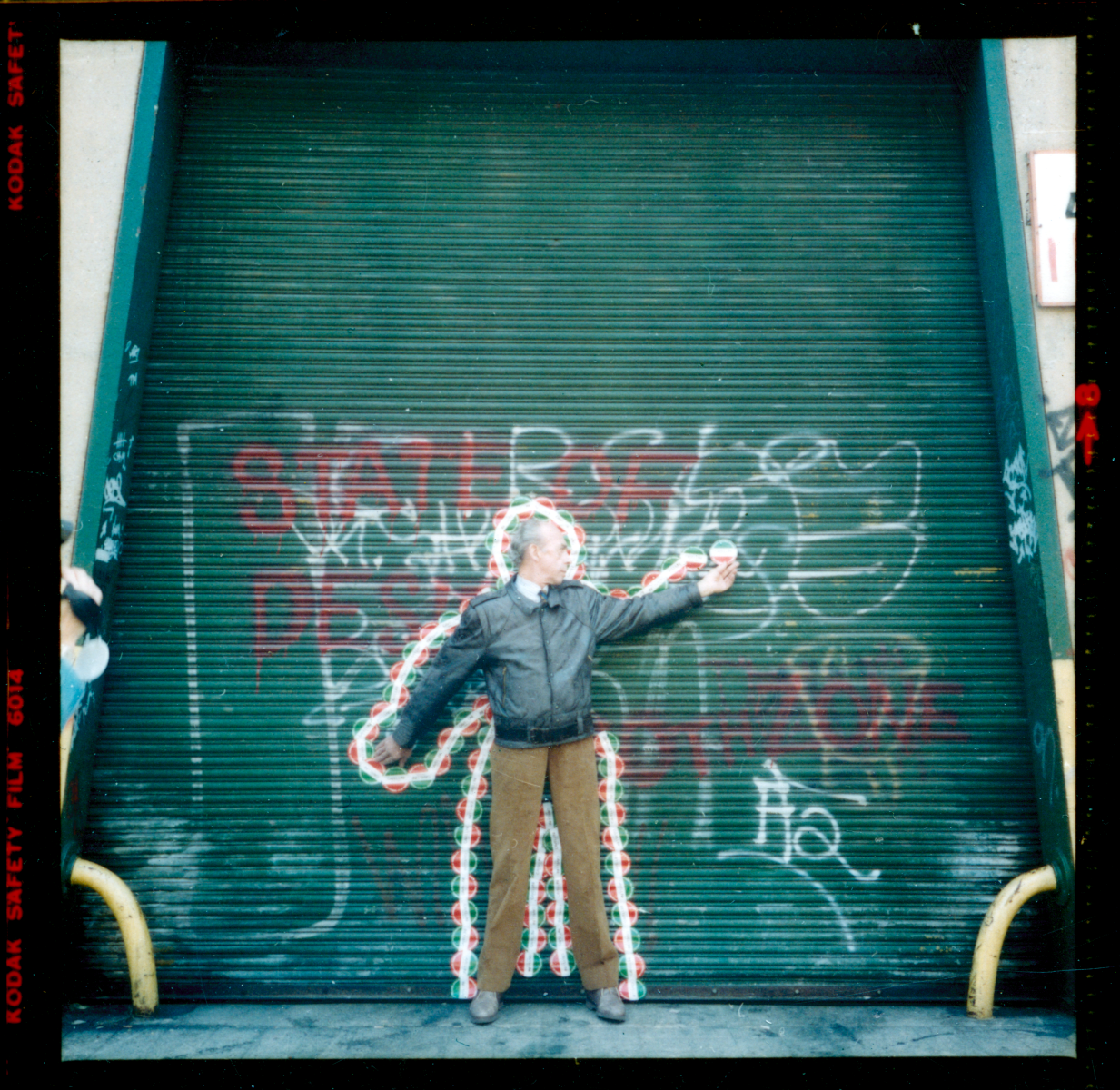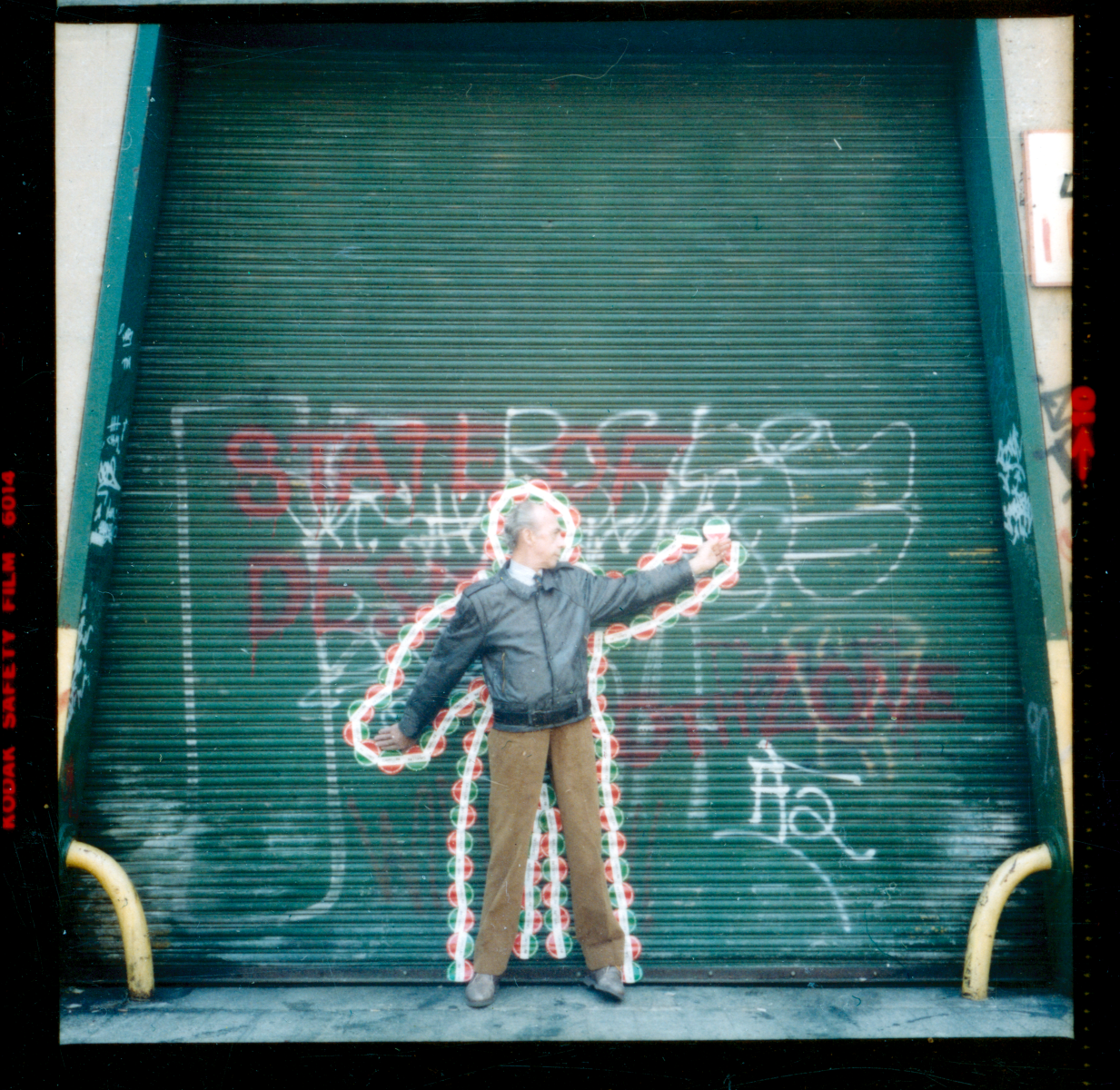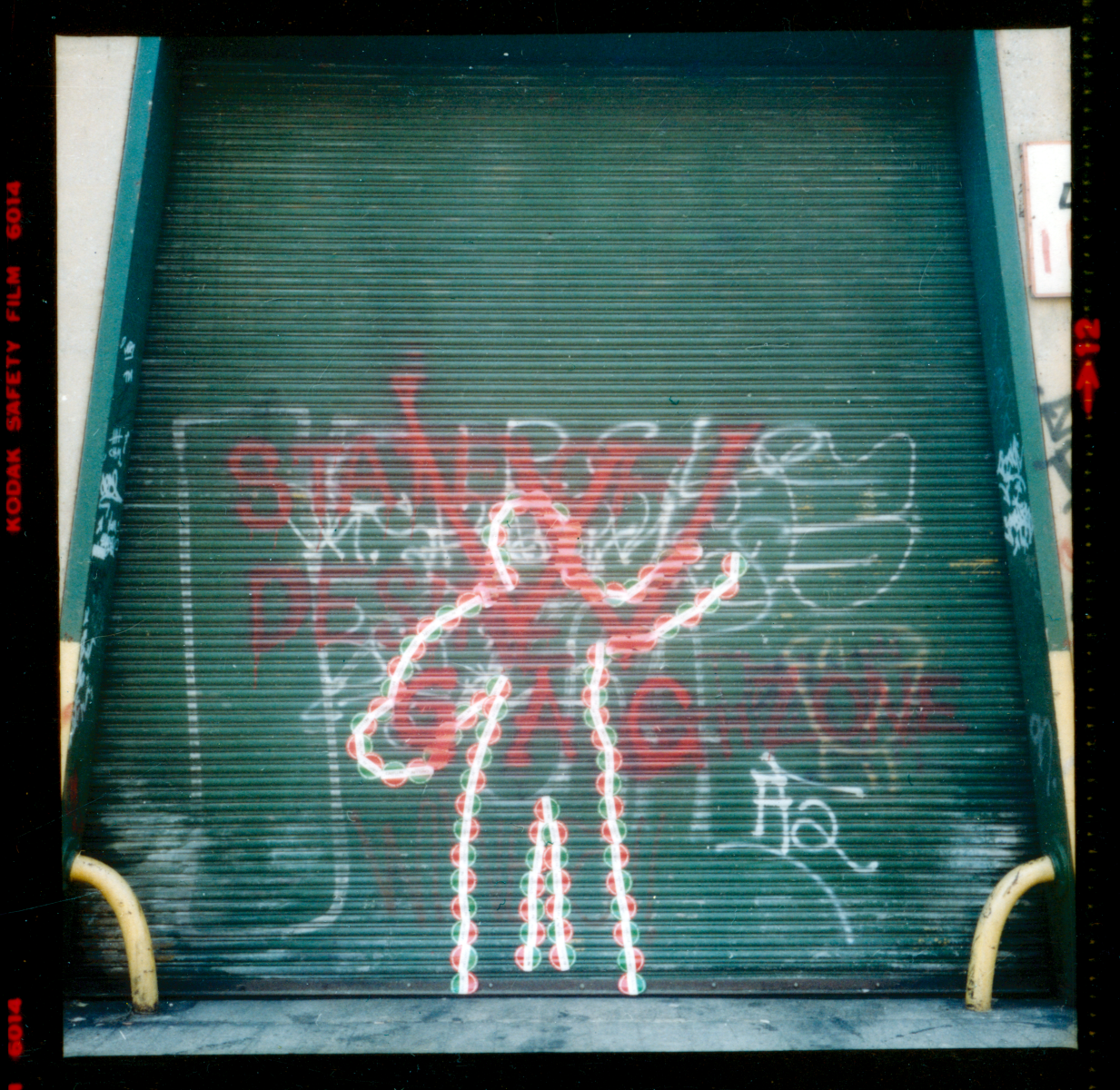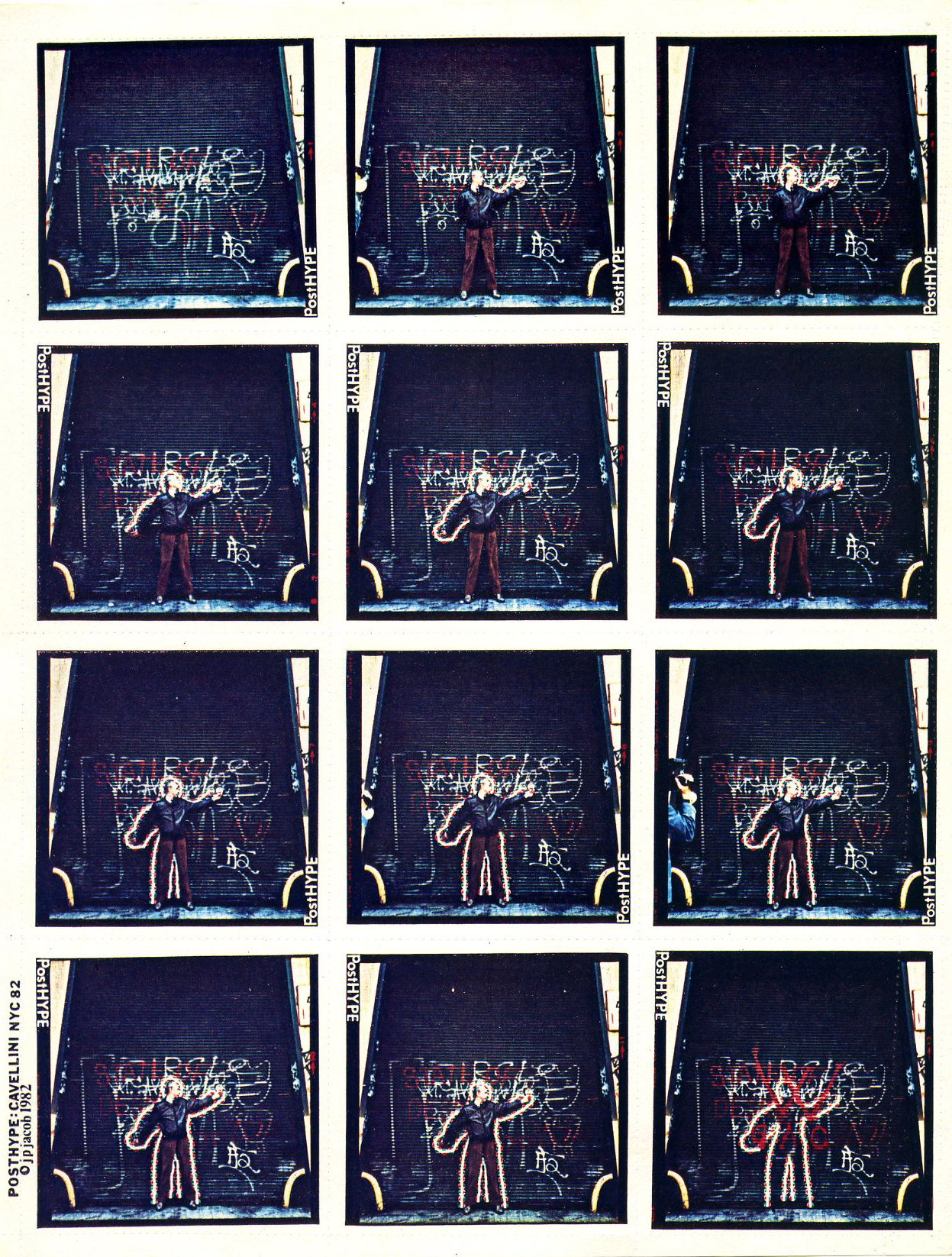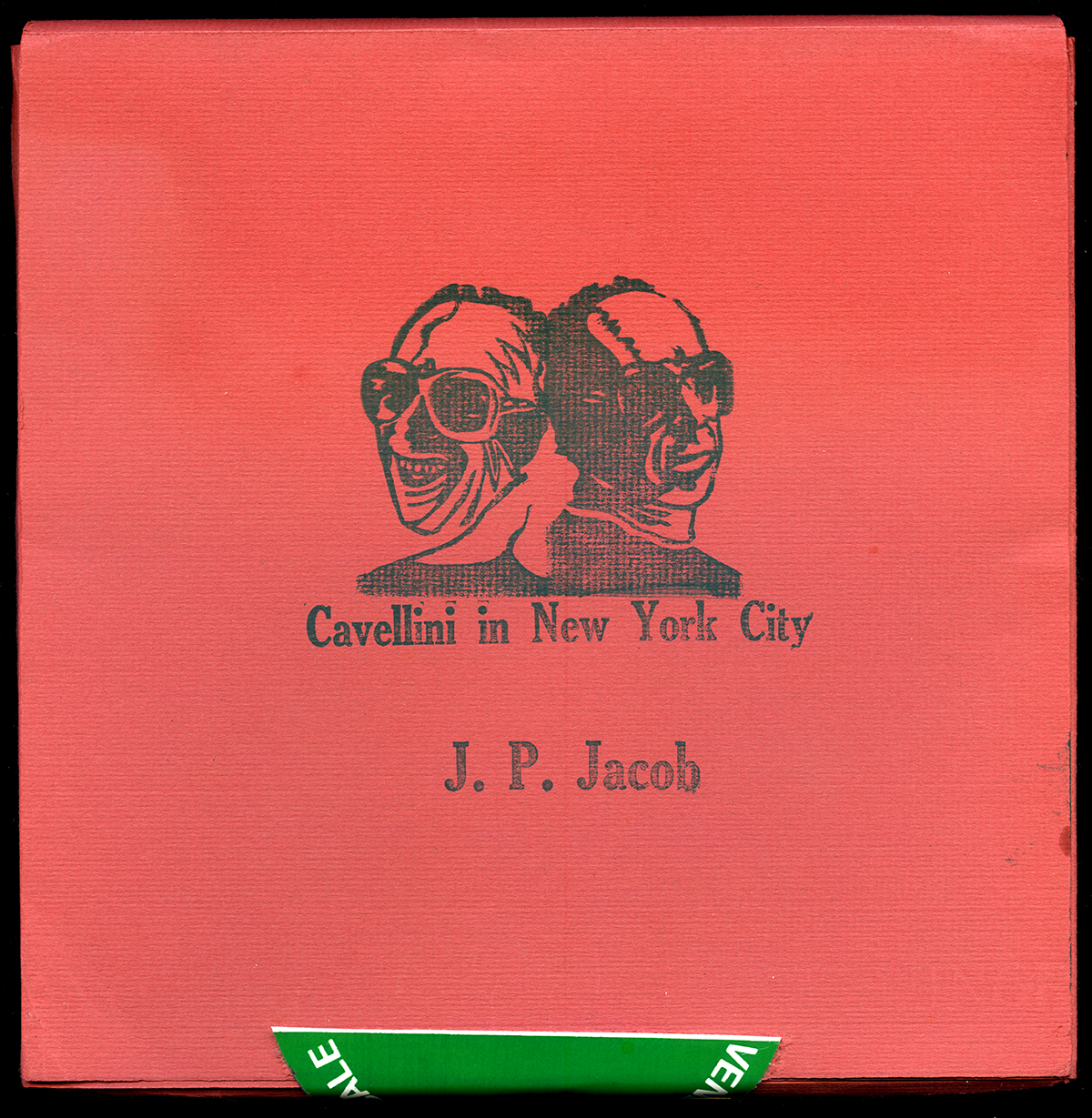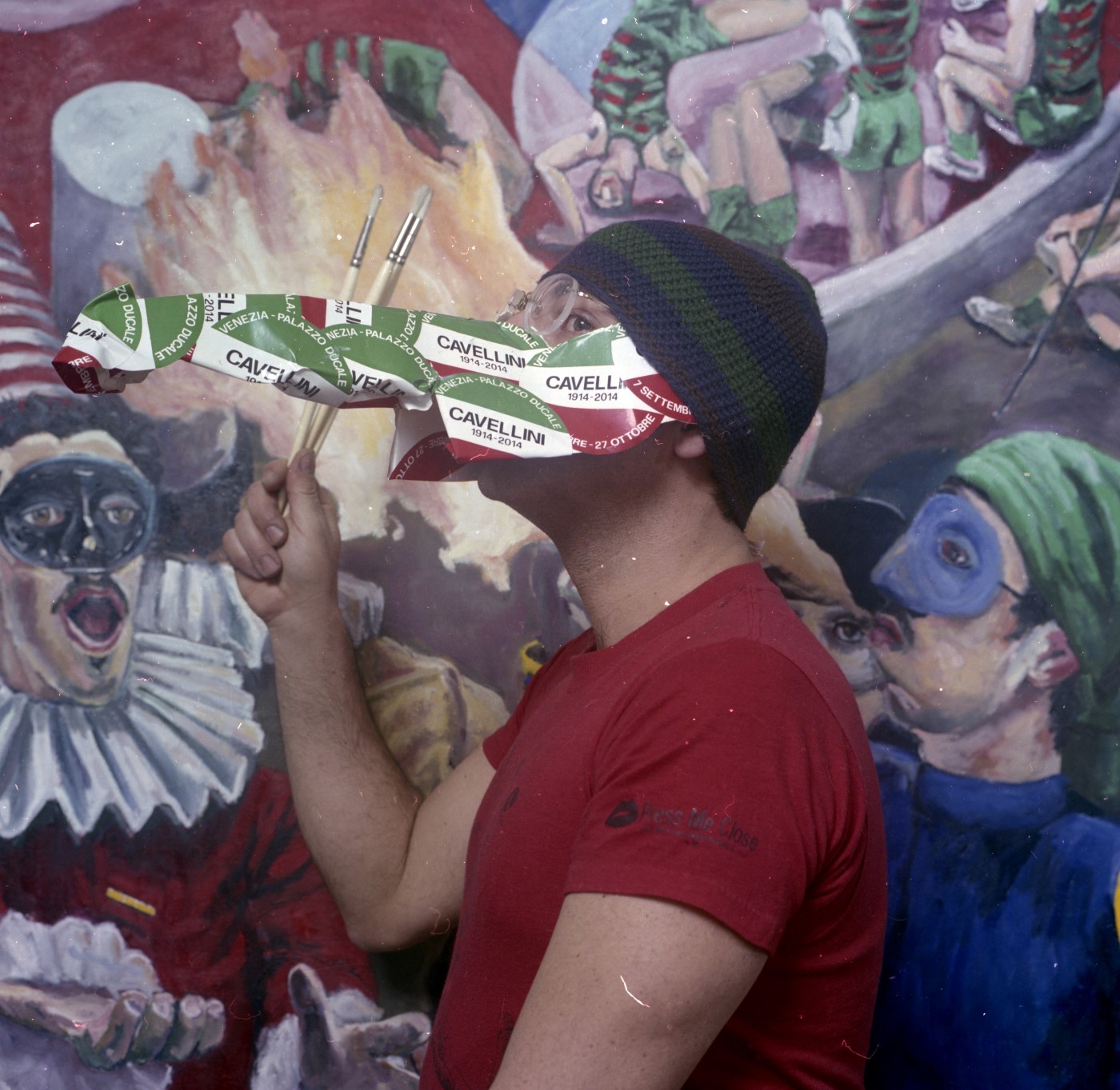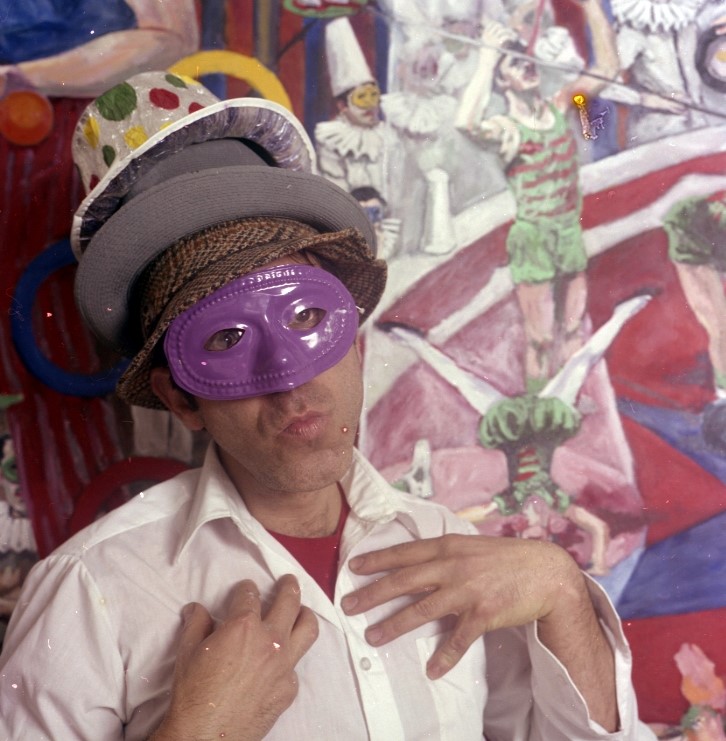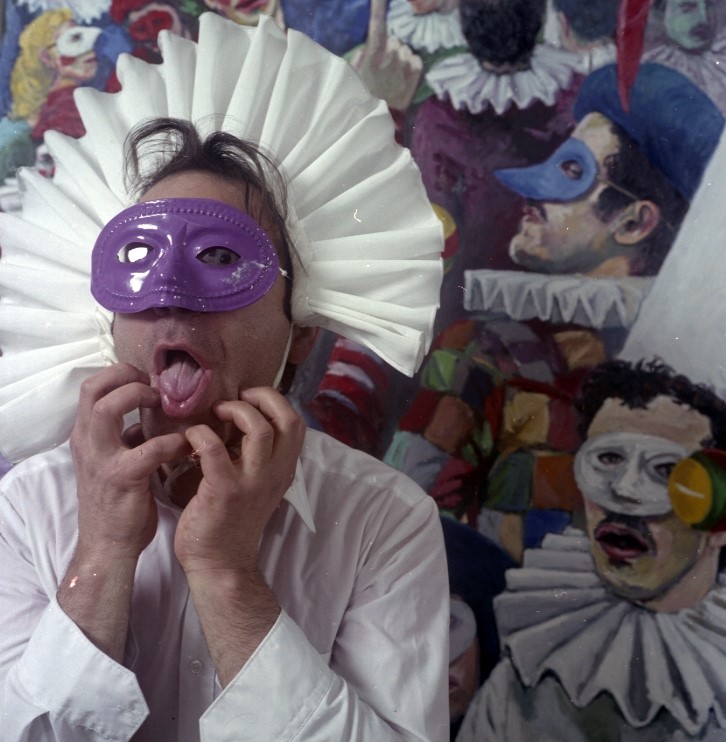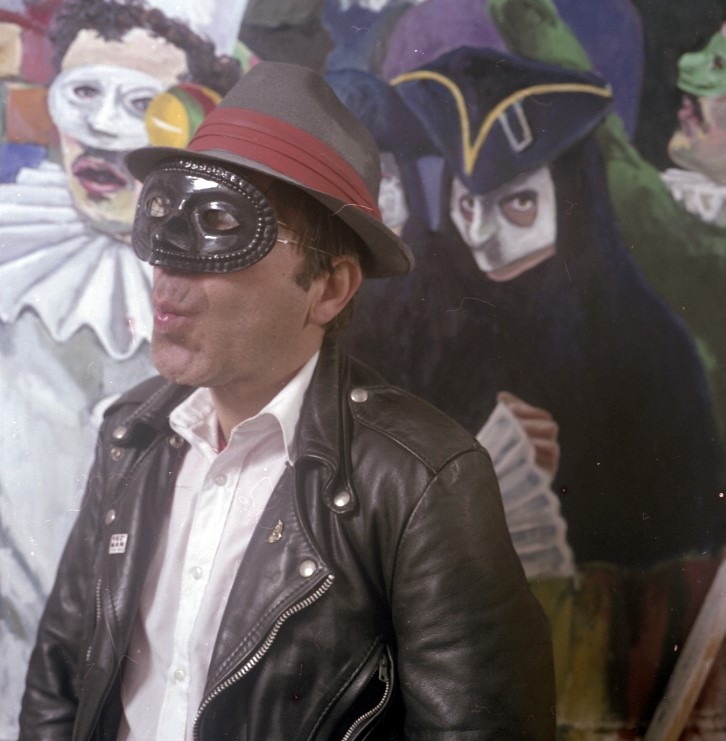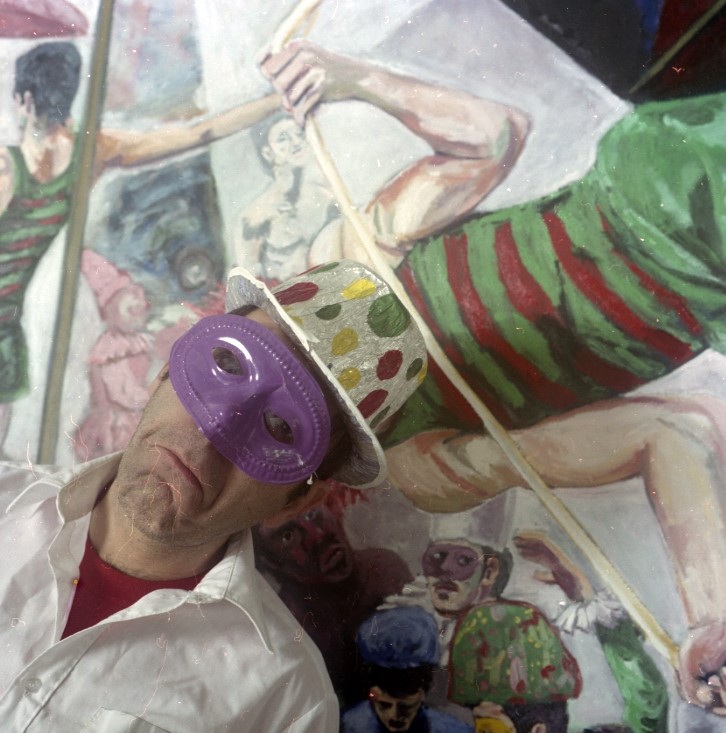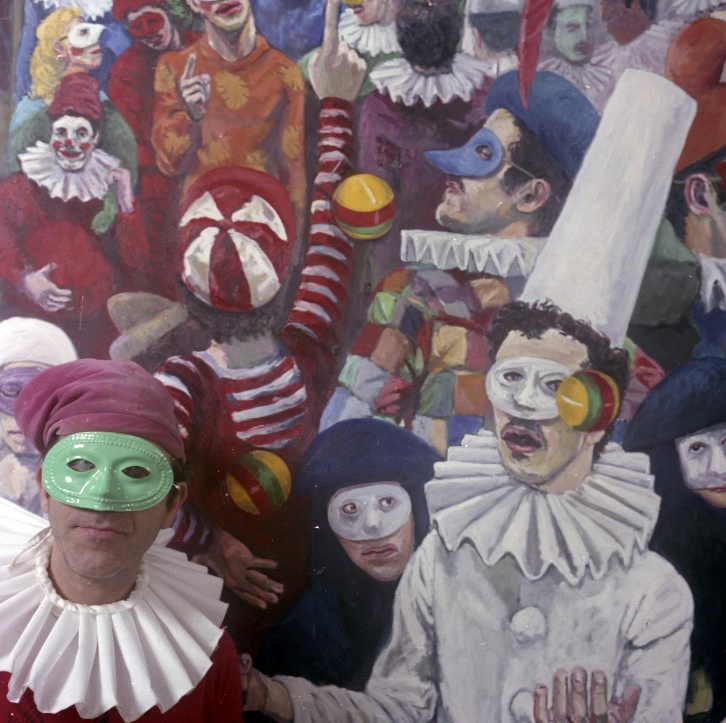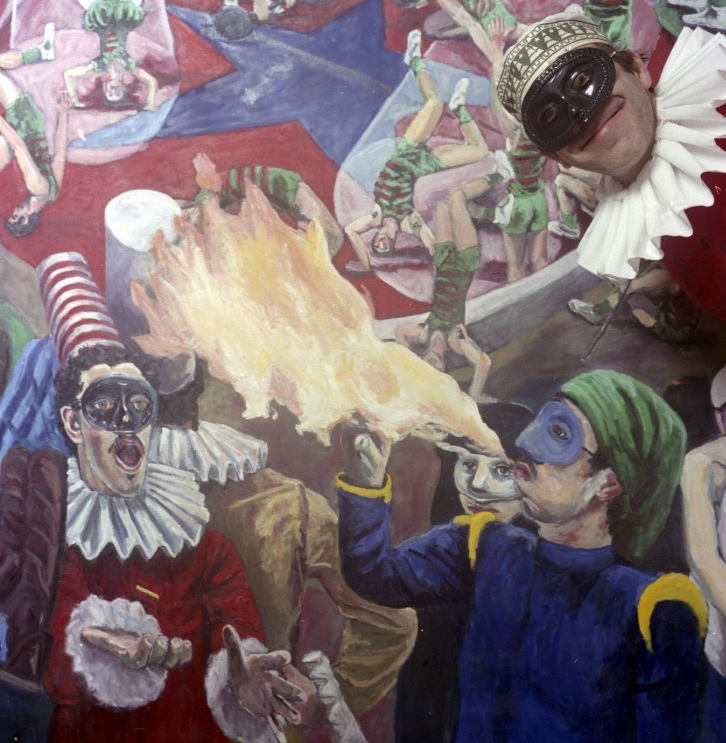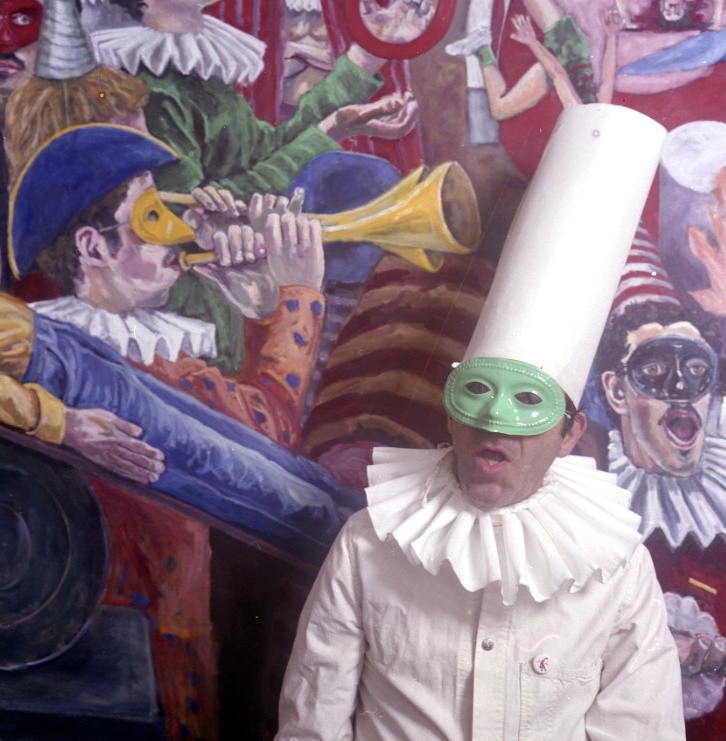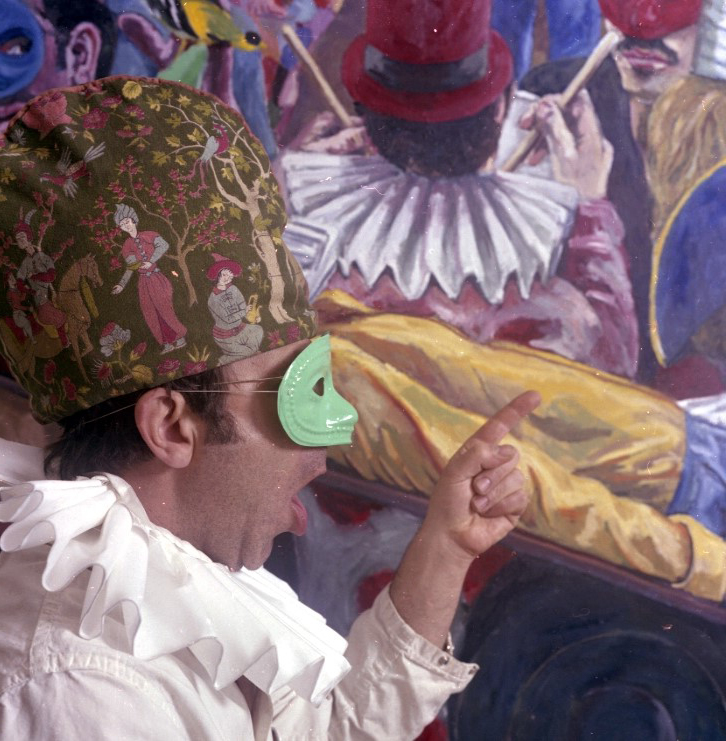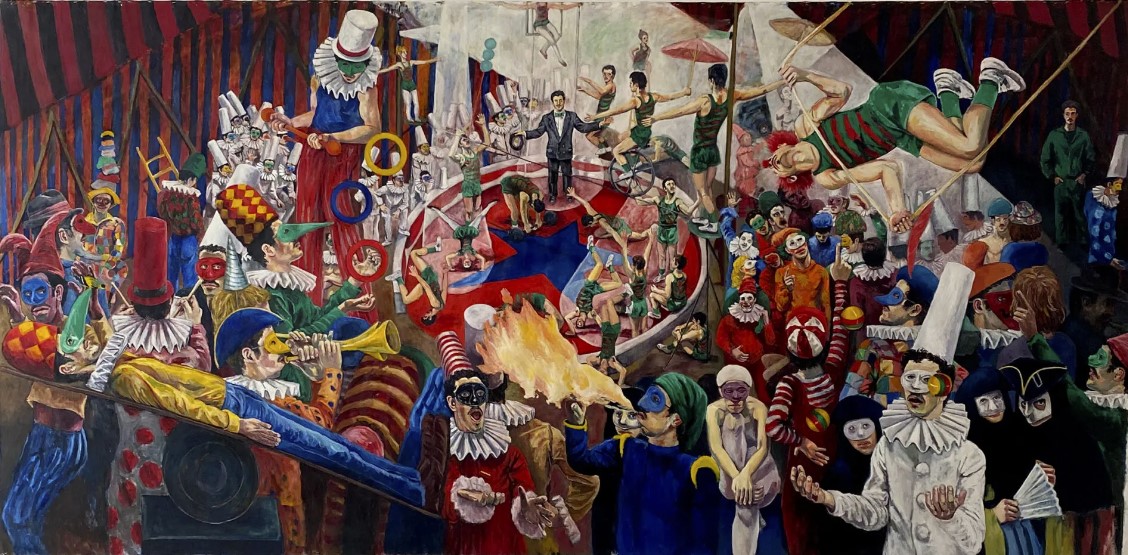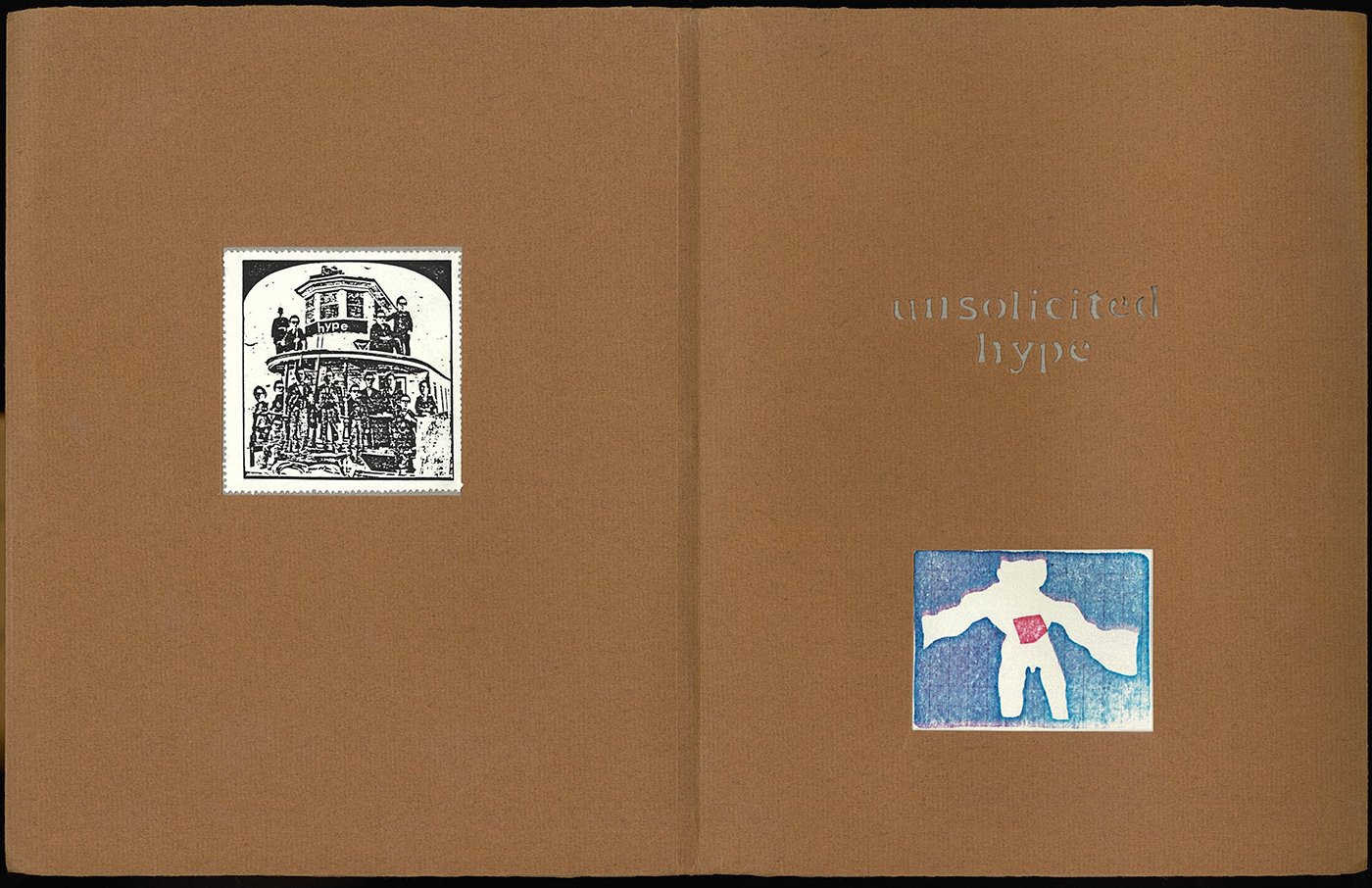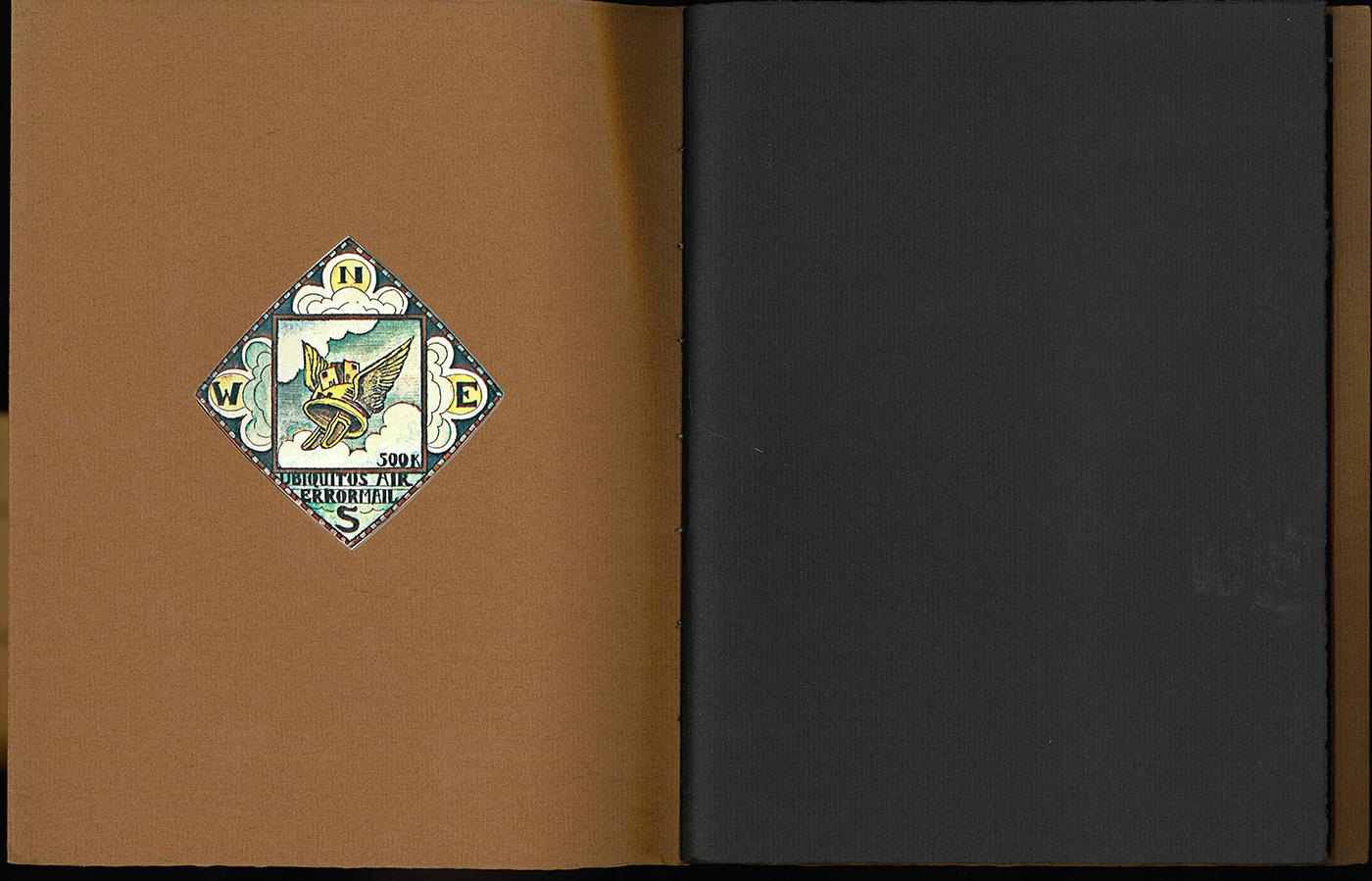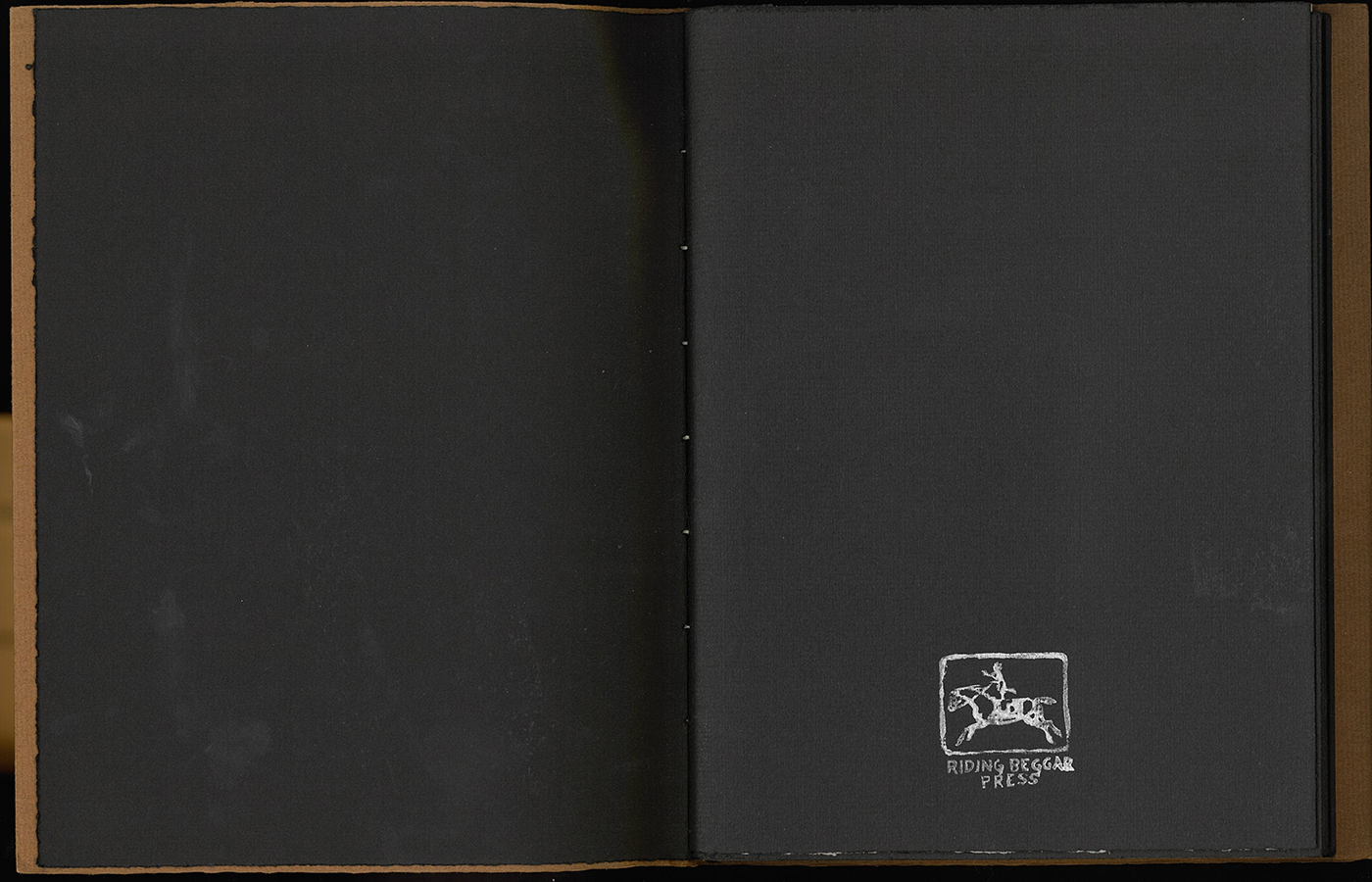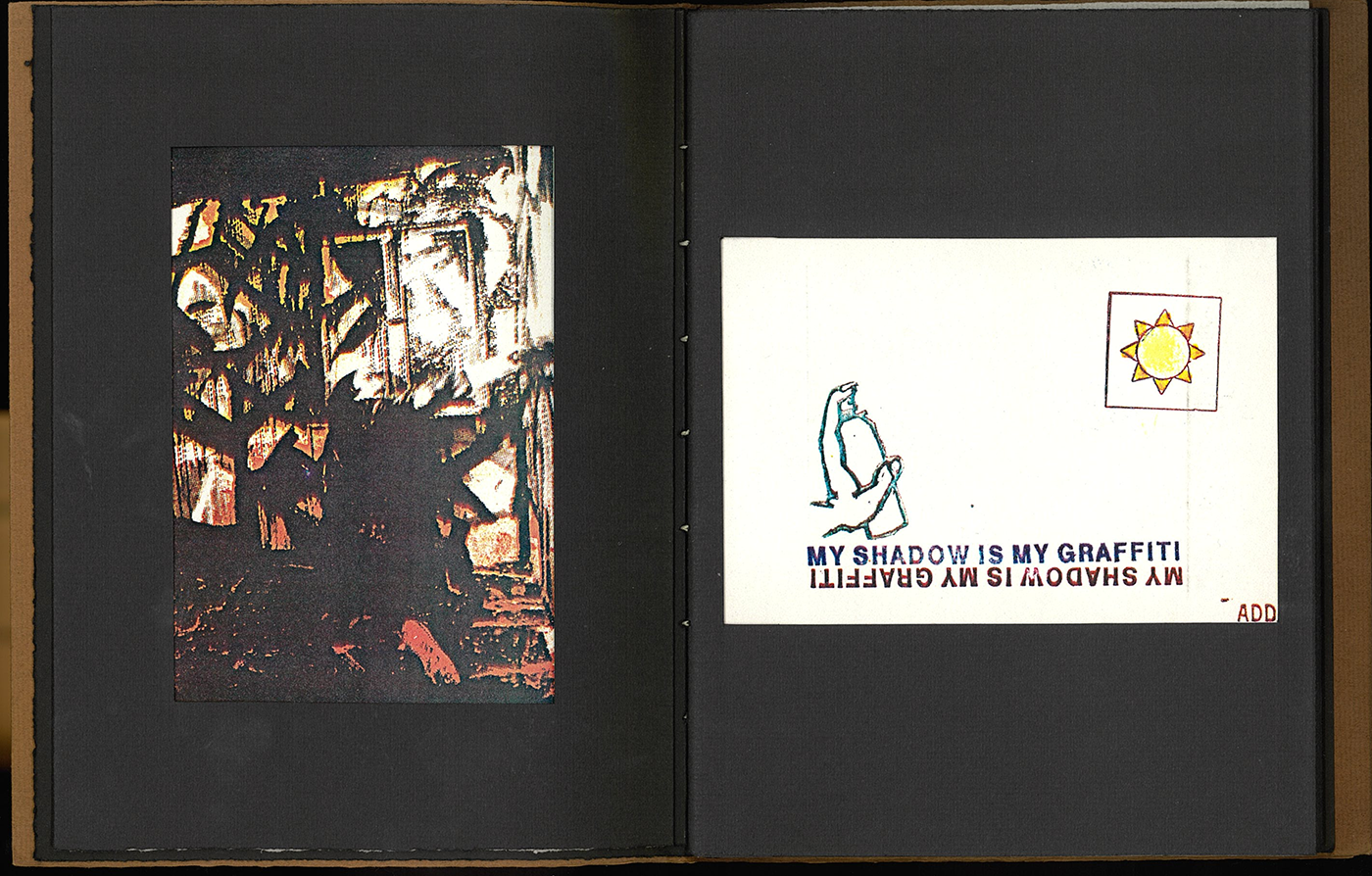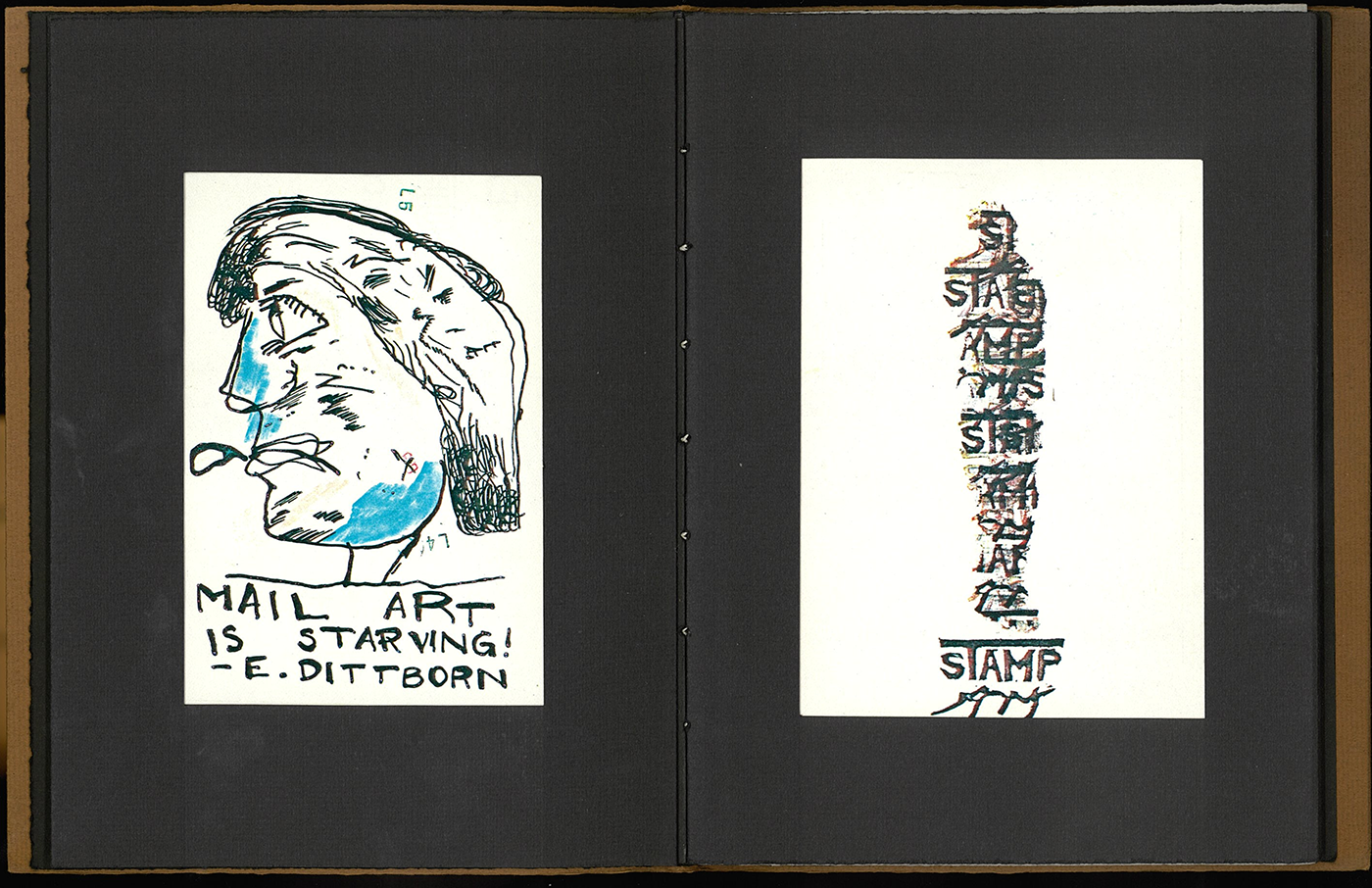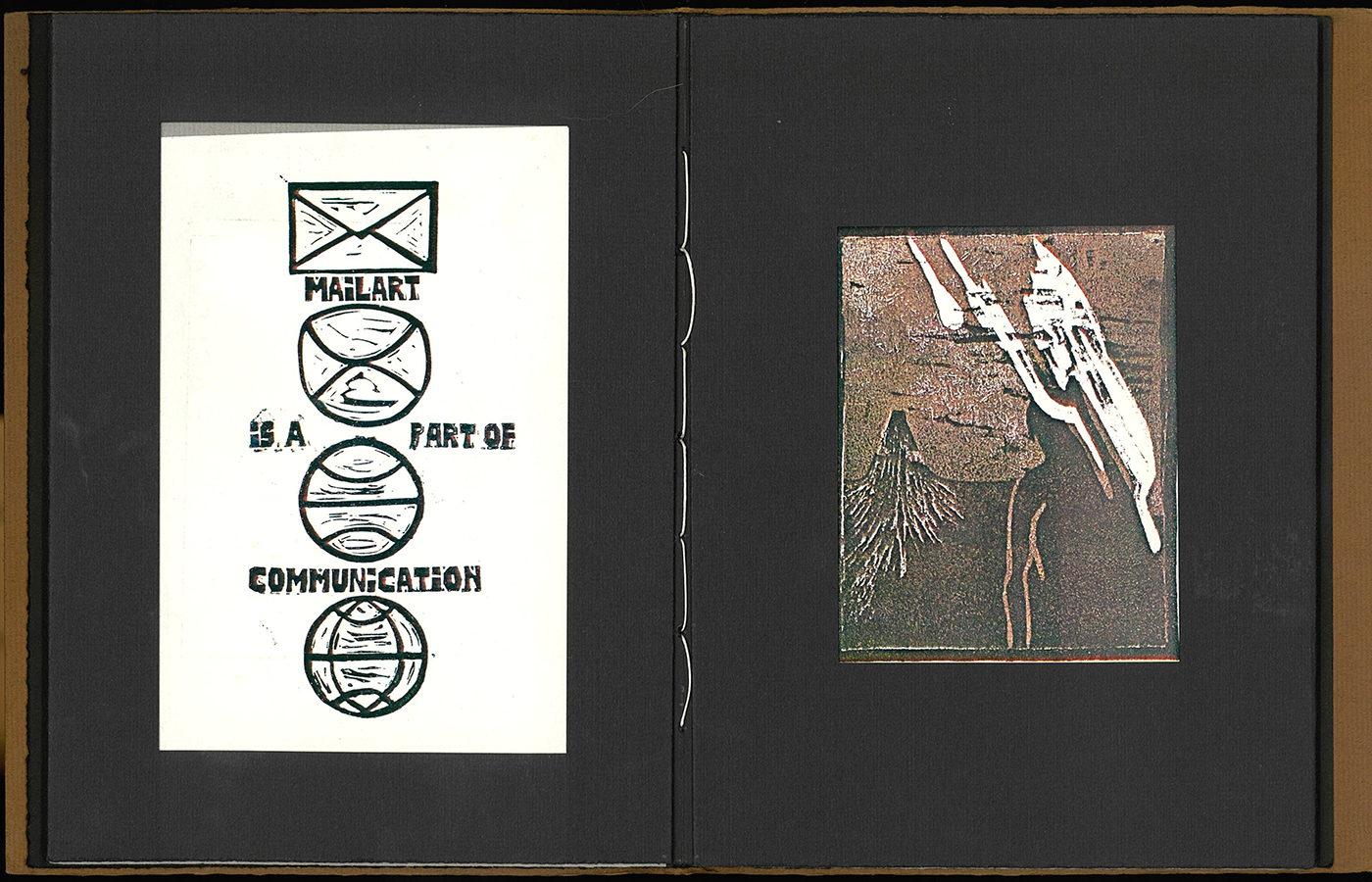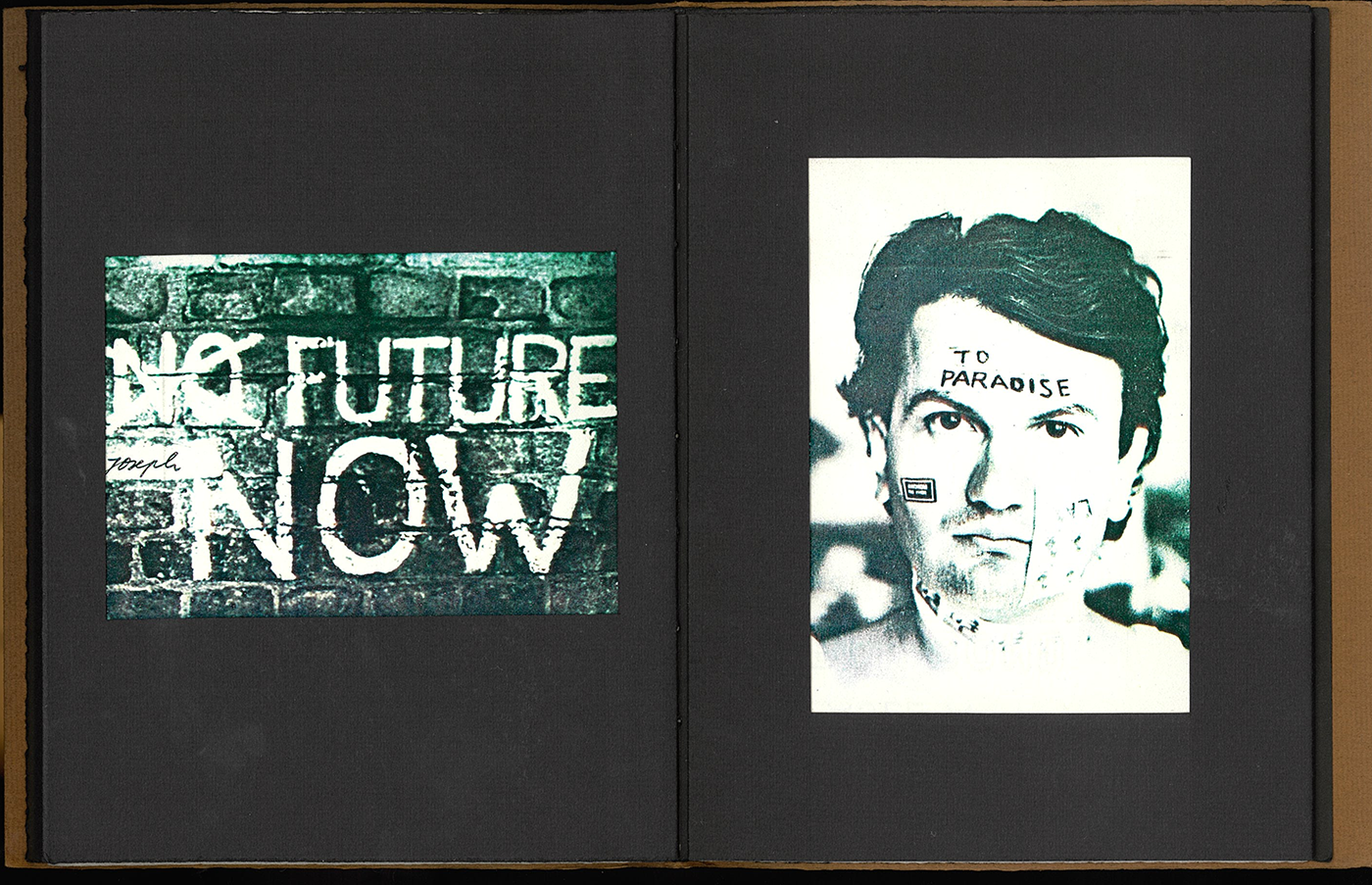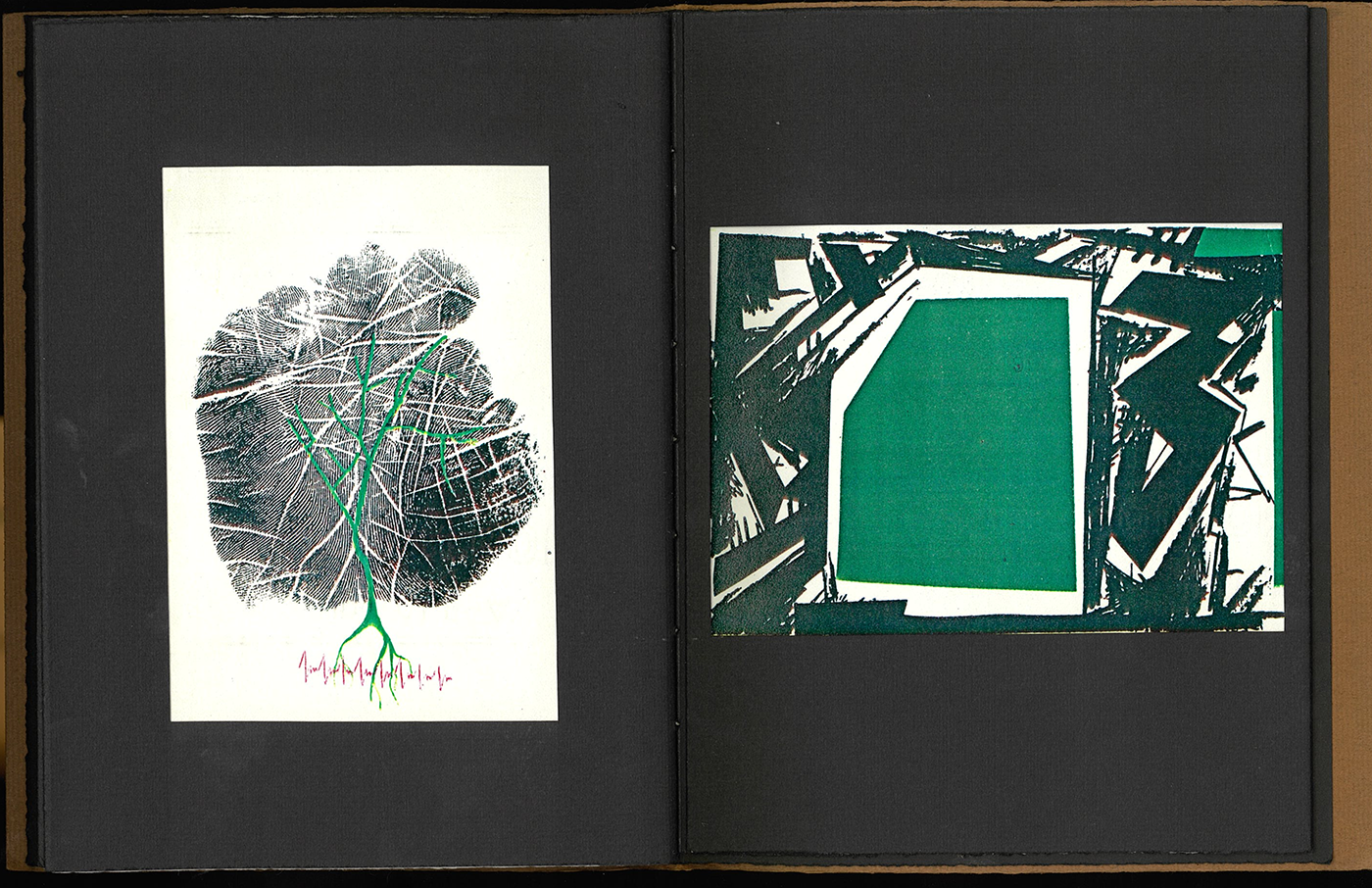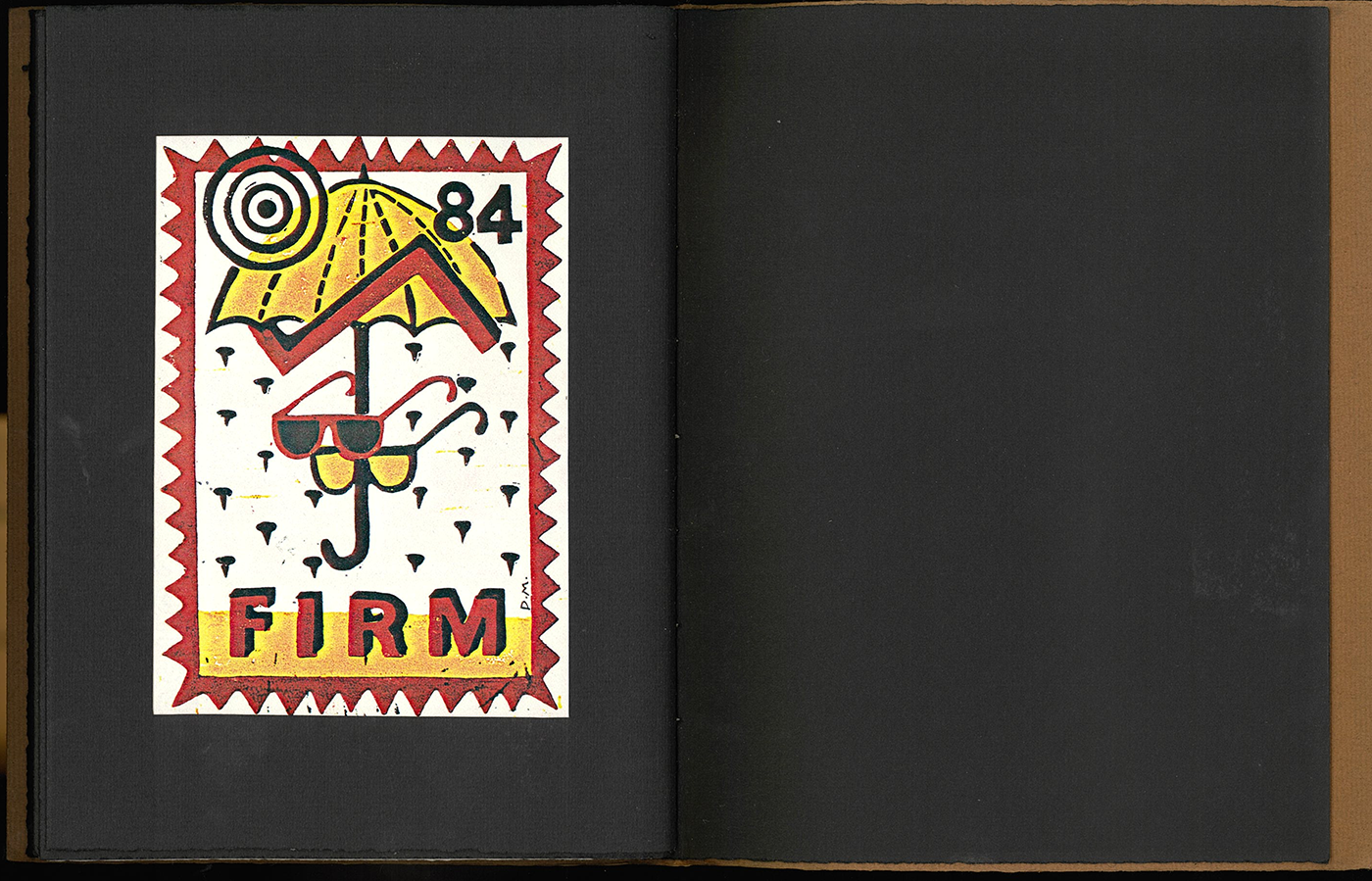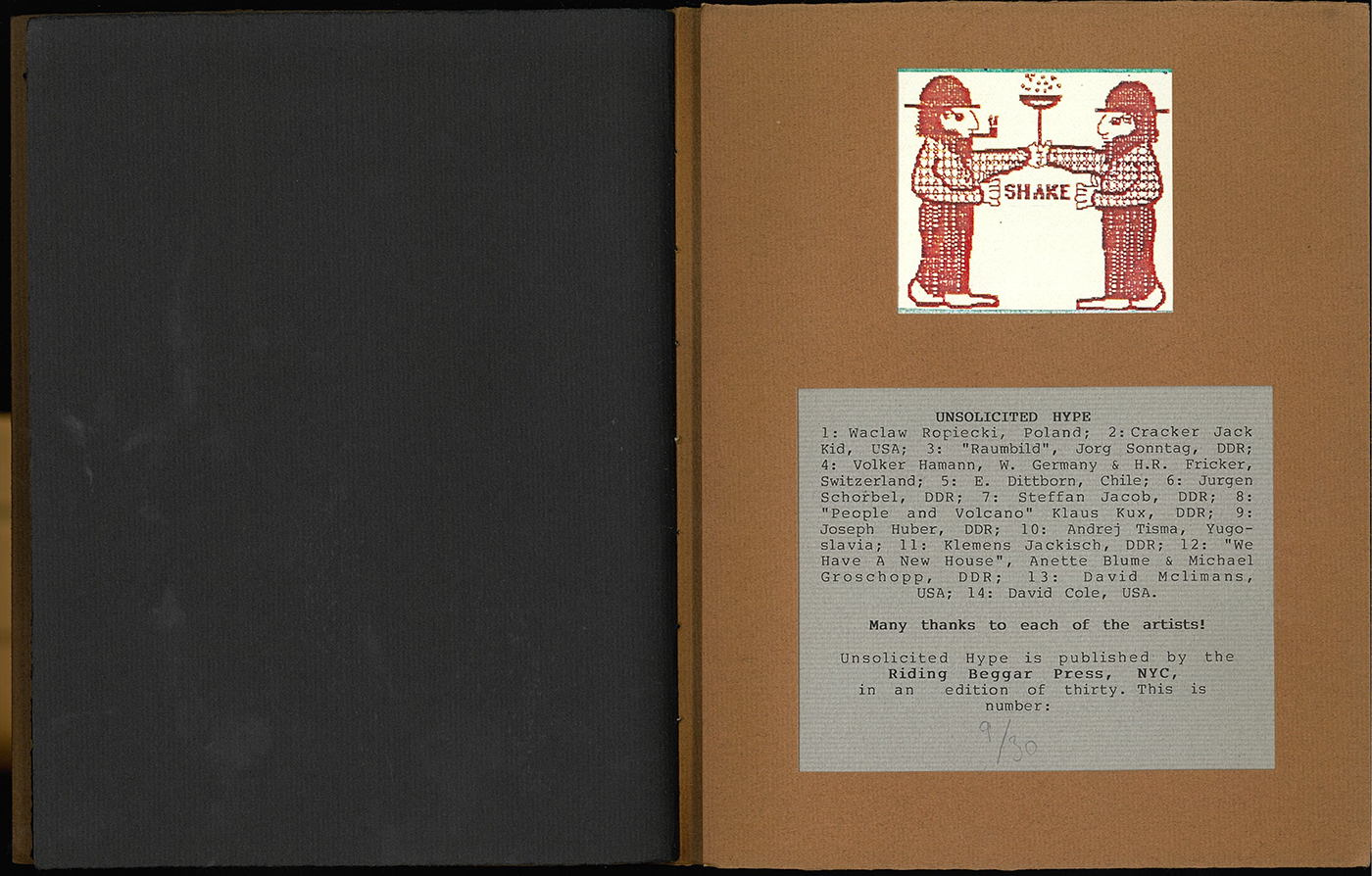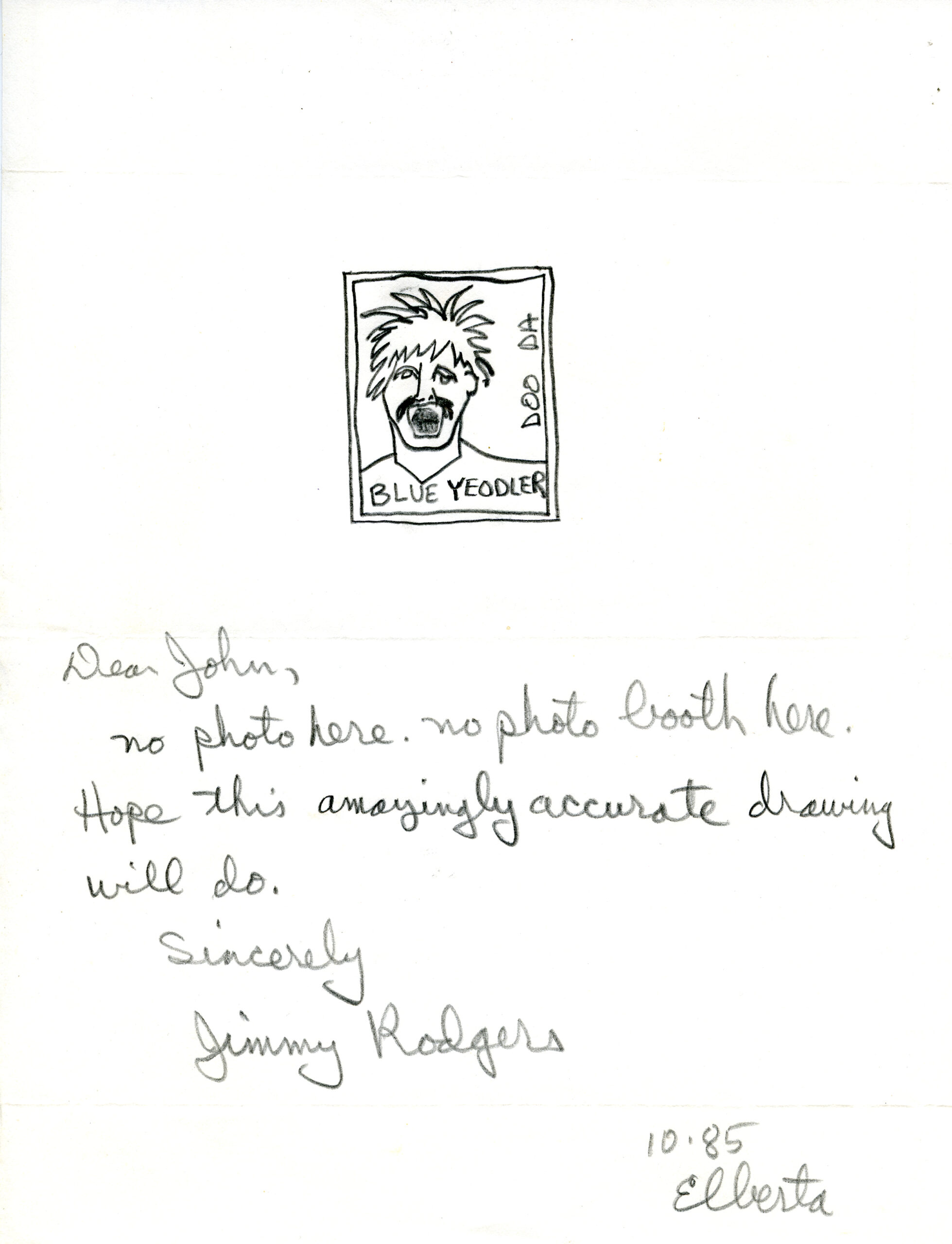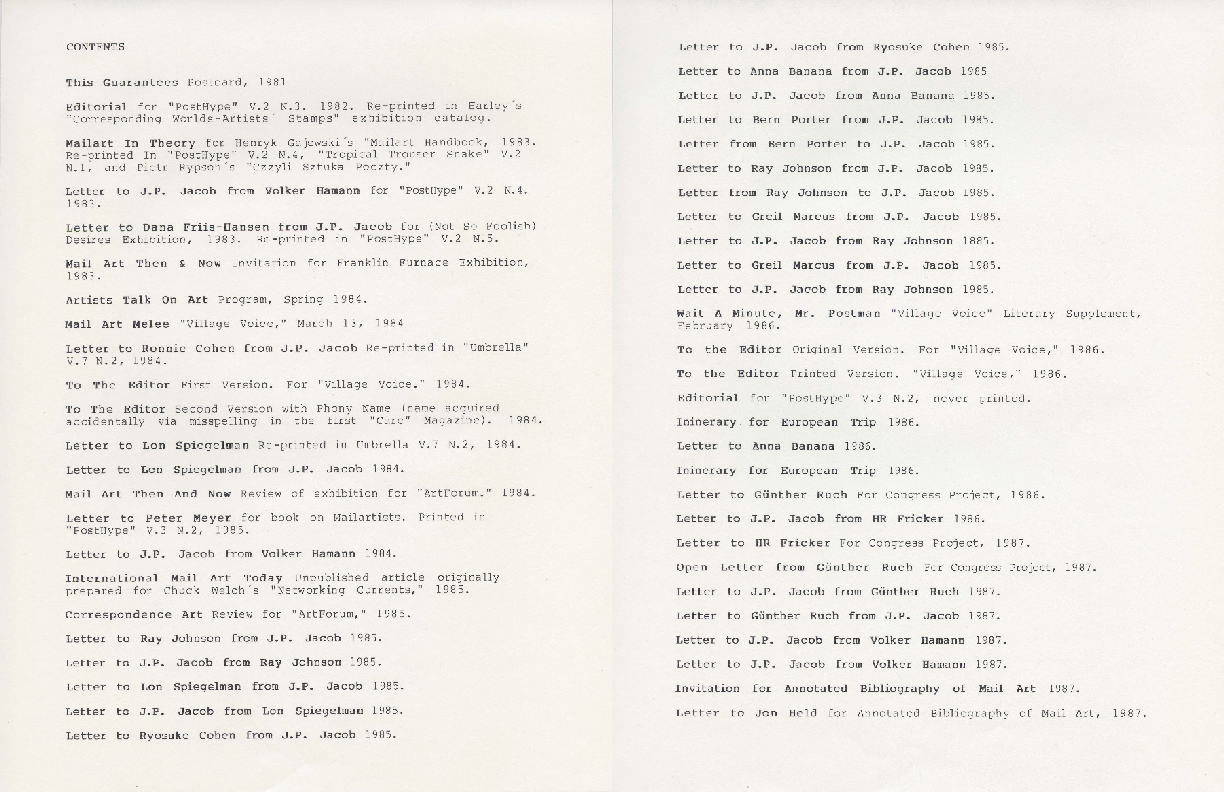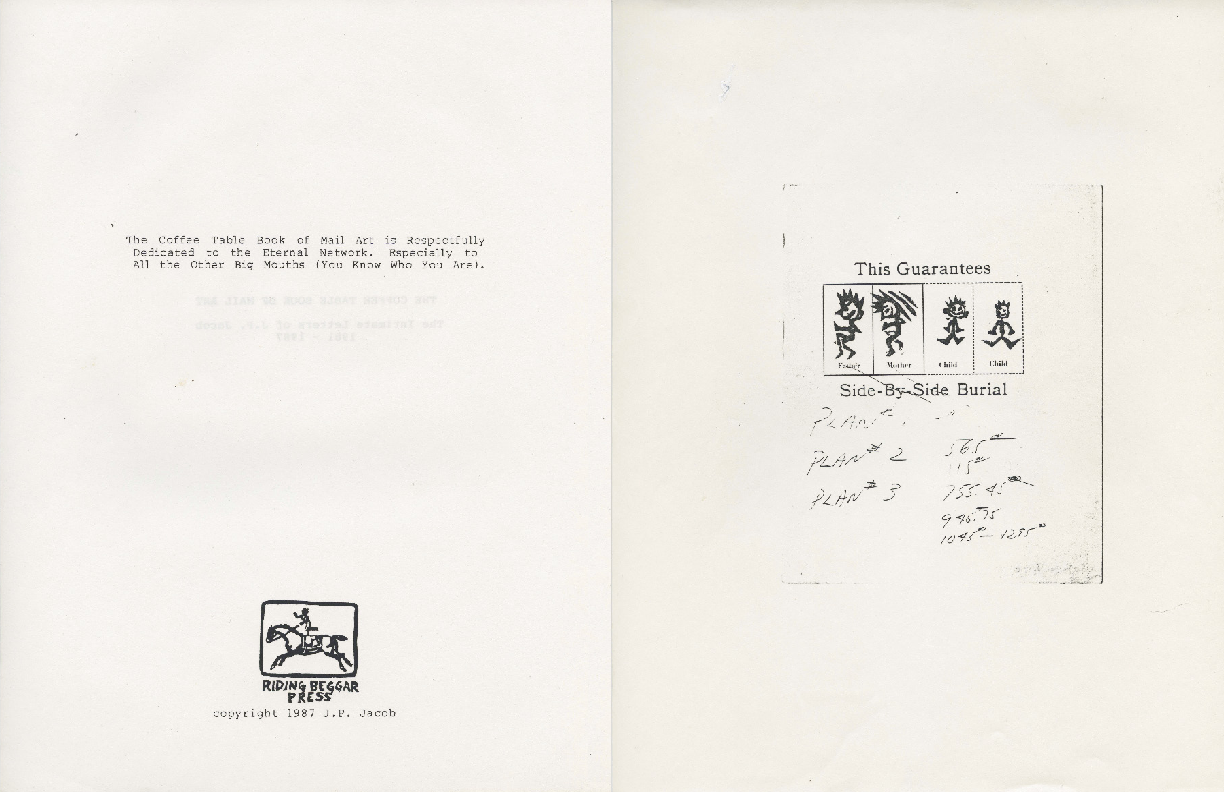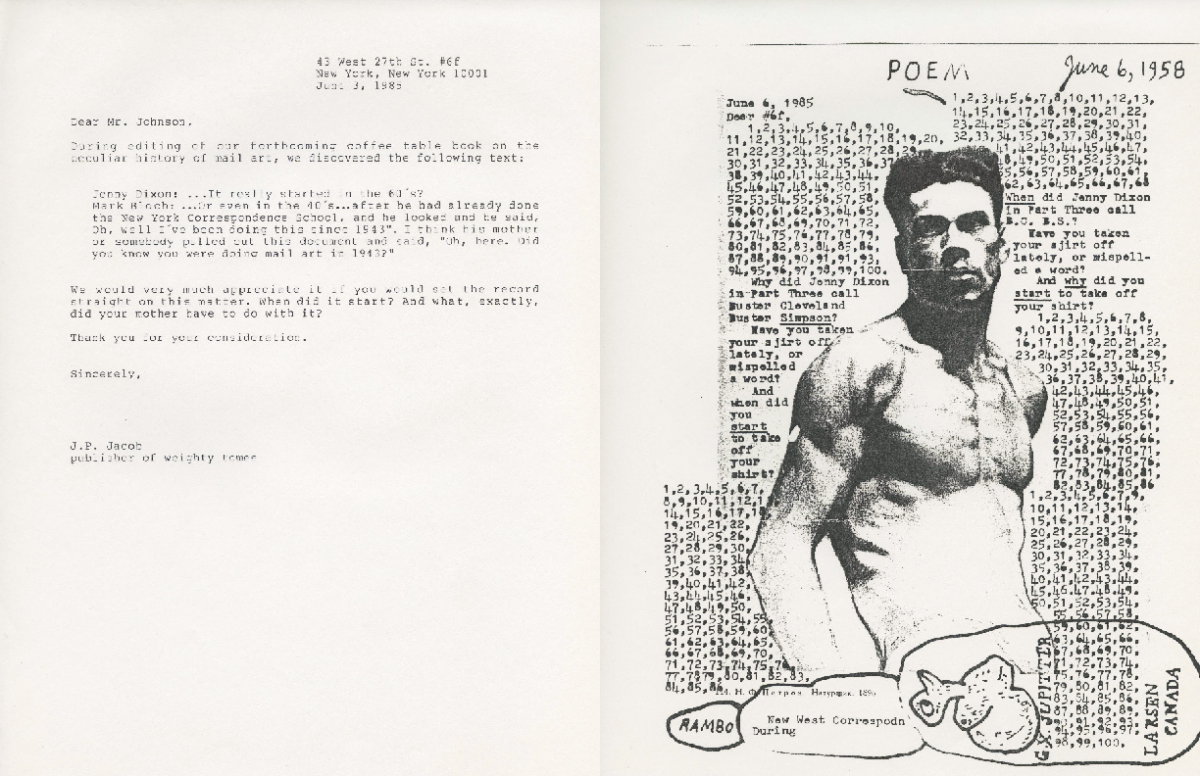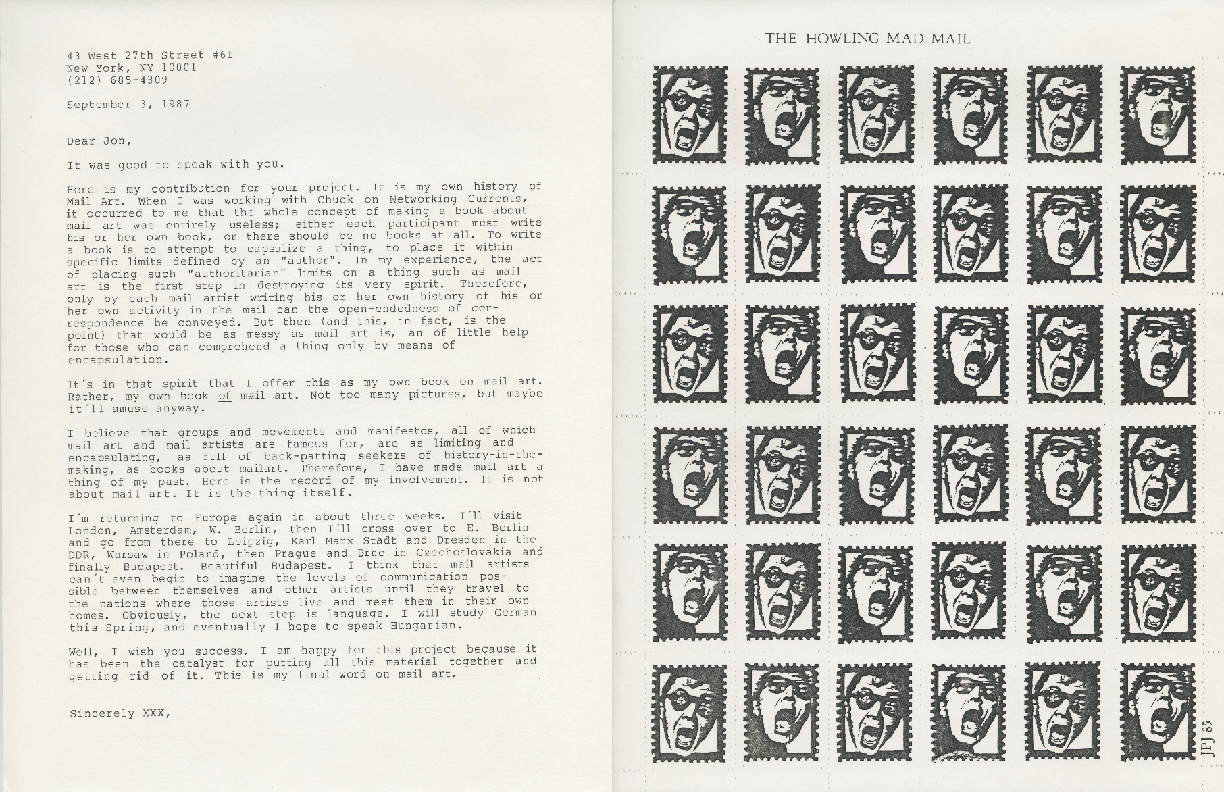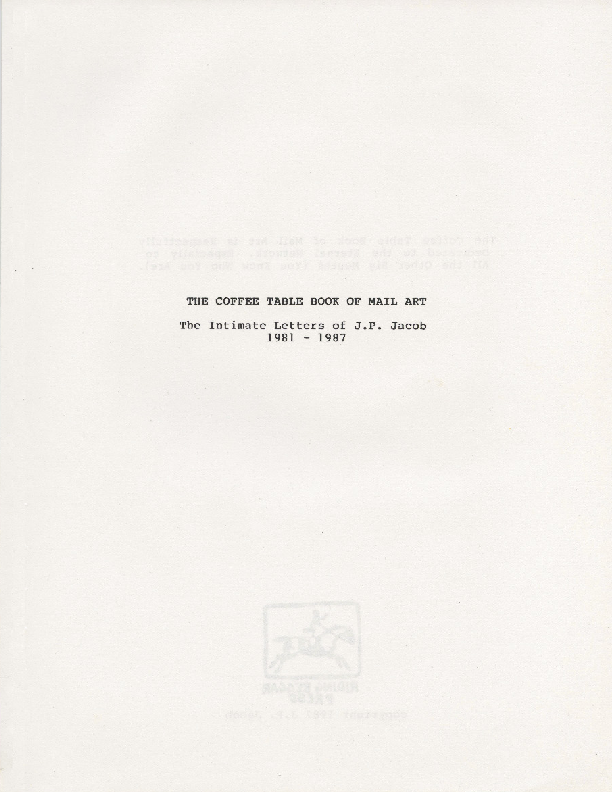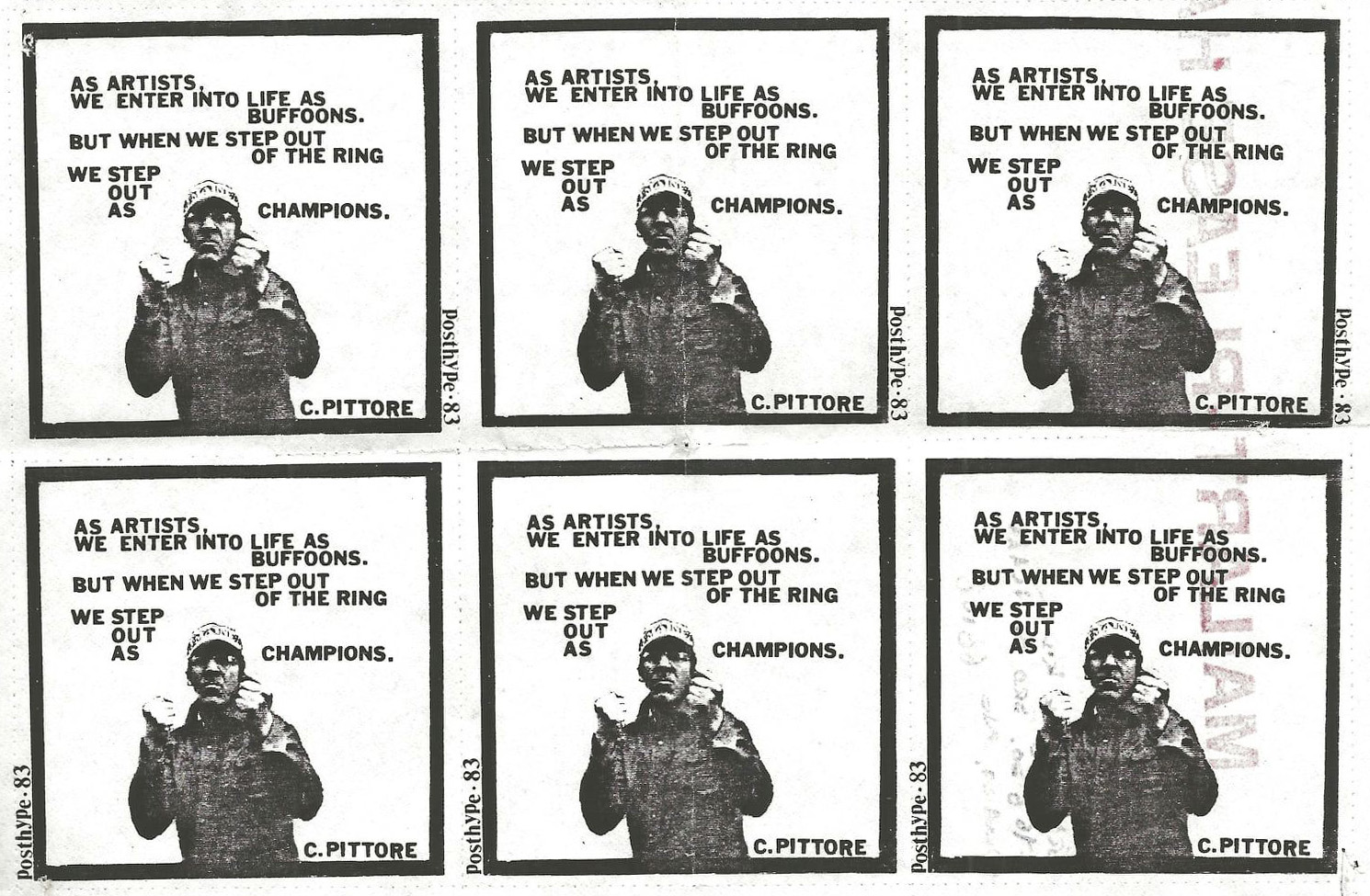The new availability of quick, inexpensive xerographic printing machines, coupled with the circulation of thousands of names and addresses in such mail art oriented publications as DOC(K)S in France, Arte Postale in Italy, and Posthype in the United States led many new mail artists to mass mail printed matter to as many individuals as possible. -- Matt Ferranto, Misreading Mailart
Introduction
In an undated article entitled “(mis)reading m@ilart,” blogger Matt Ferranto mentioned PostHype in relation to other mail art zines of the mid-1970s.
By the mid-1970s, …the mail art movement had matured and was soon changing. The new availability of quick, inexpensive xerographic printing machines coupled with the circulation of thousands of names and addresses in such mail art-oriented publications as DOC(K)S in France, Arte Postale in Italy, and Posthype in the United States led many new mail artists to mass mail printed matter to as many individuals as possible. In a situation reminiscent of the potlatch that so fascinated Bataille, these artists engaged in a competition of giving that introduced rivalry and antagonism into the mail art network. Attempting to gain prestige by demonstrating their ability to absorb great expenditures, they also took a perverse approach towards the idea of gift exchange. Their work was marked, as Ken Friedman says, “by hundreds of projects and exhibitions termed ‘first’ and ‘first international,’ as artists unaware of history and community tried to become the leading figure in the network.” Many experienced mail artists complained of an “explosion of junk mail and self-serving egotism.” 1Link: http://www.spareroom.org/mailart/mis_2.html
DOC(K)S originated in 1976. Founded by Julien Blaine, in Paris, it was dedicated to poetry. It was always lavishly printed in four color offset. It was never quick or inexpensive, and never a mail art magazine. Some mail artists were also visual poets, and DOC(K)S occasionally recognized their work by publishing it. Blaine was also an occasional mail artist. Arte Postale! originated in 1979. Founded by Vittore Baroni in Forte dei Marmi, it was indeed dedicated to mail art. Each issue was hand assembled, and produced in an edition of one-hundred. As thrilling as it was to be published by Blaine in full color alongside famous poets, it was equally thrilling to be published by Baroni in a format true to the artist’s ideas and alongside her peers. PostHype originated in 1981, founded by John P. Jacob in Portland, ME, later of New York City, and was also dedicated to mail art. It was printed using xerography, but included one or more hand-made, original elements with every issue. For the record, xerographic printing was not cheap in the 1980s; even less so in the 1970s. Ferranto’s suggestion that something cheap might be made to gain prestige by its demonstration of great expenditure is contradictory and inaccurate.
Ferranto wrote of artists spoiling their nests in pursuit of fame, and of complainers. His citation of Friedman, about “projects and exhibitions termed ‘first’ and ‘first international,’” and his description of mail artist complainers, appears to point indirectly to Jacob, PostHype, and Jacob’s multi-year International Portfolio project (named The First and The Second International portfolios, about which Friedman did indeed comment to Jacob). PostHype was a personal endeavor that both promoted and documented Jacob’s work. It was not circulated to thousands, and it was never accompanied by lists of thousands of addresses. However, Jacob was an incessant complainer. Almost from the outset Jacob used his editorial platform to berate unnamed others to “raise our expectations of ourselves and each other” as artists. In between issues of the irregular PostHype, Jacob wrote long letters of complaint. The typewriter was central to his early mail art practice. The paradoxical issue of mail art fame was among Jacob’s many complaints — the editor as petulant chief despoiler — expounded in a series of letters and editorials disclosing his gradual alienation from the mail art community.
The largest PostHype print run, of three hundred copies, was in 1984; fewer than half were ever distributed. That year, Jacob was a participant in the two-day panel discussions related to the exhibition Mail Art: Then and Now, curated by Dr. Ronny Cohen for the Franklin Furnace.2Like others of the New York mail art community, Jacob greatly over-estimated the public interest in, and historical importance of, the events for any beyond that community. Mark Bloch, another panelist, has written about the second panel, where “mail artists read a manifesto, a shouting match ensued and Cohen abruptly took her leave from the ‘mail art melee,’ (as it was described in the Village Voice) which exploded into chaos.”3Link: http://www.panmodern.com/franklinfurnace.html Jacob was appalled by his own and the other panelists’ behavior. He transcribed his recordings of the contentious exchanges in PostHype 3.1, simultaneously fanning the flames and exposing the extent to which the New York City mail art community was dominated by a small, mostly male, coterie of artists, himself and Pittore among them. It was a turning point for Jacob and, not coincidentally, the last published issue of PostHype. In a follow up to PostHype 3.1, in 1987, Jacob published his extensive documentation of the Franklin Furnace exhibition, the panels, and his exchanges with other mail artists about them, in The Coffee Table Book of Mail Art: The Intimate Letters of J.P. Jacob. It was Jacob’s self-proclaimed withdrawal from mail art.
What motivated that departure? After the Artist Talk on Art panels, Jacob came to experience the ensuing conversations as increasingly strident, and as motivated by an unwarranted sense of entitlement that he summed up with the equation, I am an artist: I am entitled to your attention. Dr. Cohen was guilty of curatorial arrogance, but she was open to participating in the discussions about her decisions. When the panelists silenced her, they were also guilty of arrogance, by denying her the attention they believed themselves entitled to. That denial belied the language of mail art as open communication, as a democratic practice. Accusing her of censorship, by silencing her they became her censors. That position was untenable for Jacob. Already in 1984, he was interested in issues related to censorship. He had begun work on the mail art project Censorship East/Censorship West that would be documented in the last, unpublished issue of PostHype (v 4.1), and that was the origin for his later work in Eastern Europe and the USSR. After he travelled to countries where censorship was a routine form of repression, he resolved to no longer contribute to the pettiness and stridency of the conversations about mail art; the endless isms, open letters, and manifestos. First he withdrew from authoring or co-authoring texts about mail art, then he withdrew from the New York City network altogether. It was not the end, but rather a refocusing, of his networking activities.
Riding Beggar ceased publication in the 1990s. A complete run of PostHype was acquired by the Museum of Modern Art in 1987. Incomplete sets are held by the Getty Research Institute (acquired with the Jean Brown, Bern Porter, Carlo Pittore, and other people’s papers) and active mail art archives such as the Artpool Art Research Center. The Riding Beggar archive is housed with the John P. Jacob Collection at the Beinecke Rare Book and Manuscript Library, Yale University.
v 1.1 — 4
HYPE (Happy Young People Enterprises) was a friends network coordinated by Jacob after graduating from college. It was dedicated to mutual admiration and the fine art of the elaborate toast. PostHype was founded in 1981. The first issue was created, using pressed Letraset on paper, as a birthday gift to the artist Steven Durland, and modeled on his satirical mini-magazine Tacit. Early issues of PostHype were printed with an original rubber stamp, hand carved from photographs made using the photobooth machine at the Times Square arcade known as Playland, which recorded the visits of friends and other mail artists to New York City. Later issues expanded to document Jacob’s mail art activities.
PostHype 1.1 — 4 (Open/Download PDF)
v 2.1 & 2.3
In its second year, PostHype expanded from the postcard format to a full page, folded to postcard size. The expansion accommodated a sheet of stamps on one side, perforated at first with a pattern cutter borrowed from Jacob’s workplace, and later with a treadle perforator bought from Chuck Welch/Cracker Jack Kid. The front featured toasts, inside jokes, lowbrow rhymes, mail art solicitations received by Jacob, and news of his own projects. All issues featured a rubber stamp portrait from Jacob’s (real or imagined; Jacob and Al Ackerman never met) meetings with other mail artists, cut (or montaged) from photobooth strips.
PostHype 2.1 (Open/Download PDF) & 2.3 (Open/Download PDF)
v 2.5, The Catalogue of Ideas
In 1983, PostHype 2.5 documented the mail art project The Catalogue of Ideas. Having found a trove of discarded, unmarked bank envelopes in a dumpster, Jacob stamped them with the words “Life,” “Time,” “Death,” and “Hunger,” wrapped each group of four with a paper band, and asked recipients to transform and return the envelopes. Eighty-five artists from twenty-six nations responded, a selection of which were reproduced in the periodical along with a complete list of participants enclosed in a bank envelope stamped “Artists.”
PostHype 2.5 (Open/Download PDF)
Contributors (by country):
Argentina: Edgardo Antonio Viga
Austria: Hermann Gruber, Hans Nevidal
Belgium: Guy Bleus/42.292, Charles Francois
Brasil: Paulo Brusky, L.F. Duch, Lucio Kume
Bulgaria: Guillermo Deisler
Canada: G.X. Jupitter Larsen, Janice Peshke
Chile: Eugenio Dittborn
Colombia: Rafael De Llano, Tulio Restrepo
Czechoslovakia: Igor Giboda
Denmark: Steen Moller Rasmussen, Carsten Schmidt-Olsen
England: Robin Crozier, Eric Finlay, Michael Leigh, Michael Scott
France: Julien Blaine
Greece: Dimosthenis Agrafictis
Italy: Vittore Baroni, Natalie Cucinello, Kiki Franceschi, Nicola Frangione, Ruggero Maggi, Angelo Vitale
Japan: Oliveros, AU Shozo Shimamoto, Yumiko Takegawa
Korea: Prof. Kum Nam Baik
Mexico: Luis Arteaga, David Zack
Netherlands: Henk Fakkeldij, Ko De Jonge, VEC Rod Summers, Pier Van Dijk
Poland: Andrej Kwietniewski, Waclaw Ropiecki
Portugal: Antonio Olaio
Sweden: Marten Lindblom, Peter Meyer
Switzerland: Jacqueline Nicod
Uruguay: Clemente Padin
USA: Abracadada, Dr. & Mrs. Al Ackerman, Holly Anderson, John M. Bennett, Edgar Allen Bushmiller, Patti Capaldi, James Chefchis, Jean Claude Christo & Christo, David Cole, Tania Erlij, John Evans, Peter Frank, Rimma & Valeriy Gerlovin, Jon Held, Jr., Leavenworth Jackson, Jeff, Ray Johnson, Cracker Jack Kid, Jim Klein, Richard Kostelanetz, Richard Meade, Michael Newhard, Tucker Petertil, Carlo Pittore, Bern Porter, Larry Rippel, Rockola, Larry Smith, Lon Spiegelman, Kathy Thompson, B.J. Tisa, Emmet Walsh, Carlos Zerpa, Paul Zelevansky
West Germany: Dietrich Albrecht, Dr. Klaus Groh, Volker Hamann, Jurgen O. Olbrich, Aloys Ohlmann
Yugoslavia: Supek Jaroslav, Dobrica Kamperelic, Andrej Tisma
v 3.1, The Artists Talk on Art Tapes
In 1984, as a participant in the two-day Artists Talk on Art panels related to the exhibition “Mail Art: Then and Now” at the Franklin Furnace, New York, Jacob transcribed and published the contentious exchanges between colleagues in Posthype 3.1, Mail Art: A Partial Anatomy.4A thoughtful review of the exhibition by Thomas McEvilley in Artforum. Link: https://www.artforum.com/events/mail-art-then-and-now-224995/
PostHype 3.1
PostHype 3.1 insert 1, Robin Crozier & Emilio Morandi
PostHype 3.1 insert 2, Open Letter to Peter Meyer
PostHype 3.1, International Mail Art: A Partial Anatomy (Open/Download PDF)
Contributors (in order of appearance):
Prof. Kum Nam Baik
Henryk & Helenka Gajewski
Milan Knizak
Judith Hoffberg
Joseph Huber
Geza Pernecszky
Klaus Kux
Steffan & Martina Giersch
Vittore Baroni
Jon Held, Jr.
Anna Banana
Steen Moller-Rasmussen
Robert Morgan
Mark Bloch
Ed Higgins
Carlo Pittore
Ed Plunkett
John Evans
Steve Random
DB Chapman
Alex Igloo
Louise Neaderland
Ken Friedman
Dr. Ronnie Cohen
Dick Higgins
Richard Kostelanetz
HR Fricker
Ed Gomez
Paul Zelevansky
Peter Frank
Lon Spiegelman
Leonhard Frank Duch
Ray Johnson
Crackerjack Kid
HYPE
David Cole
Marilyn Rosenberg
Dislokate Klammer
Robert Swierkewicz
Jupitter Larsen
Robin Crozier
Eugenio Dittborn
Ryosuke Cohen
Shozo Shimamoto
Eric Finlay
Volker Hamann
Waclaw Ropiecki
Nenad Bogdanovic
Clemente Padin
Luis
Birger Jesch
Steffan Jacob
David Zack
Minoy
KS Ernst
Faith Heisler
Roberta Sperling
Pete Horobin
Gene Laughter
Blaster
v 4.1, Censorship East/Censorship West
Increasingly interested in issues related to censorship, and working with artists in the Soviet Bloc countries of then Eastern Europe, the final, unpublished issue of PostHype documented Jacob’s mail and telephone art project entitled East/West: Mail Art & Censorship. The only printed copy was received by the Museum of Modern Art, NY, when it acquired a complete run of PostHype in 1987.
PostHype 4.1, East/West: Mail Art & Censorship (Open/Download PDF)
Contributors (in no particular order):
Dave McLimans
Salvatore Anselli
LF Duch
Oh Suzanna
Gene Laughter
Volker Hamann
Tibor Papp/Steve Random
David Cole
Eugenio Dittborn
Guy Bleus
Hans Nevidal
Chandros/Katsiani
Creative Thing
Andrej & Marta Tisma
Clemente Padin
Bill Quinn
Jon Held, Jr.
Alex A. Igloo
Birger Jesch
Rudi Wilderjans
C. Stetter/L. Jackson
Jim Klein
Eduardo Diaz
Peter Frank
Robin Crozier
Harley Francis
Jurgen Kierspel
Fred Truck
Photobooth
At Playland in Times Square, NYC, 1980s.
Cavellini in NYC, 1982
Cavellini in NYC, Roll 1
Jacob wrote: During 1982, Guillermo Achille Cavellini, the Italian artist whose red, white and green stickers now cover the entire world, arrived in New York City. He took me out for a ham sandwich and a beer, and I took him on a tour of New York’s magnificent Post Offices. This series of photographs (Roll 1) was made on East 10th Street (near the Galleria dell’Occhio), on our way to the 14th Street Station. We were nearly arrested in the act of defacing Public Property. Cavellini liked that.
Cavellini in NYC, Roll 3
Cavellini in NYC, Roll 4
Cavellini in NYC, Roll 5
Cavellini in NYC Contact Sheets (Open/Download PDF)
Cavellini in NYC, Accordion Edition (Open/Download PDF)
Carlo Pittore Performs La Buffooneria, 1983
Carlo Pittore La Buffooneria photos version (Open/Download PDF)
Unsolicited Hype, 1985
Unsolicited Hype was created as a thank-you to mail artists whose work Jacob treasured, returning it in another form and keeping the gift in motion.5He had recently read, and was deeply moved by, Lewis Hyde’s book The Gift. In retrospect, it is notable for the large number of East German artists included. One year later, Jacob would meet most of them during his first trip to Eastern Europe.
Unsolicited Hype (Open/Download PDF)
Contributors (in order of appearance):
Waclaw Ropiecki, Poland
Crackerjack Kid, USA
Jorg Sonntag, East Germany
Volker Hamann, West Germany, & H.R. Fricker, Switzerland
Eugenio Dittborn, Chile
Jurgen Schorbel, East Germany
Klaus Kux, East Germany
Joseph Huber, East Germany
Andrej Tisma, Yugoslavia
Klemens Jackisch, East Germany
Anette Blume & Michael Groschopp, East Germany
David McLimans, USA
David Cole, USA
EF Higgins III Remembrance
Ed Higgins, I could never convince you to leave the Lower East Side to make a photo-booth picture with me, which I’d have carved into a rubber stamp to commemorate our time together. This drawing will do as my remembrance. No visit to Katz’s Deli was as enjoyable as those spent sharing a table with you. May there be beer and pastrami in heaven, Ed, and an endless supply of paint.
Source: Roll Over Picasso, E.F. Higgins III, His Life Art Legend, Istvan Kantor mail art novelist, 2023
Postscript, The Coffee Table Book of Mail Art
PostHype was discontinued in 1985. A promised new periodical, to be titled Occasional Correspondence, never materialized.
In 1987, for his contribution to John Held, Jr.’s Annotated Bibliography of Mail Art, Jacob self-published The Coffee Table Book of Mail Art: The Intimate Letters of J.P. Jacob. It was his self-proclaimed withdrawal from the mail art network. With an advertisement declaring “Each copy contains a valuable original artwork by a famous mail artist!!” Jacob gave away original works from his mail art collection to all recipients of the publication.
The Riding Beggar archive is housed with the John P. Jacob Collection at the Beinecke Rare Book and Manuscript Library, Yale University.
The Coffee Table Book of Mail Art: The Intimate Letters of JP Jacob (Open/Download PDF)
Contributors (inadvertent and otherwise):
Harley Francis
Henryk Gajewski
Piotr Rypson
Volker Hamann
Dana Friis-Hansen
Dr. Ronnie Cohen
Lon Spiegelman
Peter Meyer
Chuck Welch
Ray Johnson
Greil Marcus
Ryosuke Cohen
Anna Banana
Bern Porter
Gunther Ruch
Jon Held, Jr.
